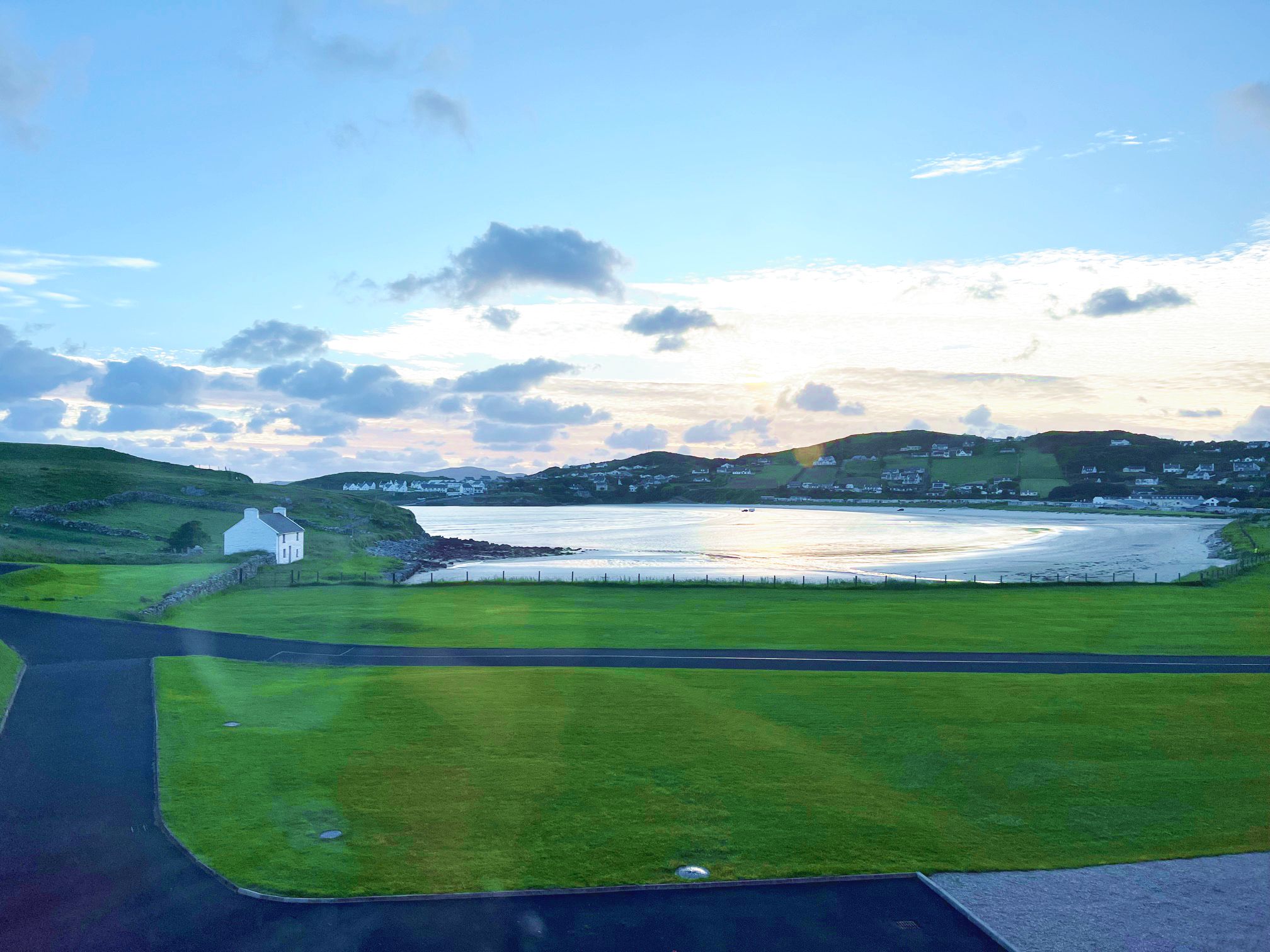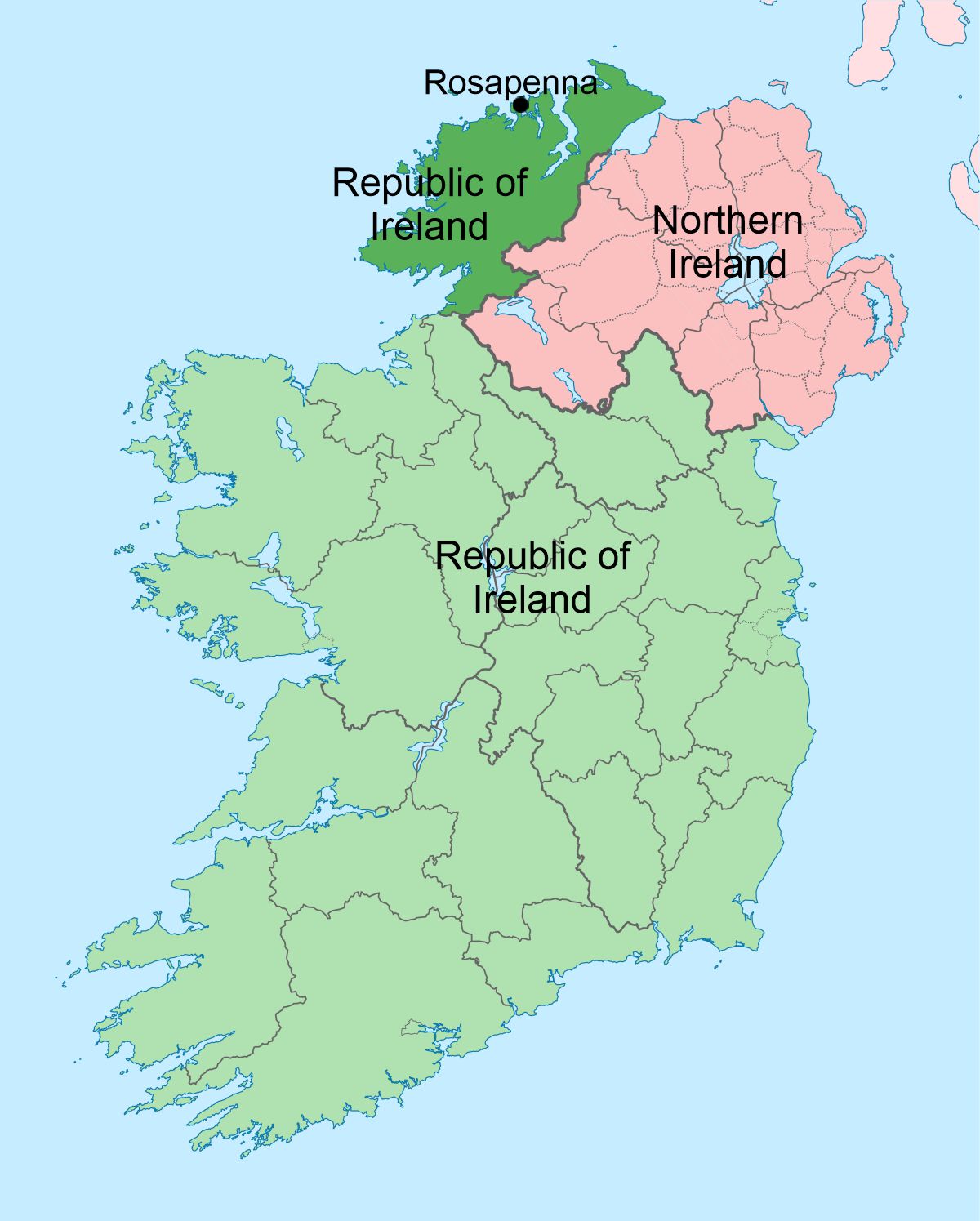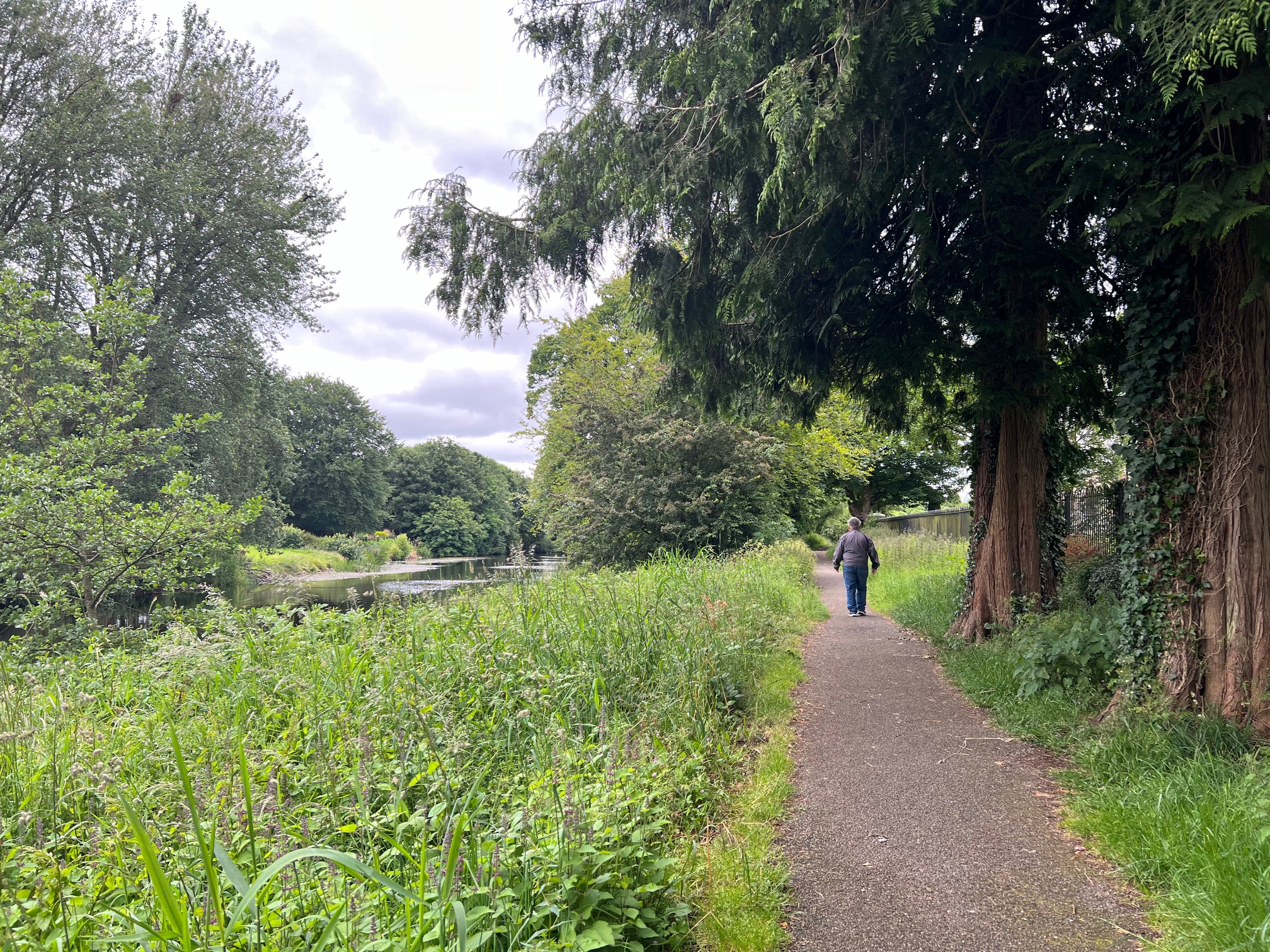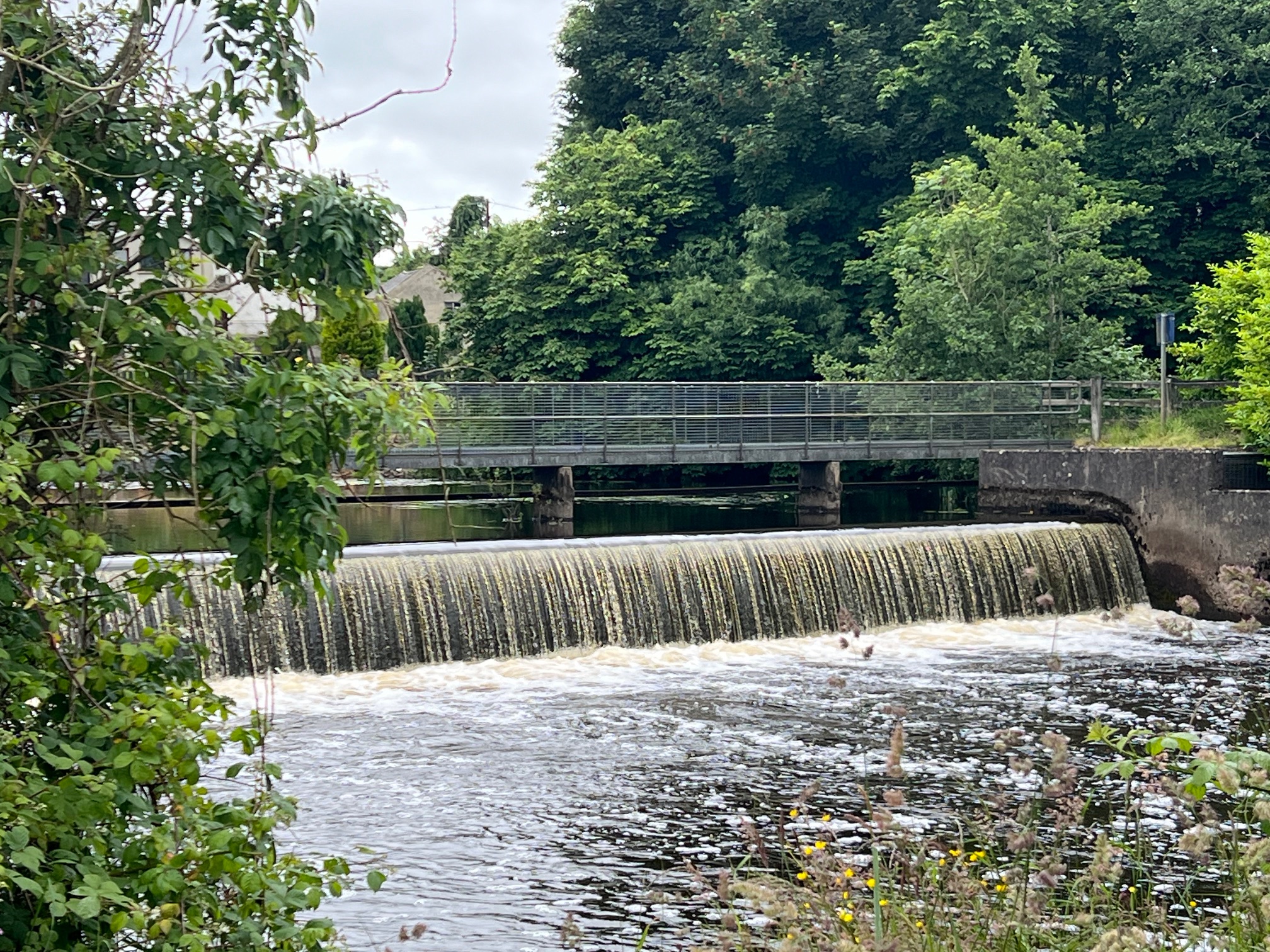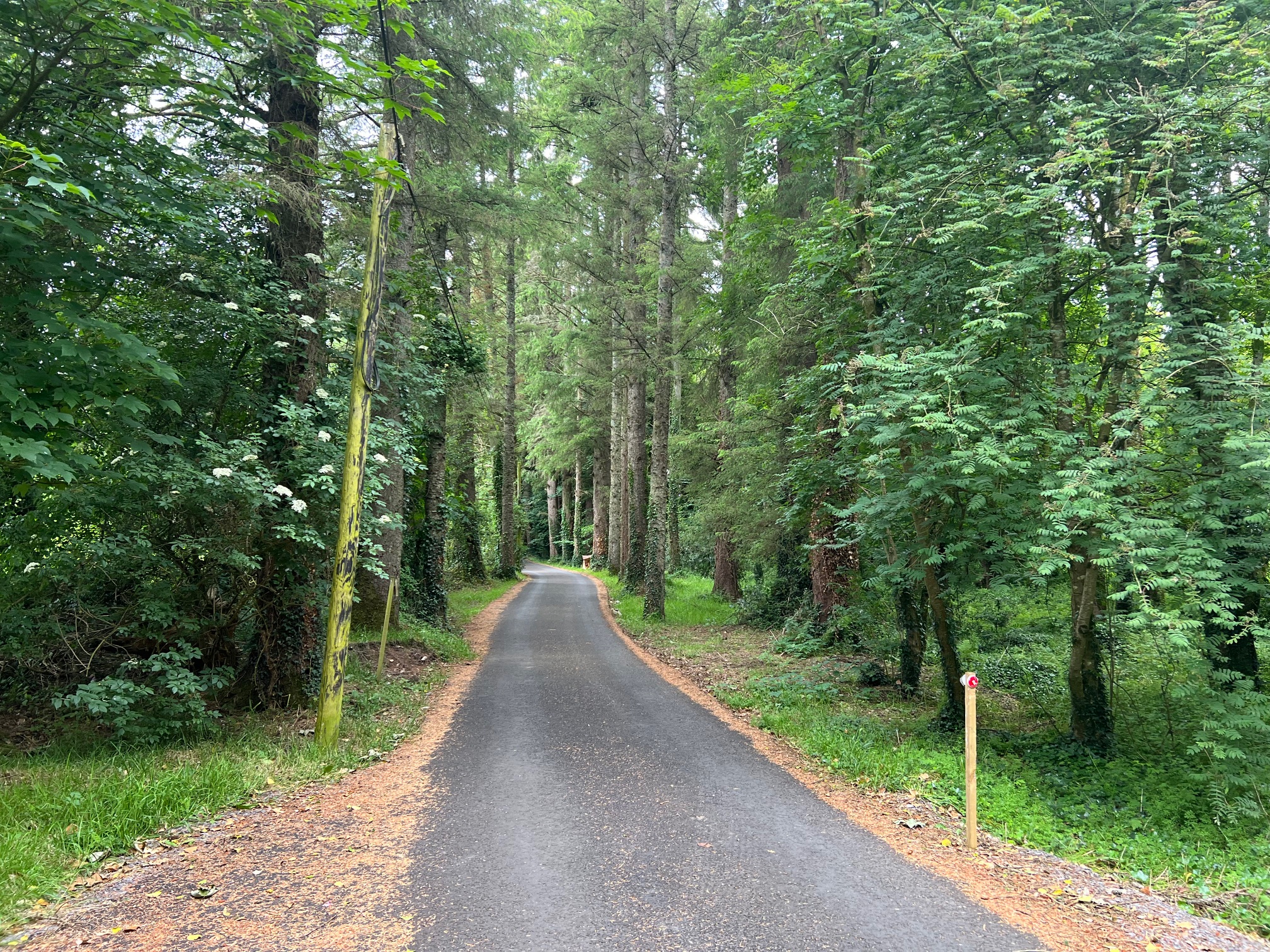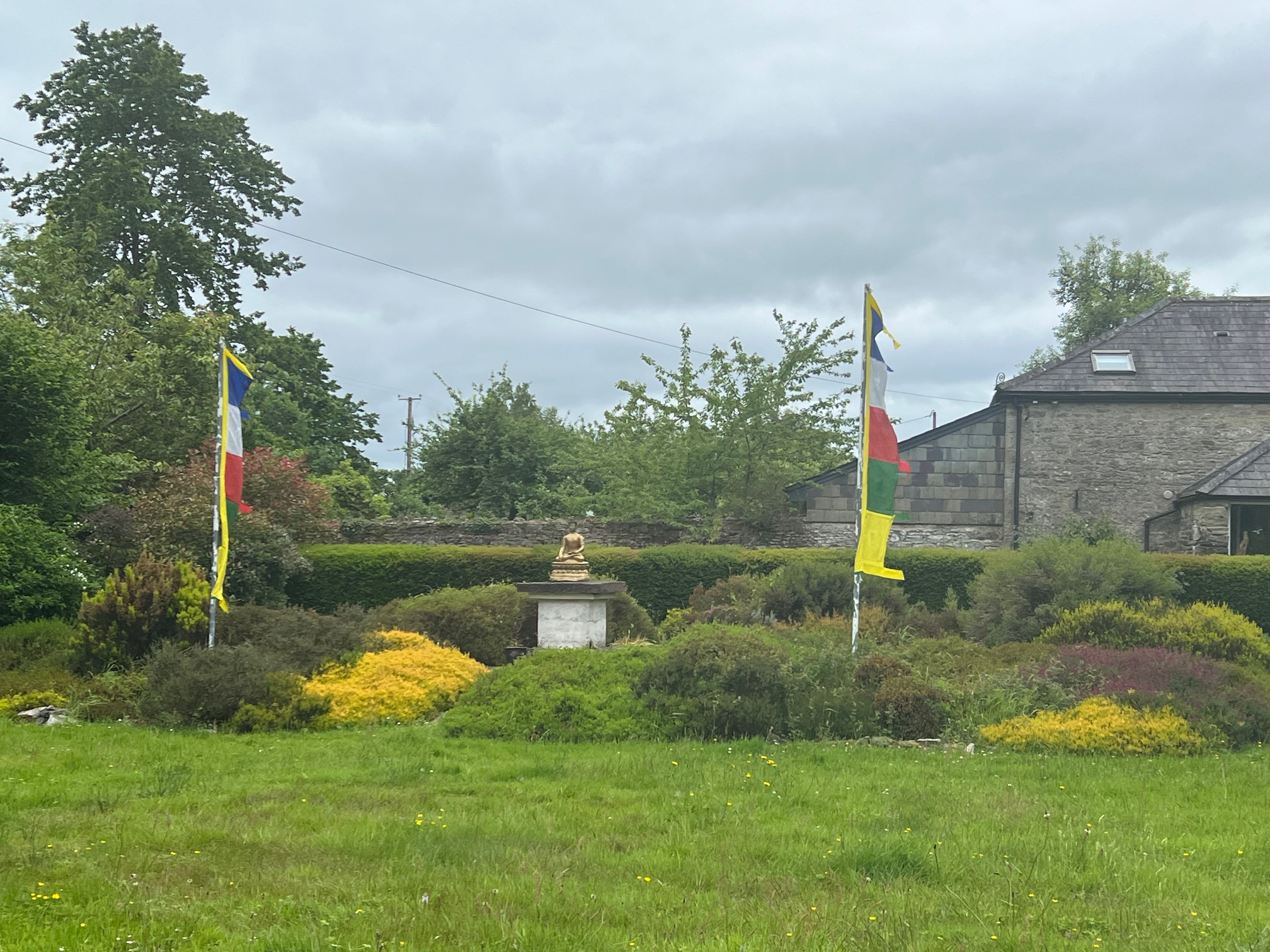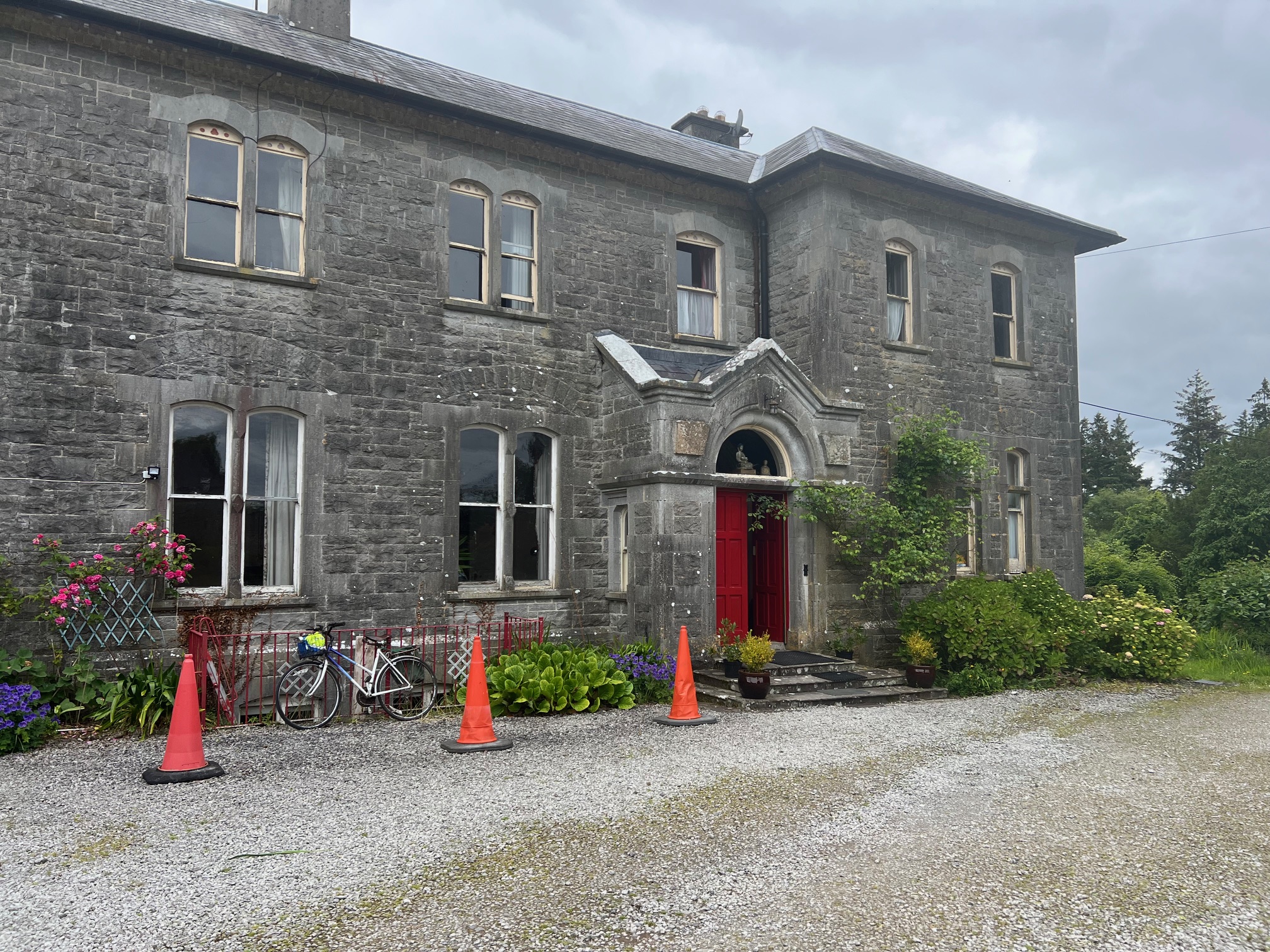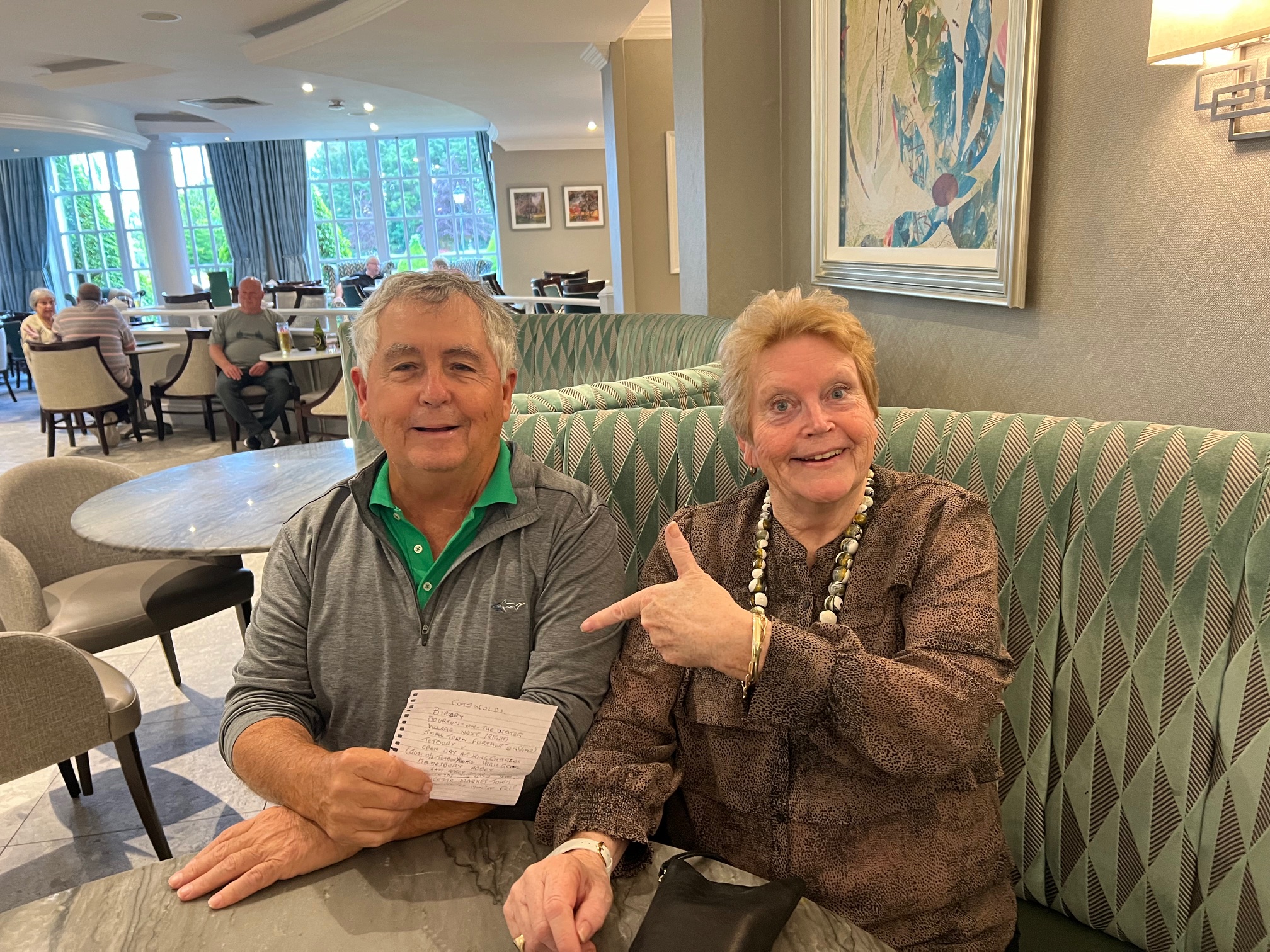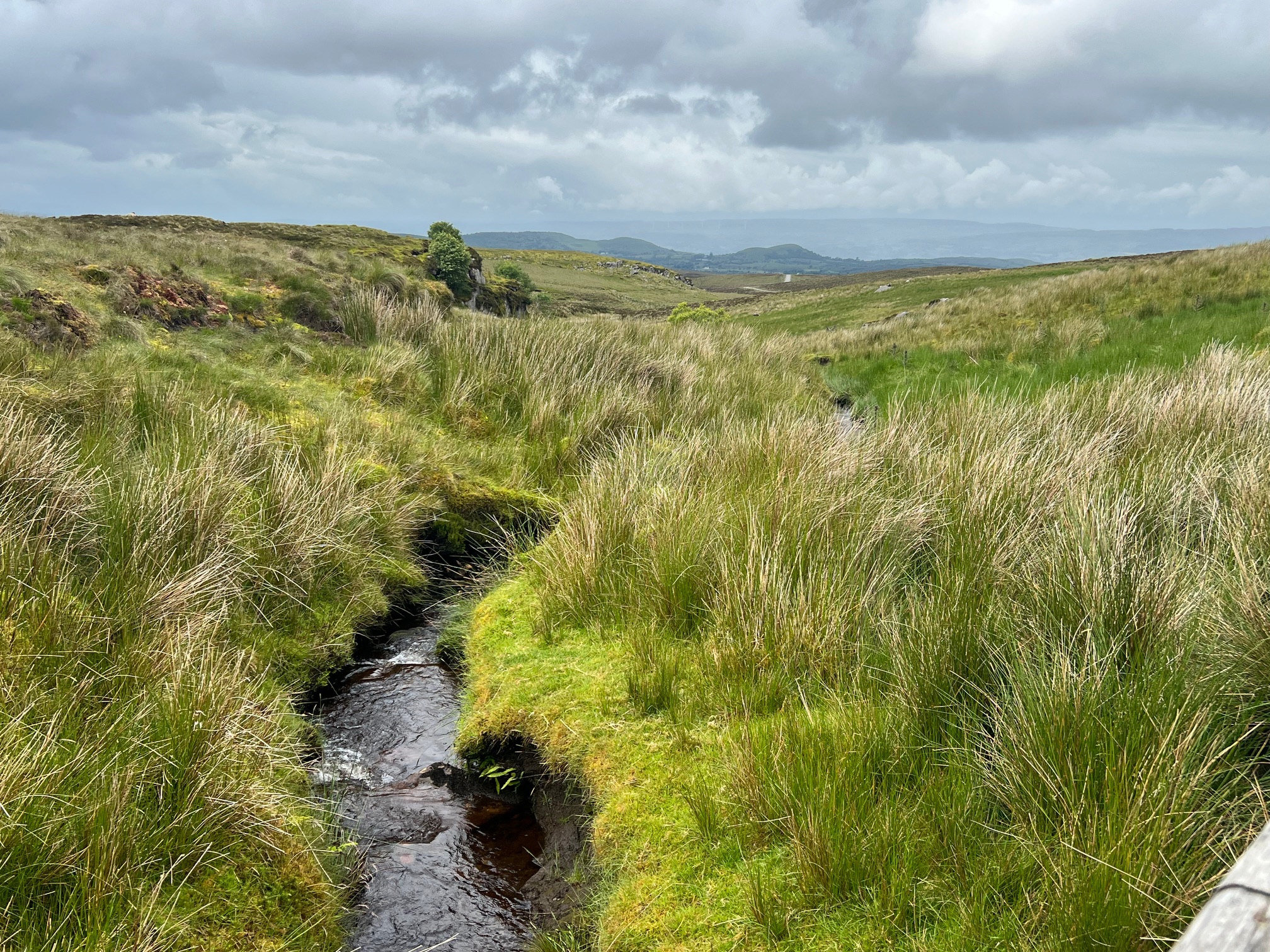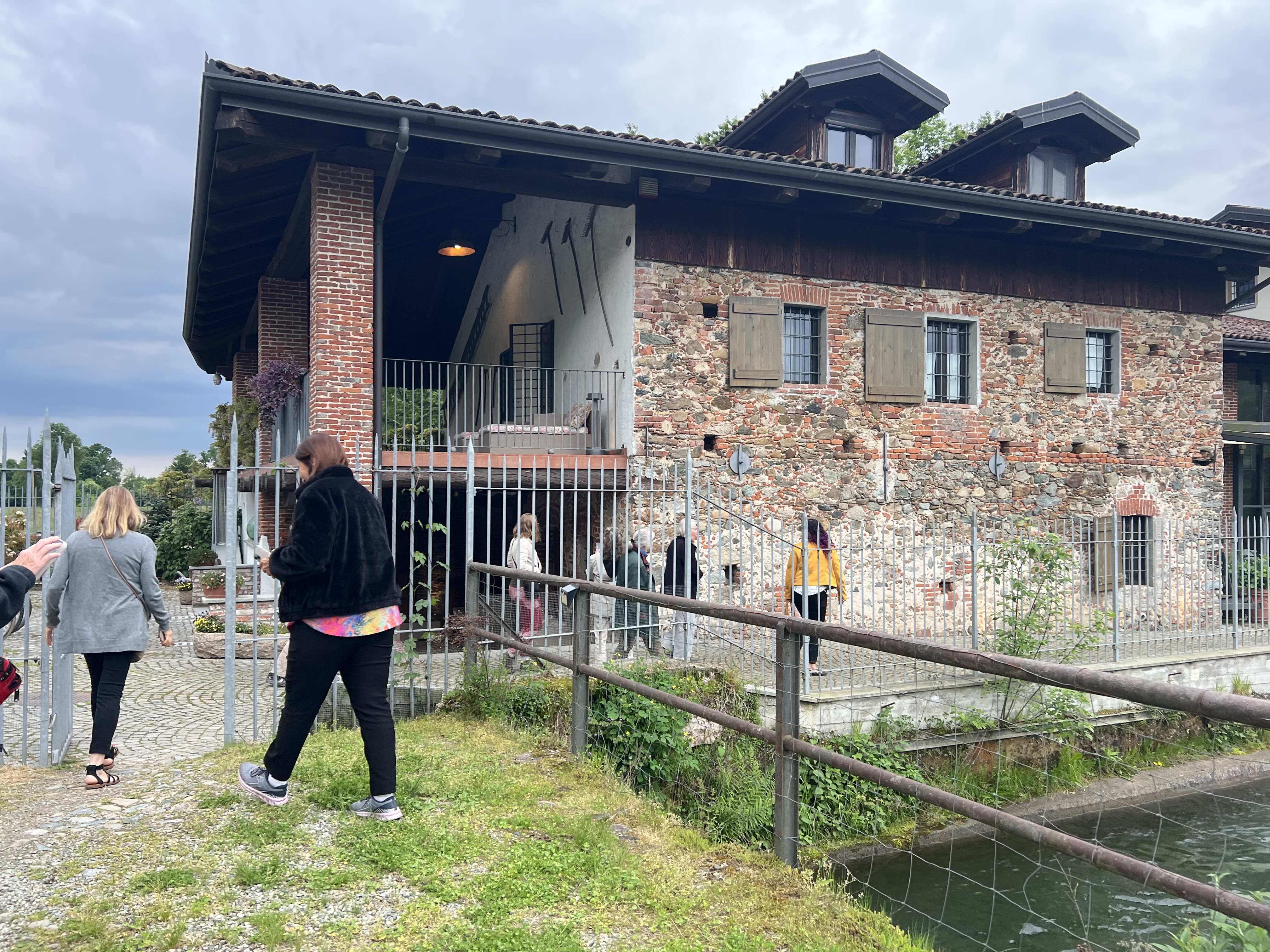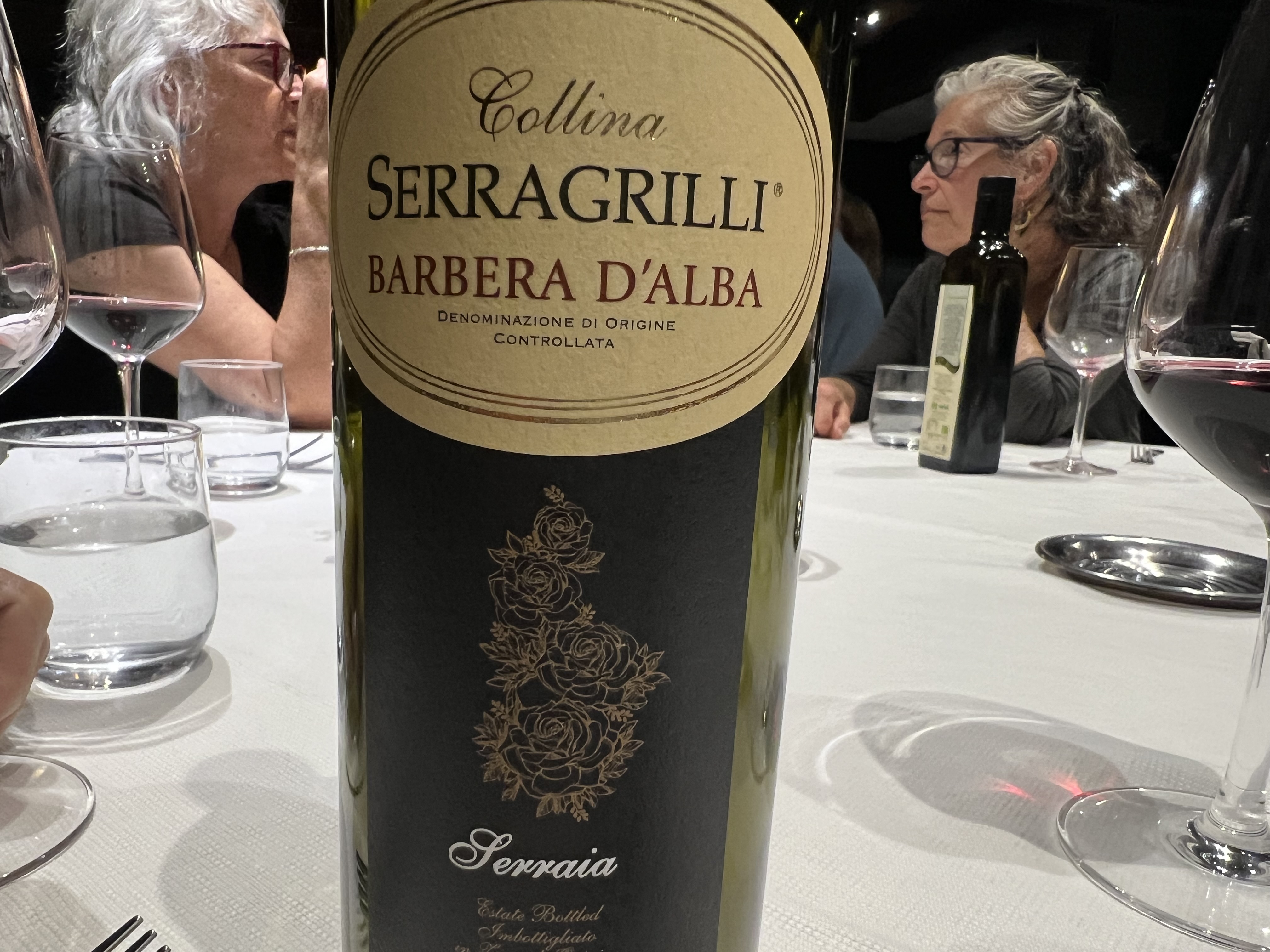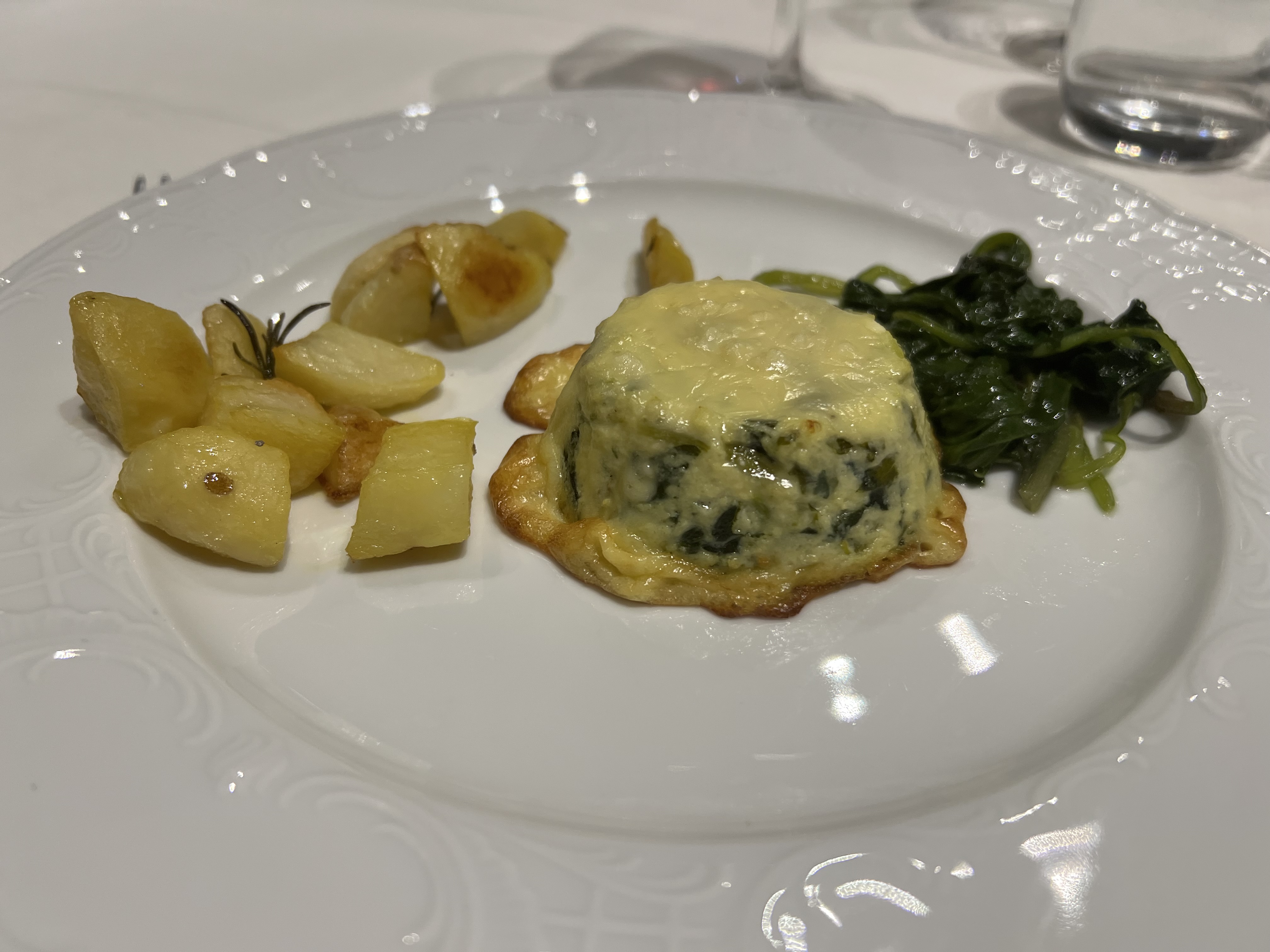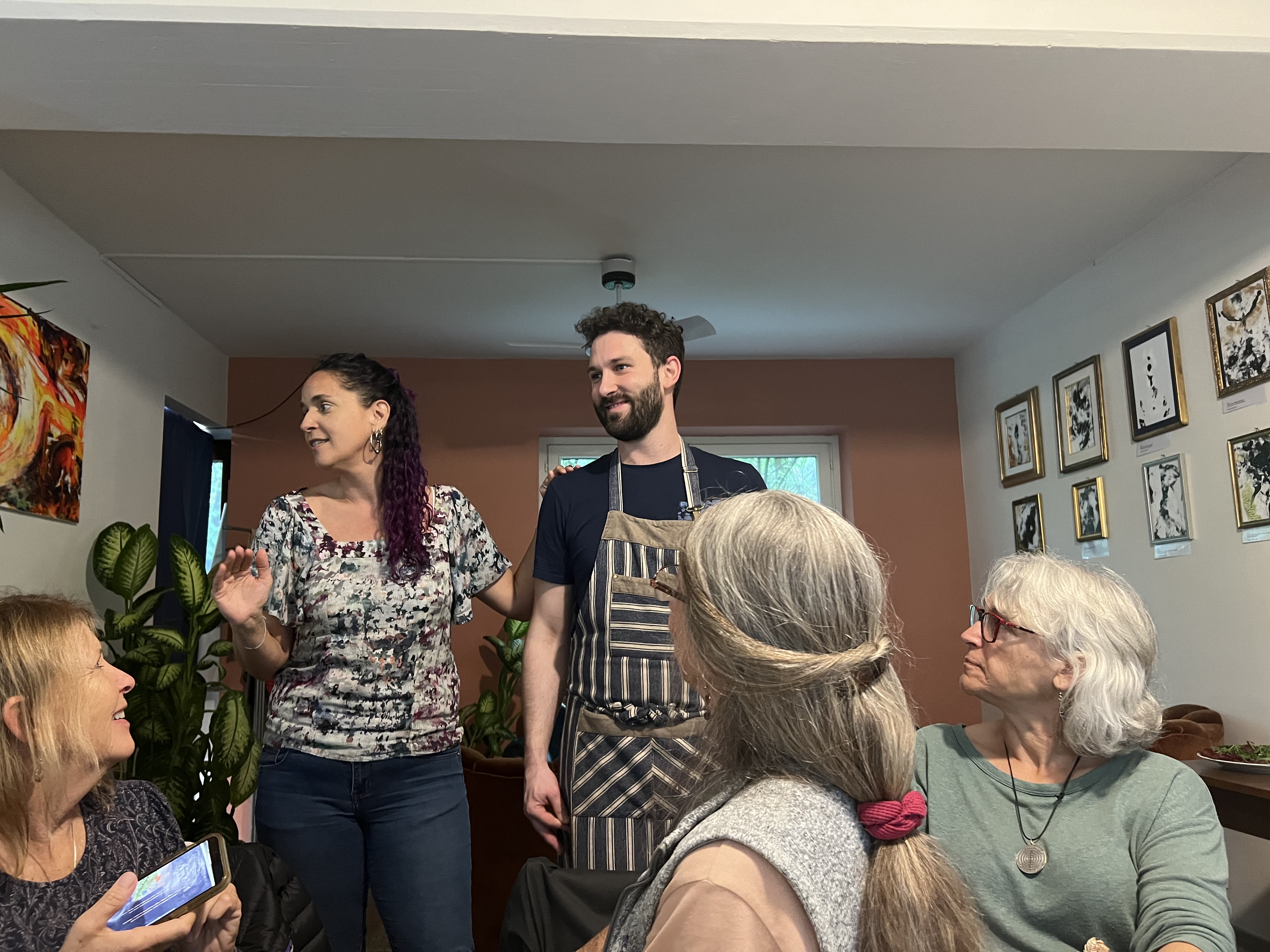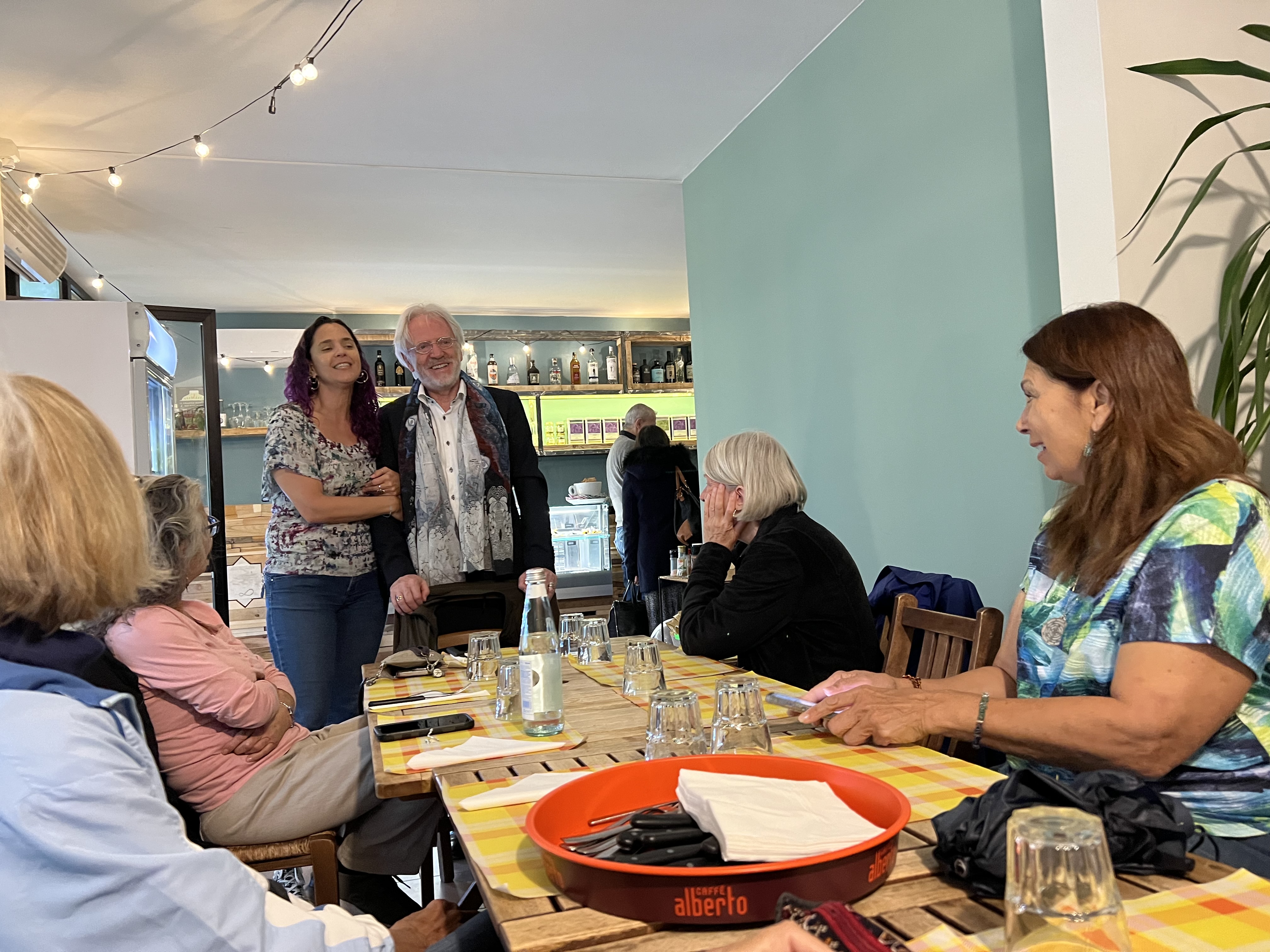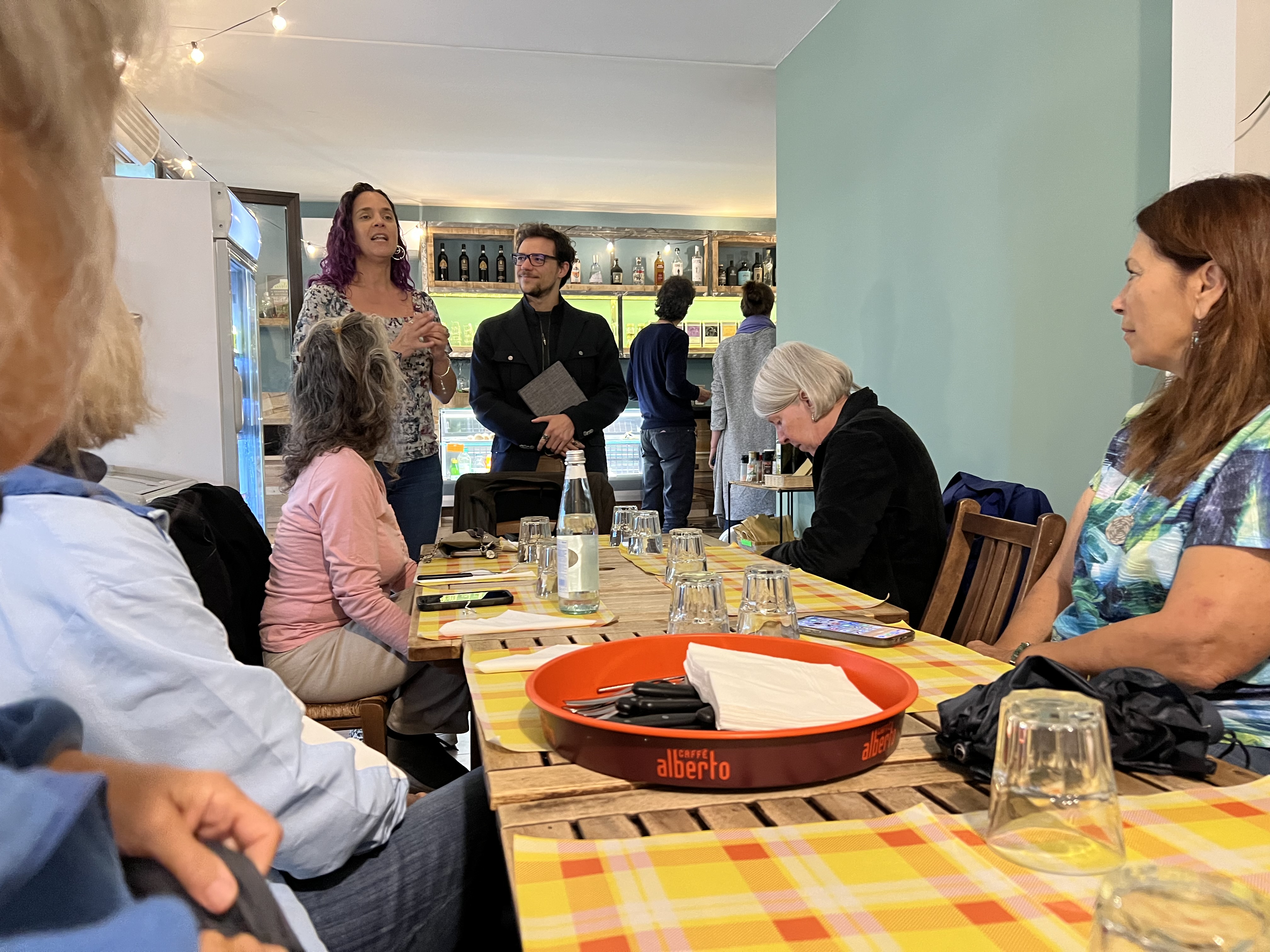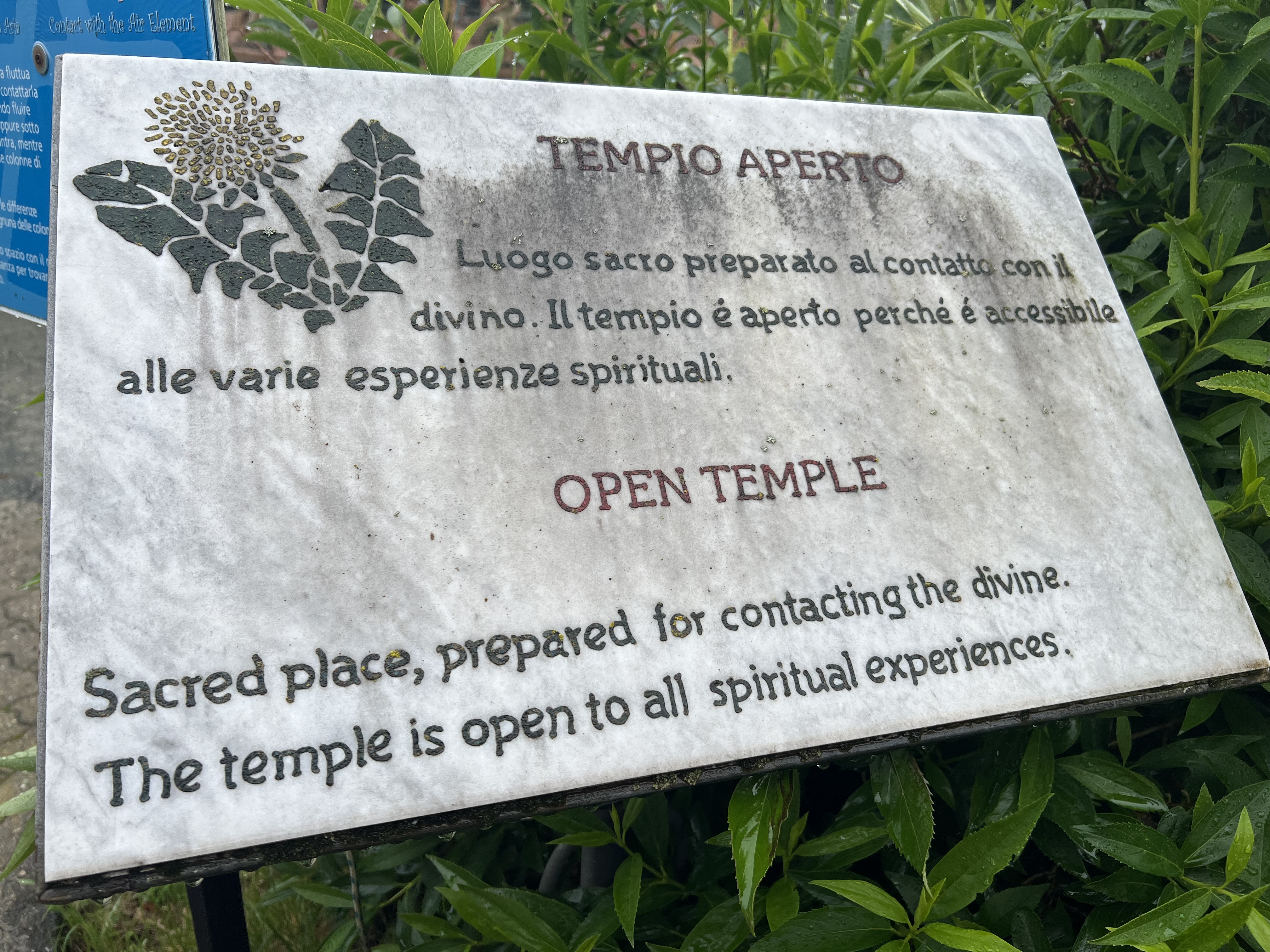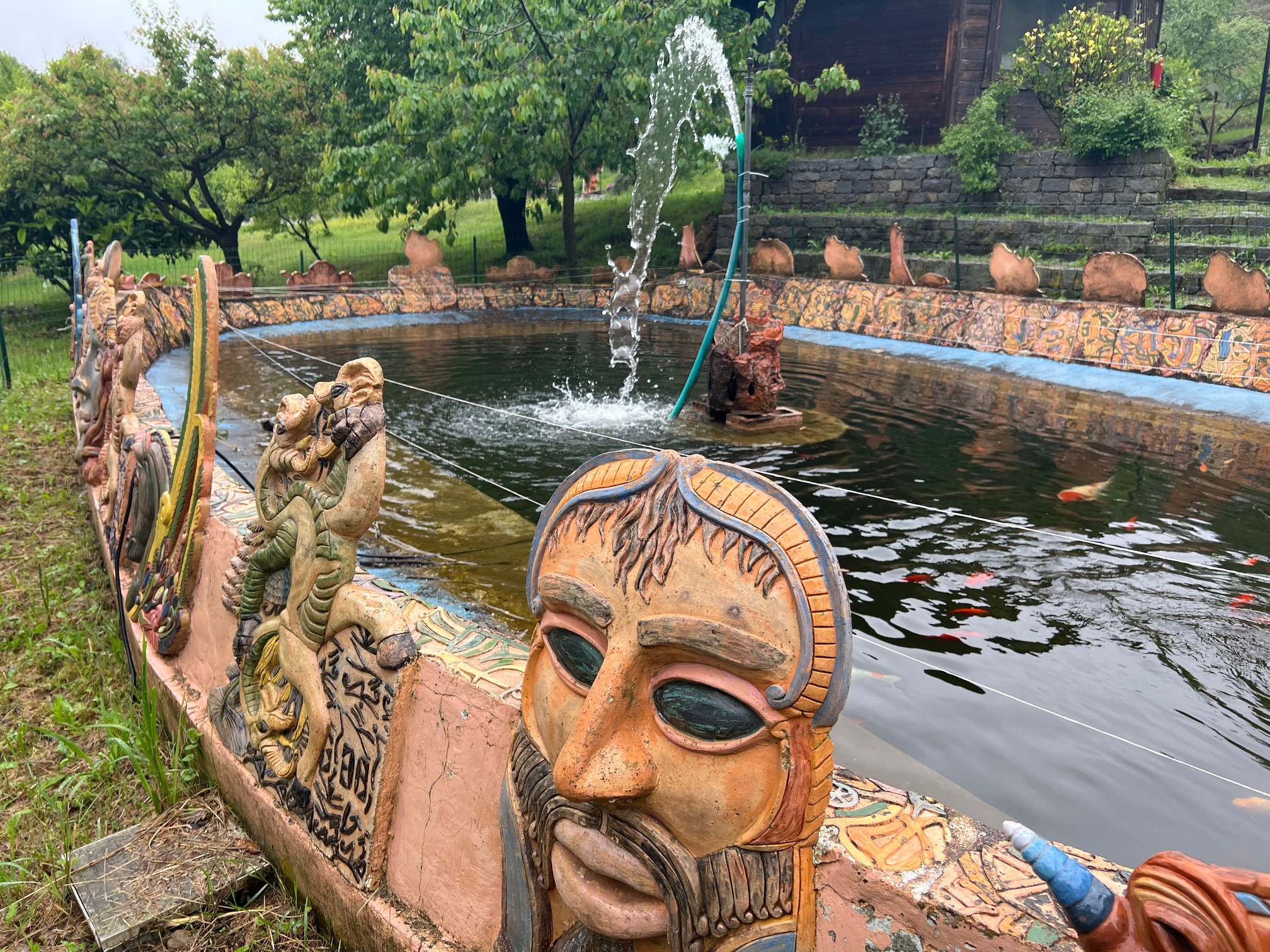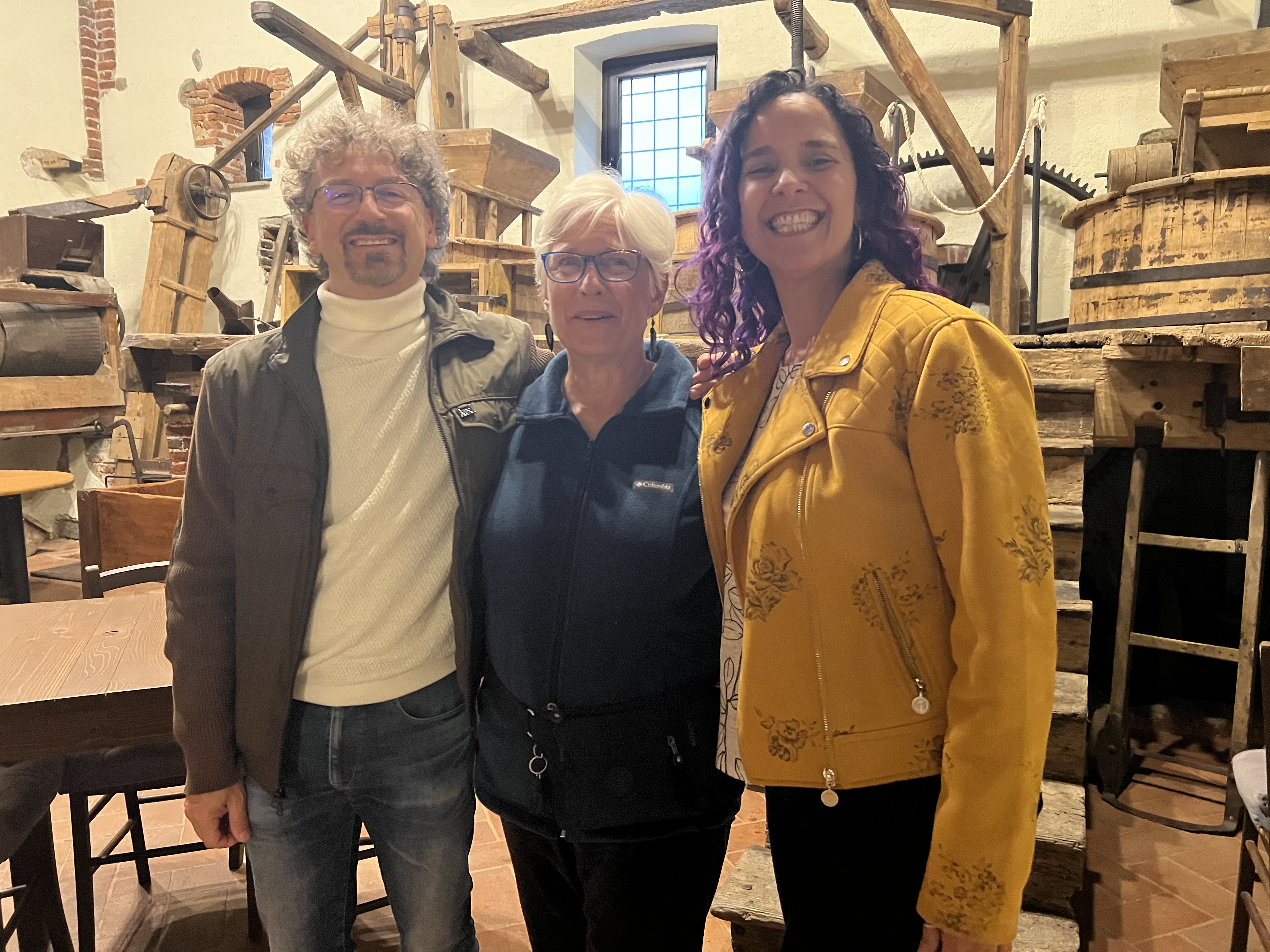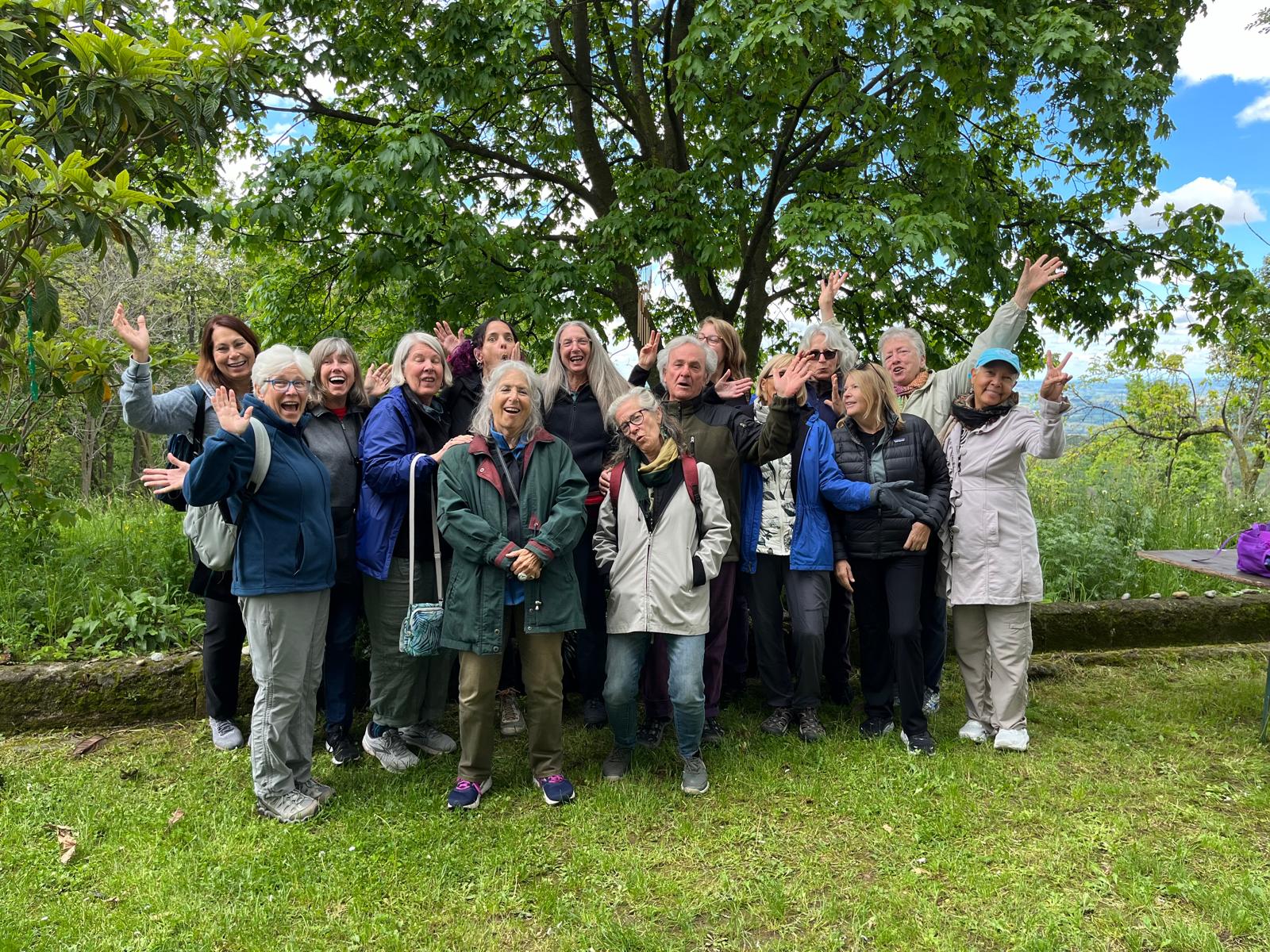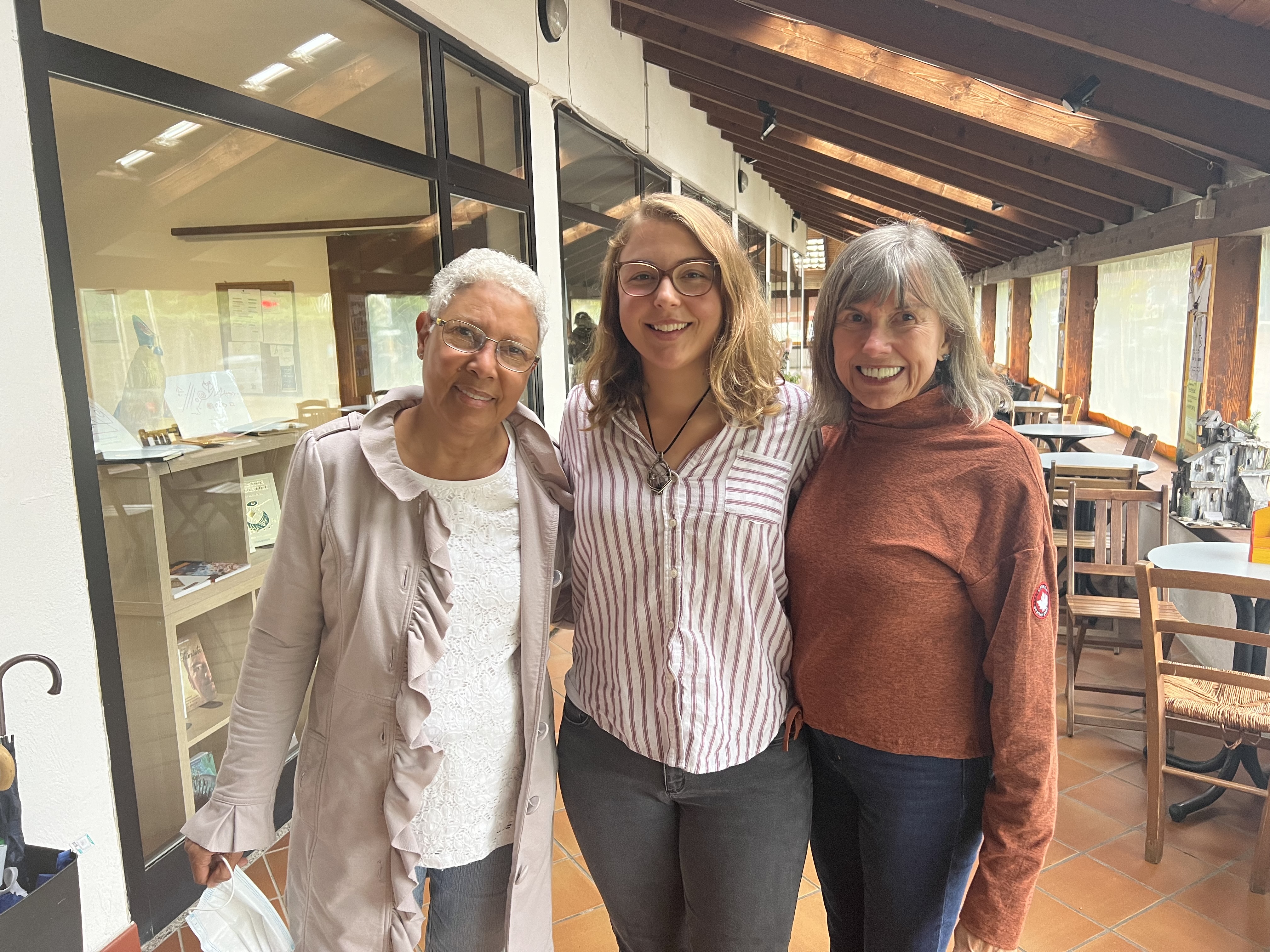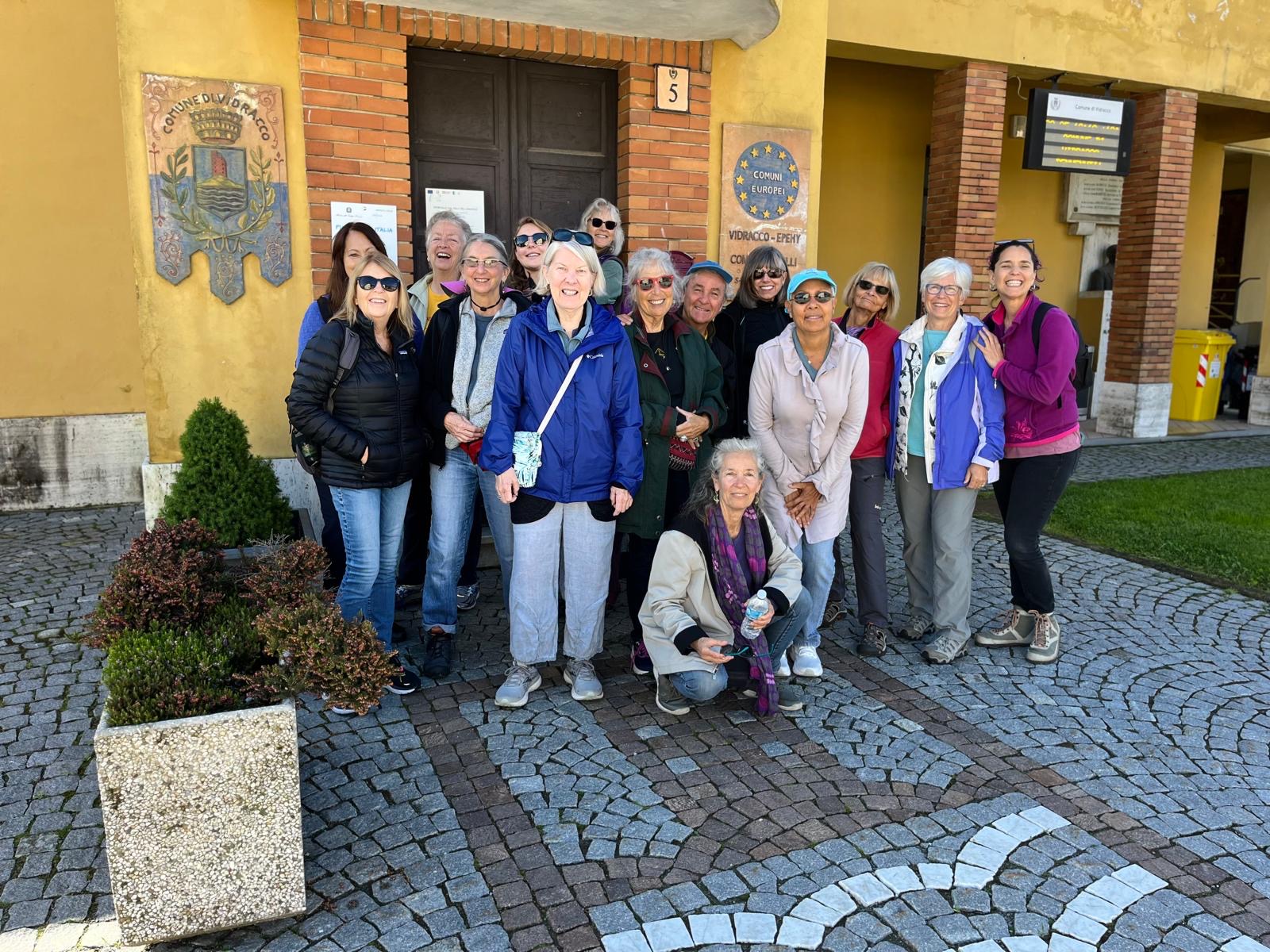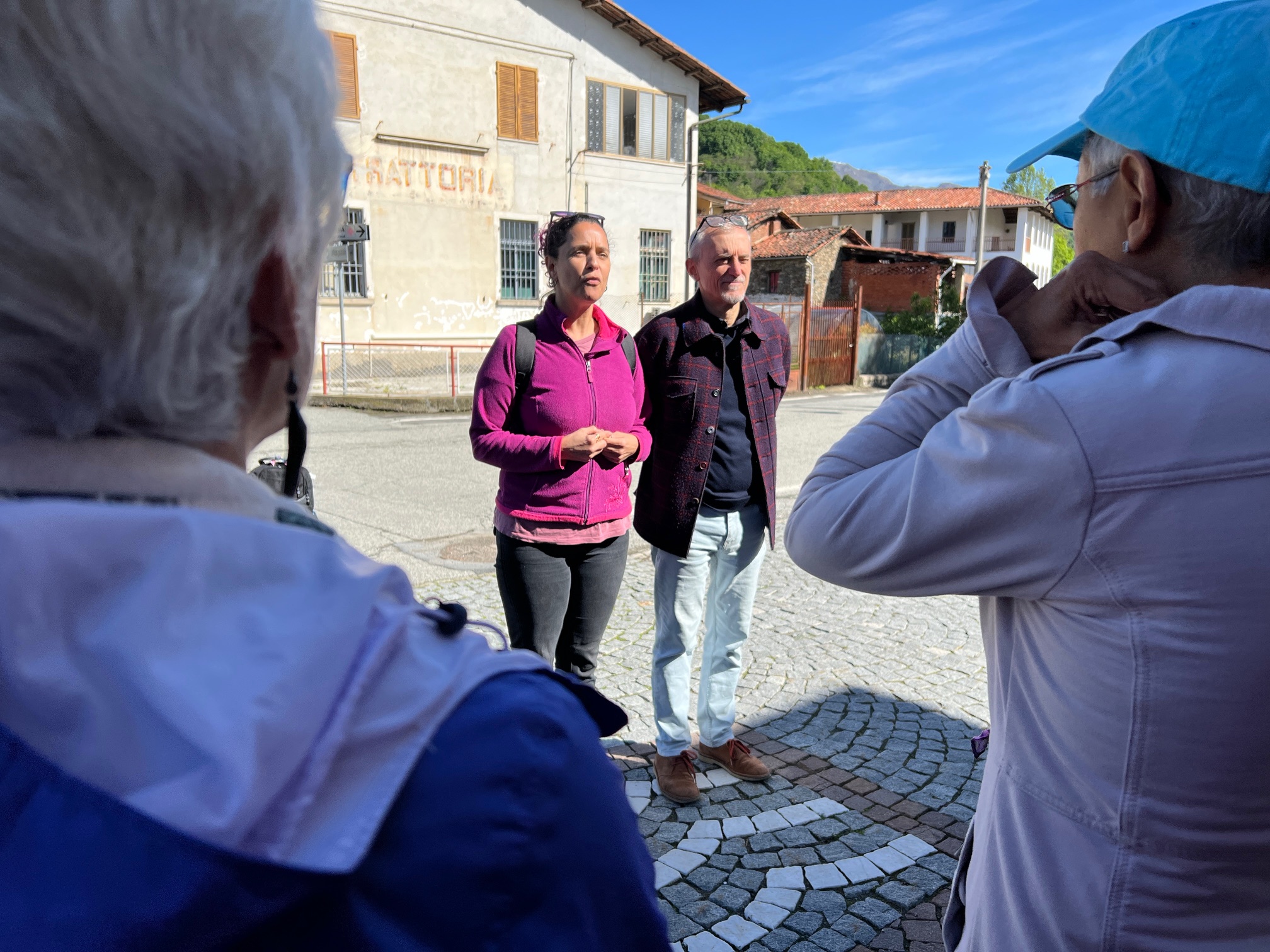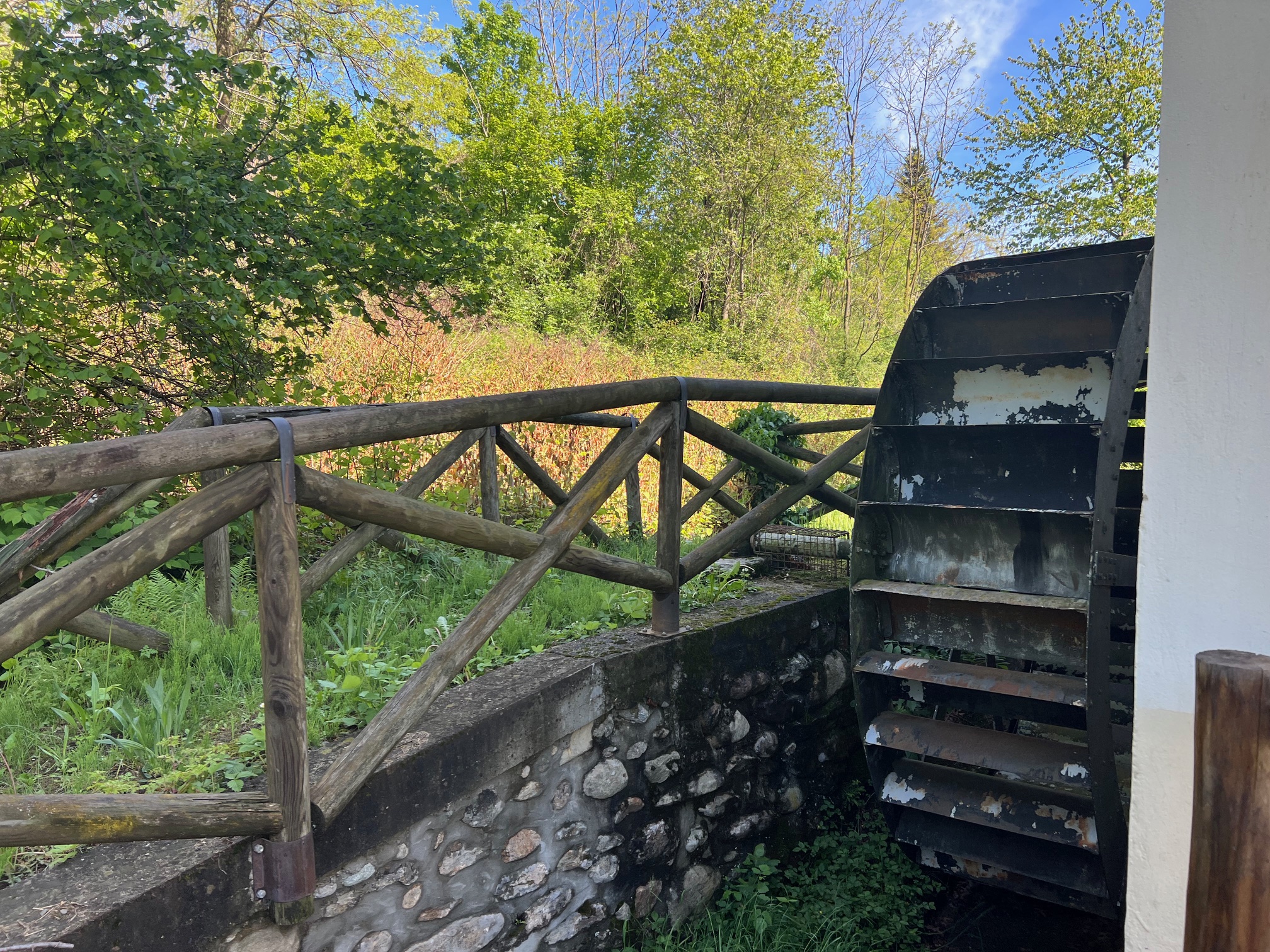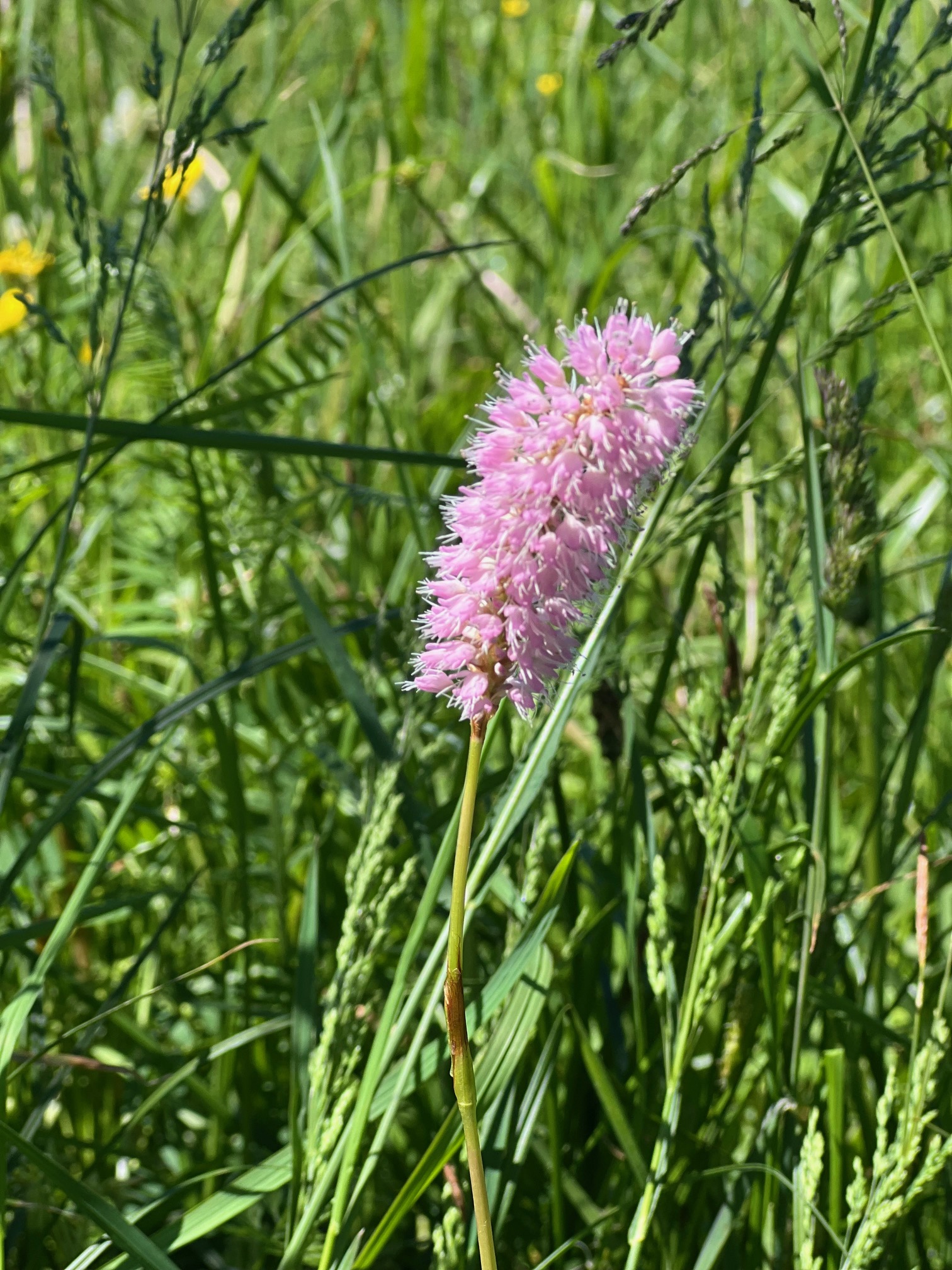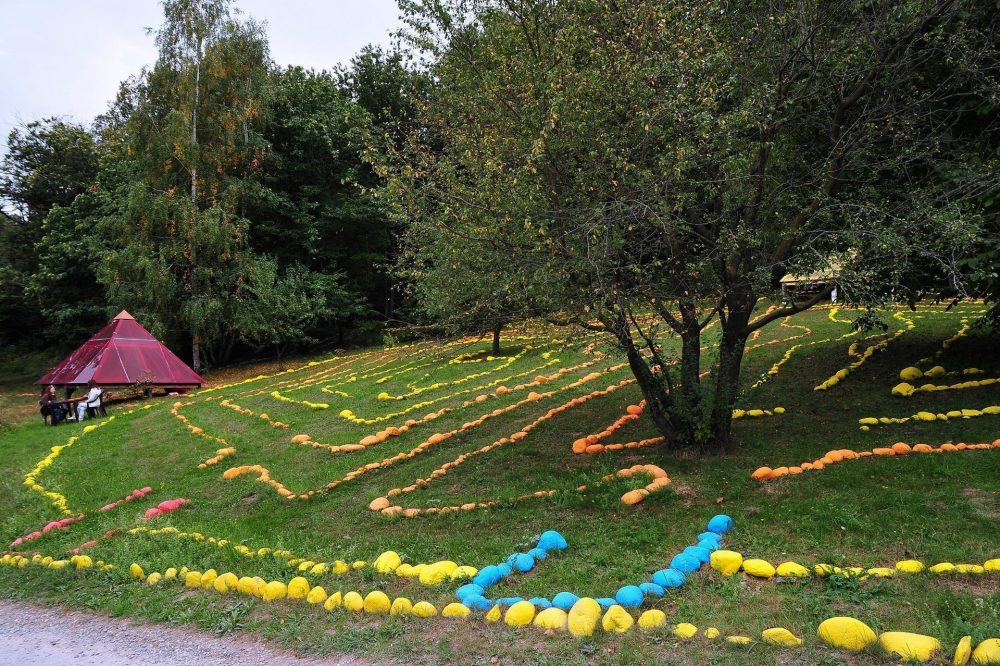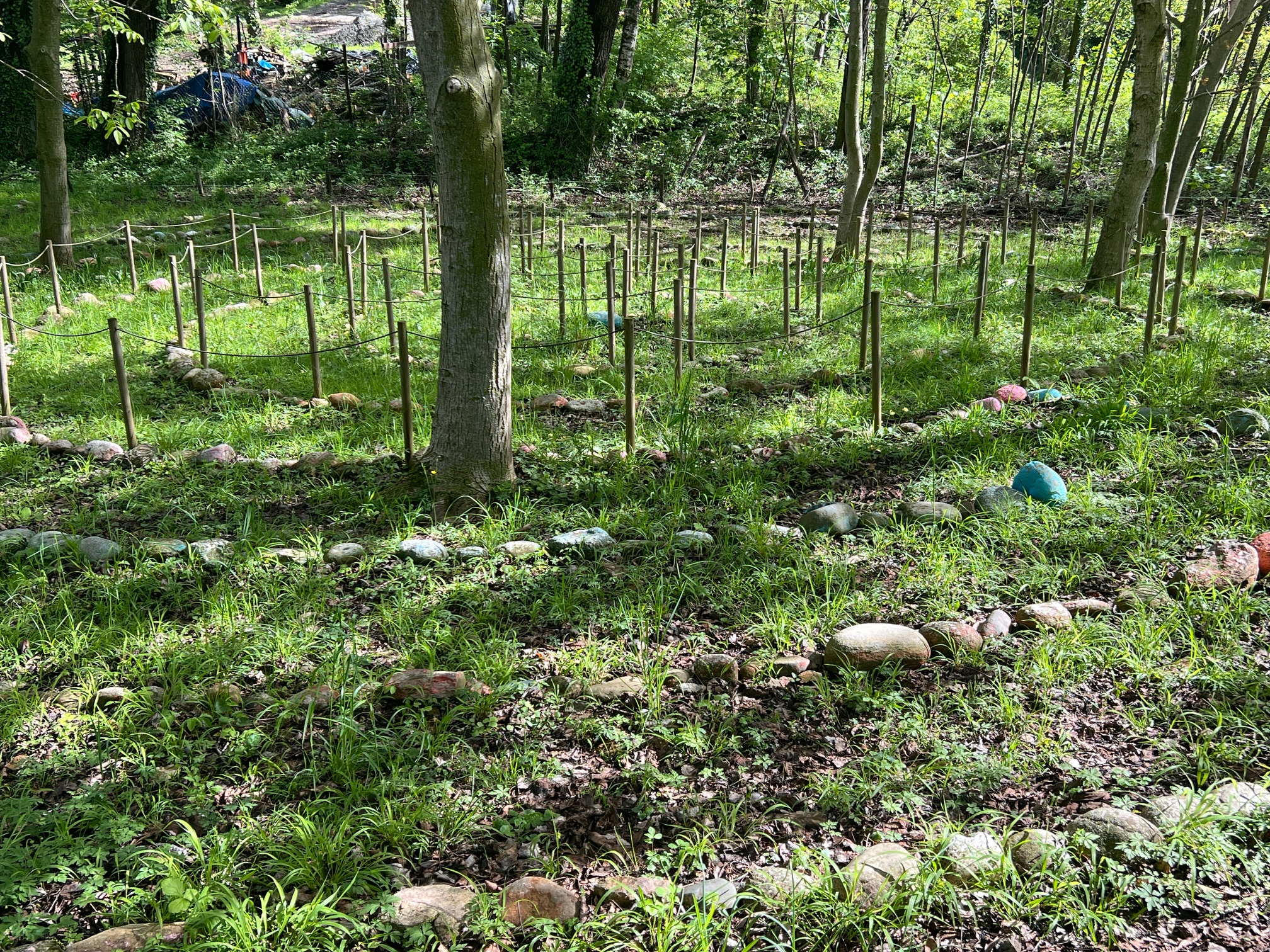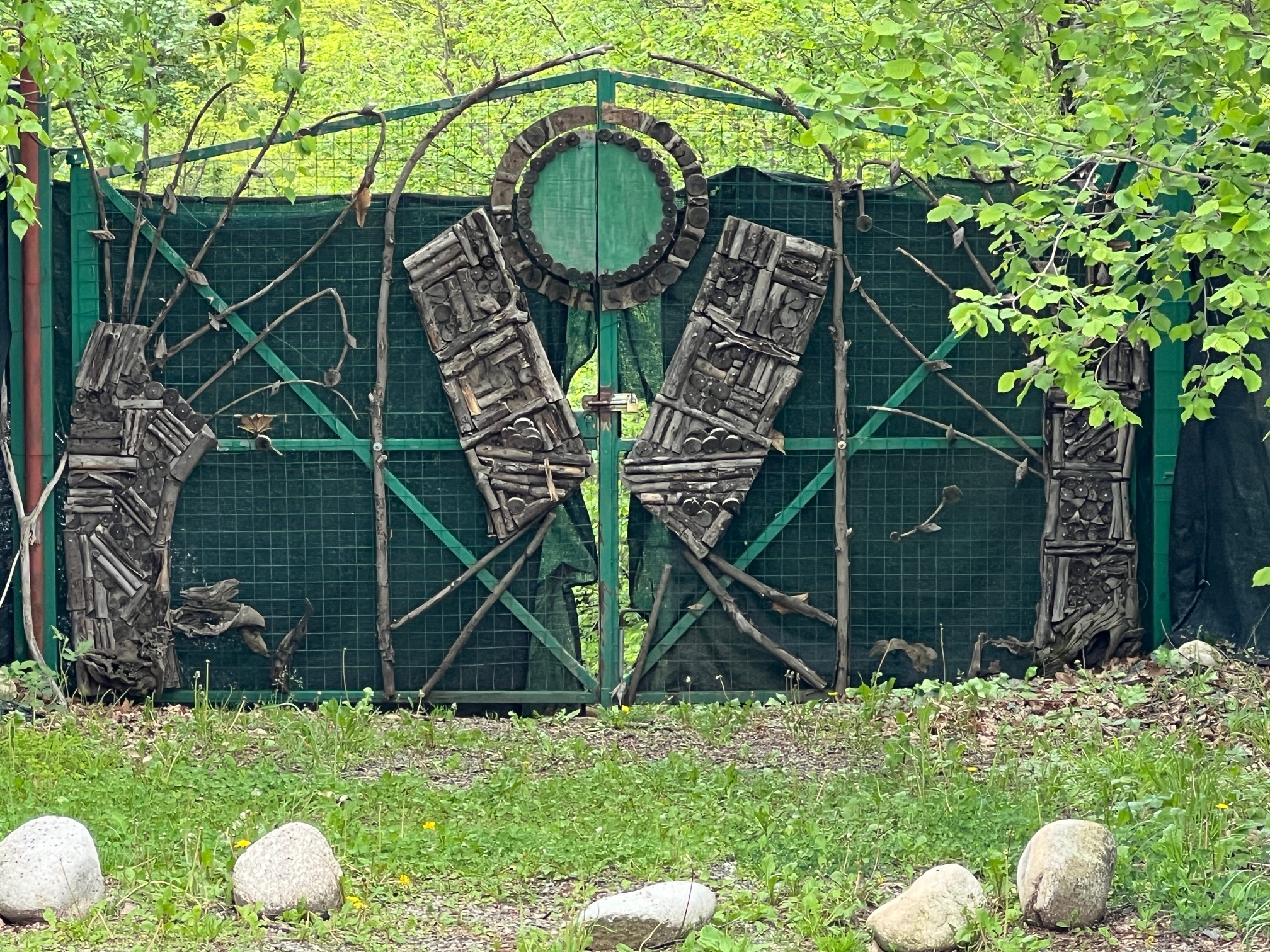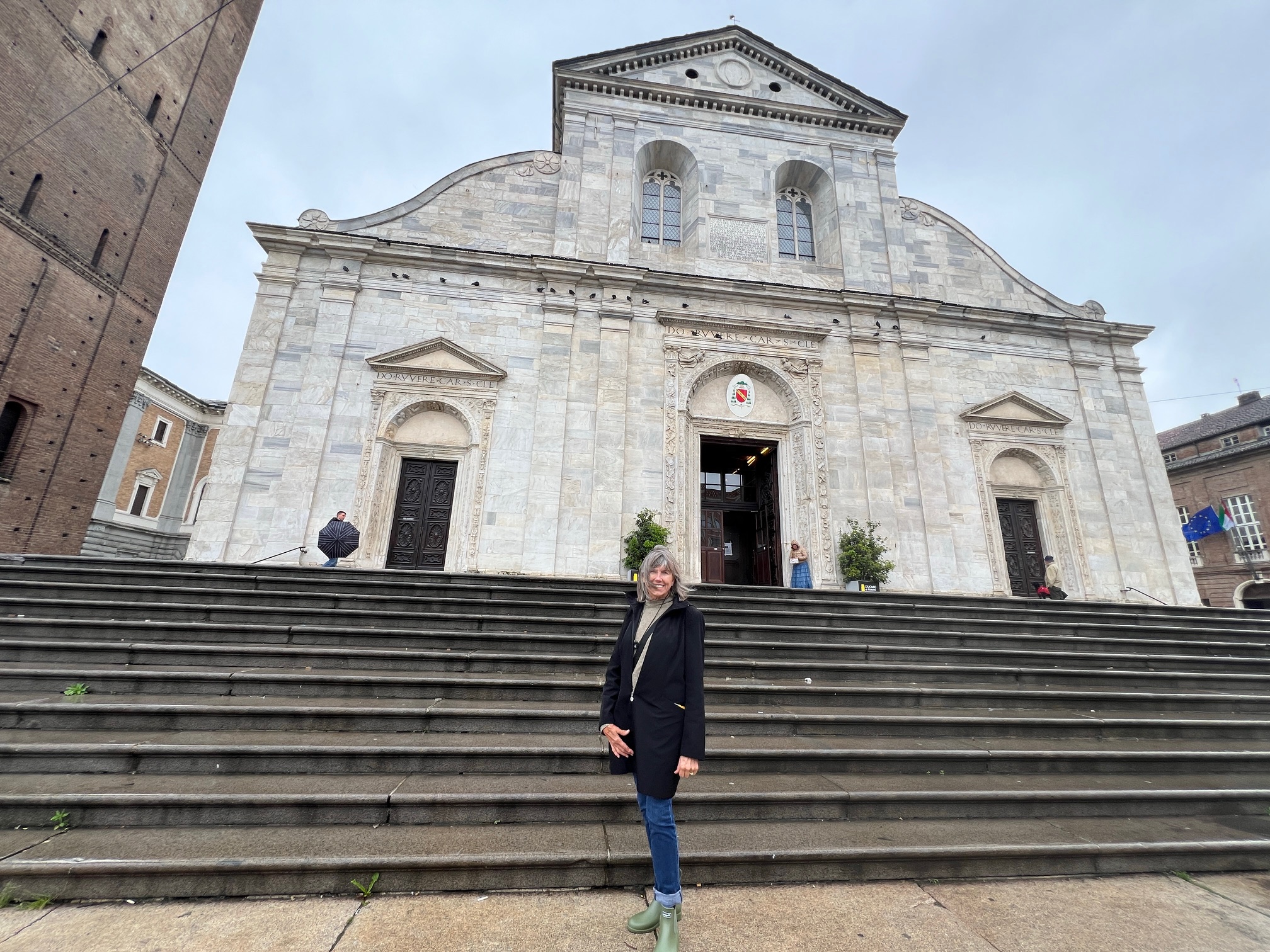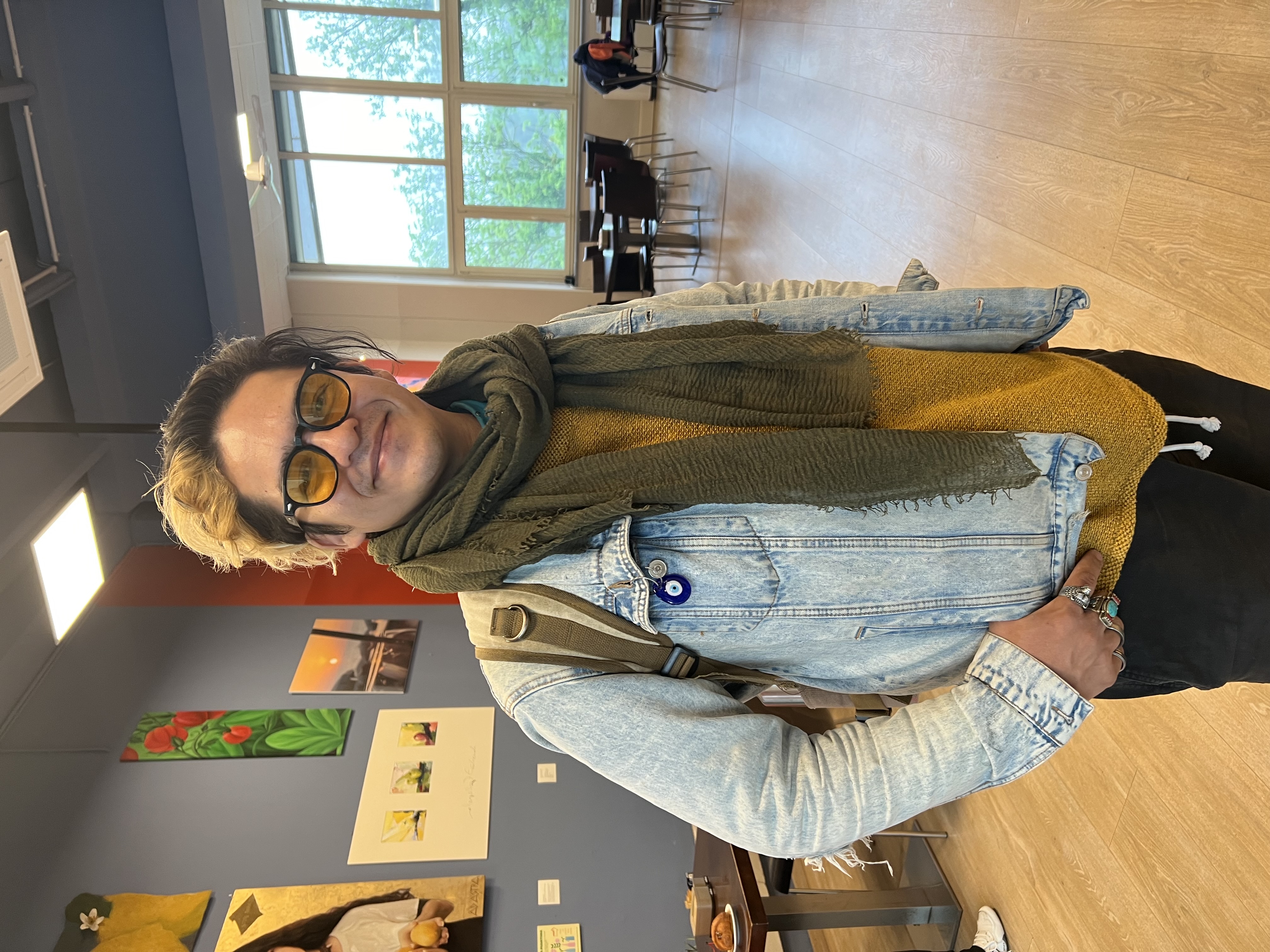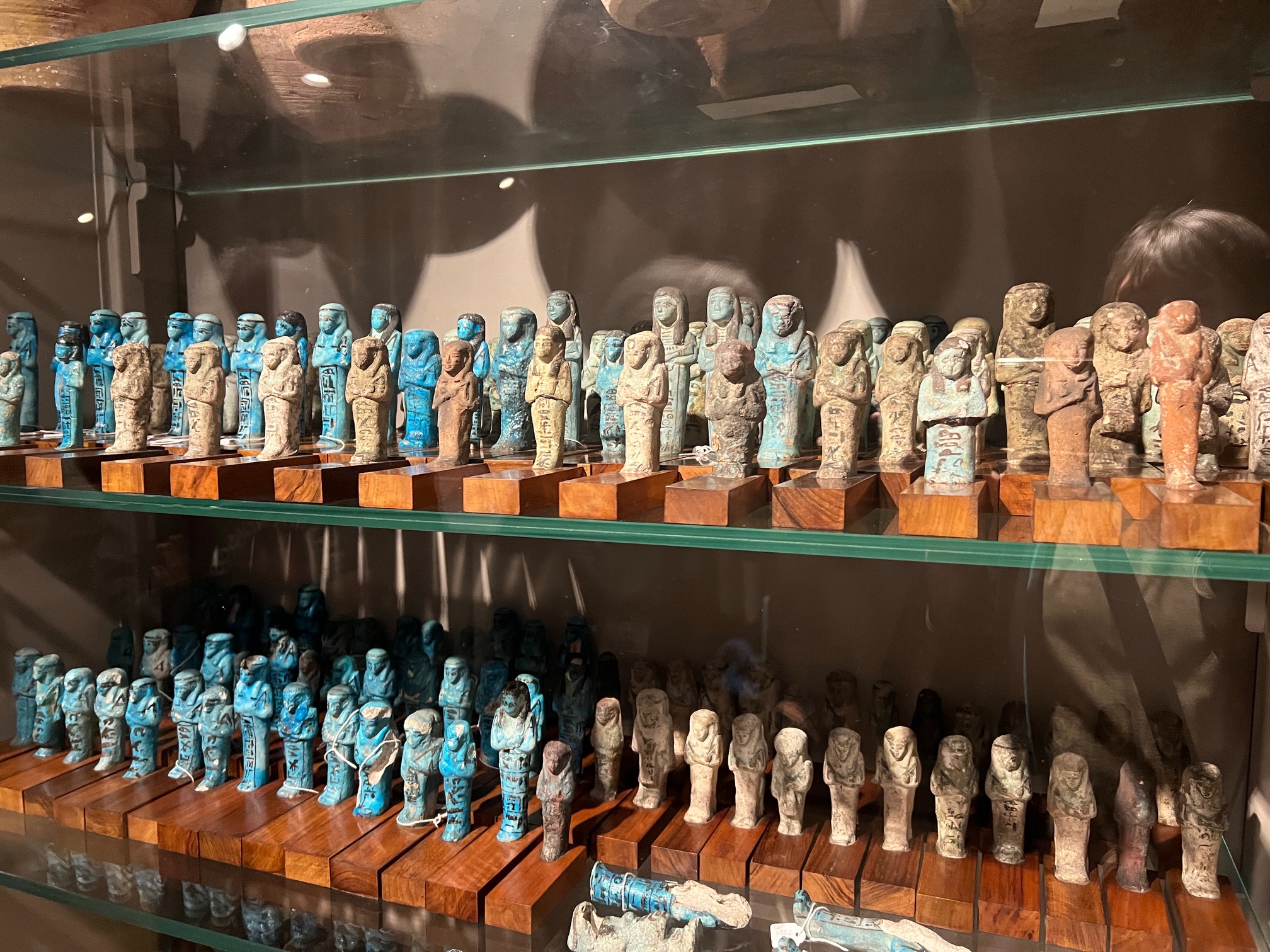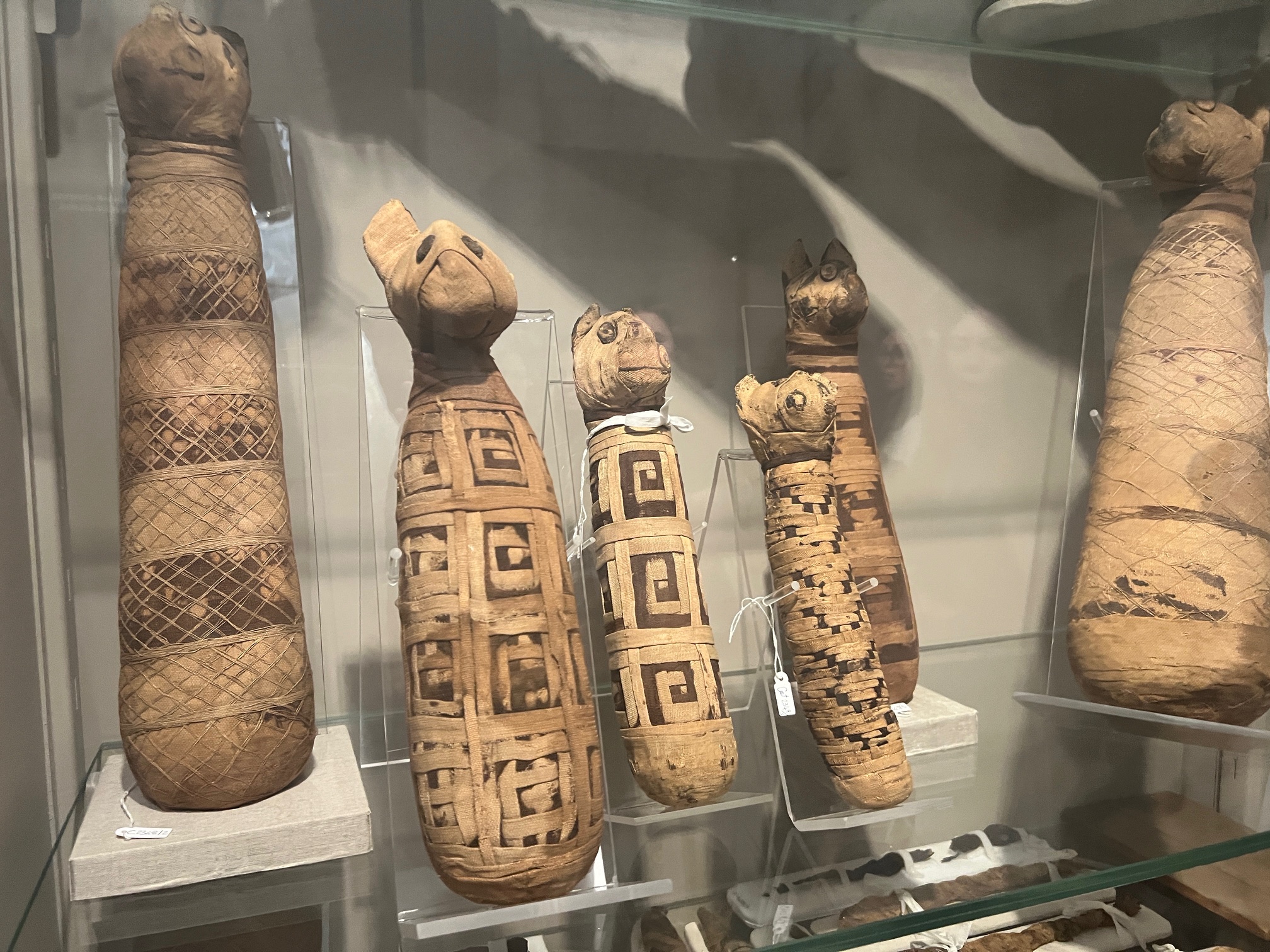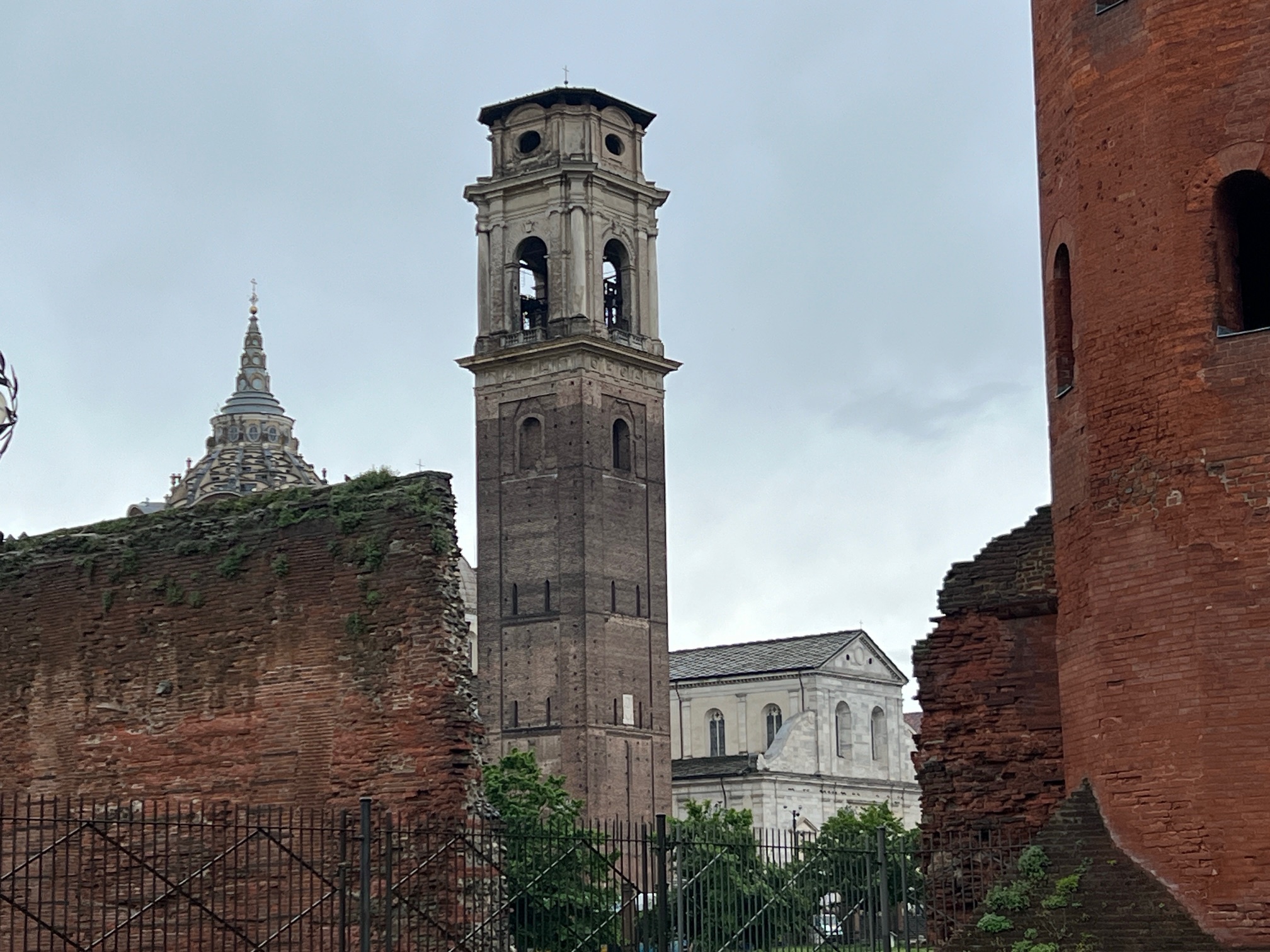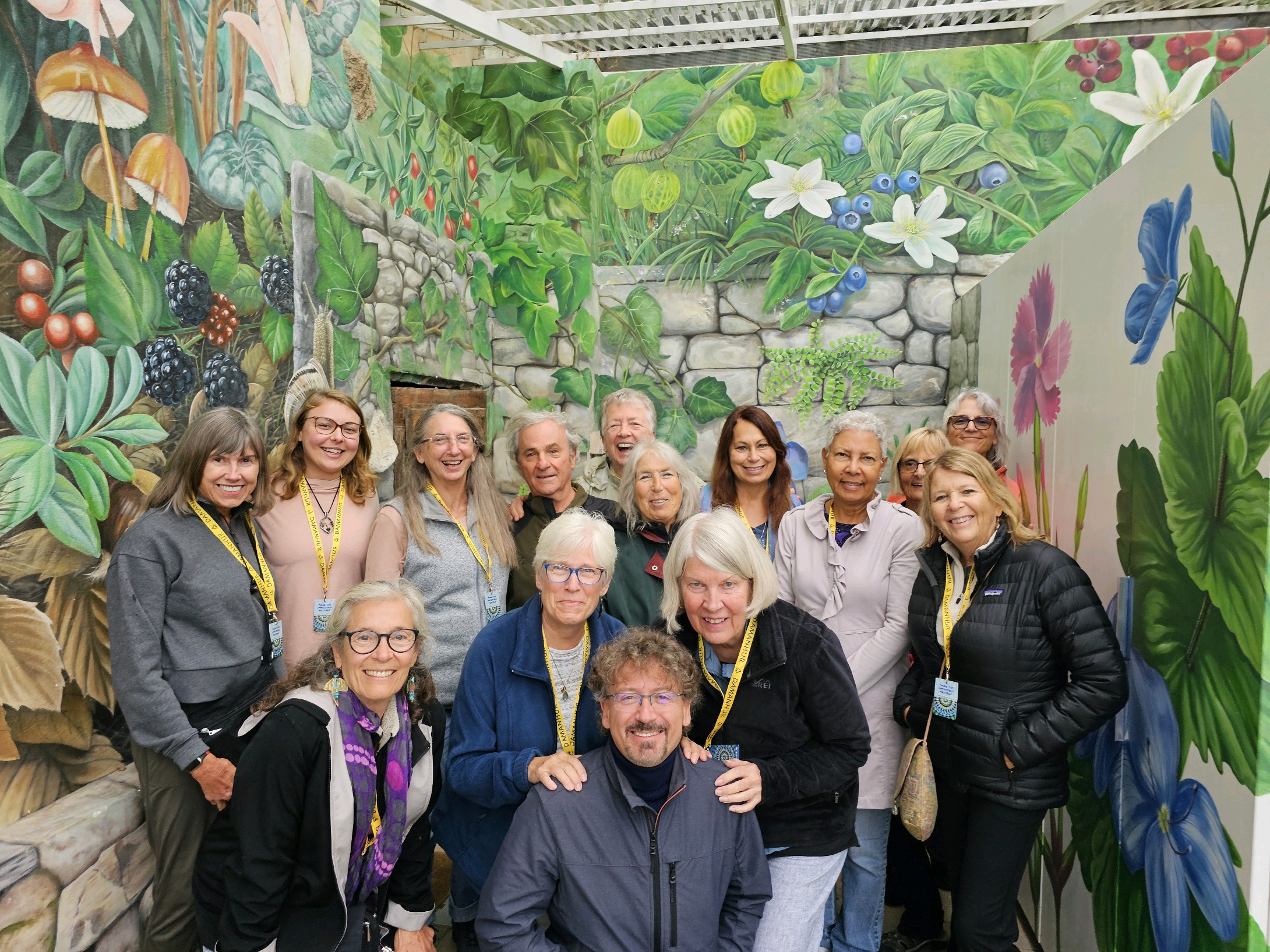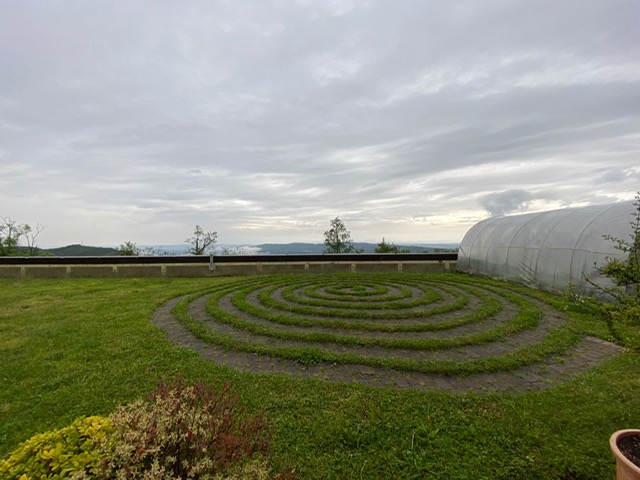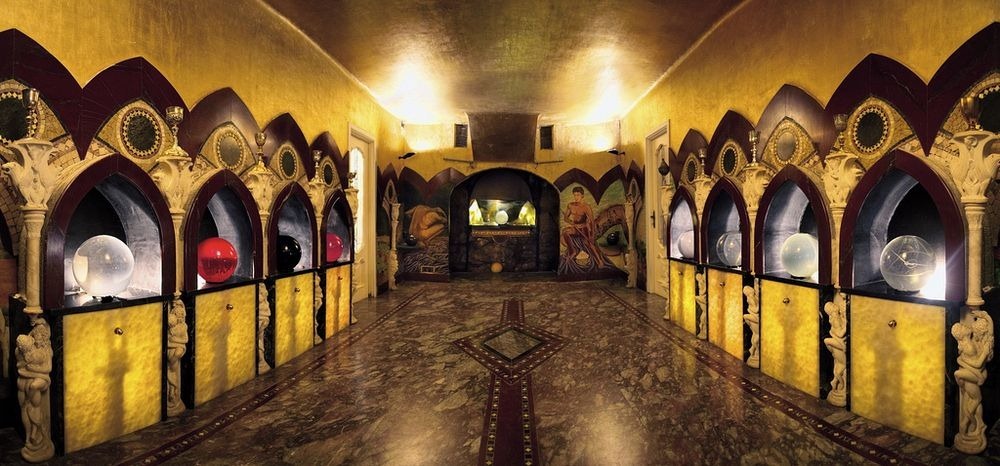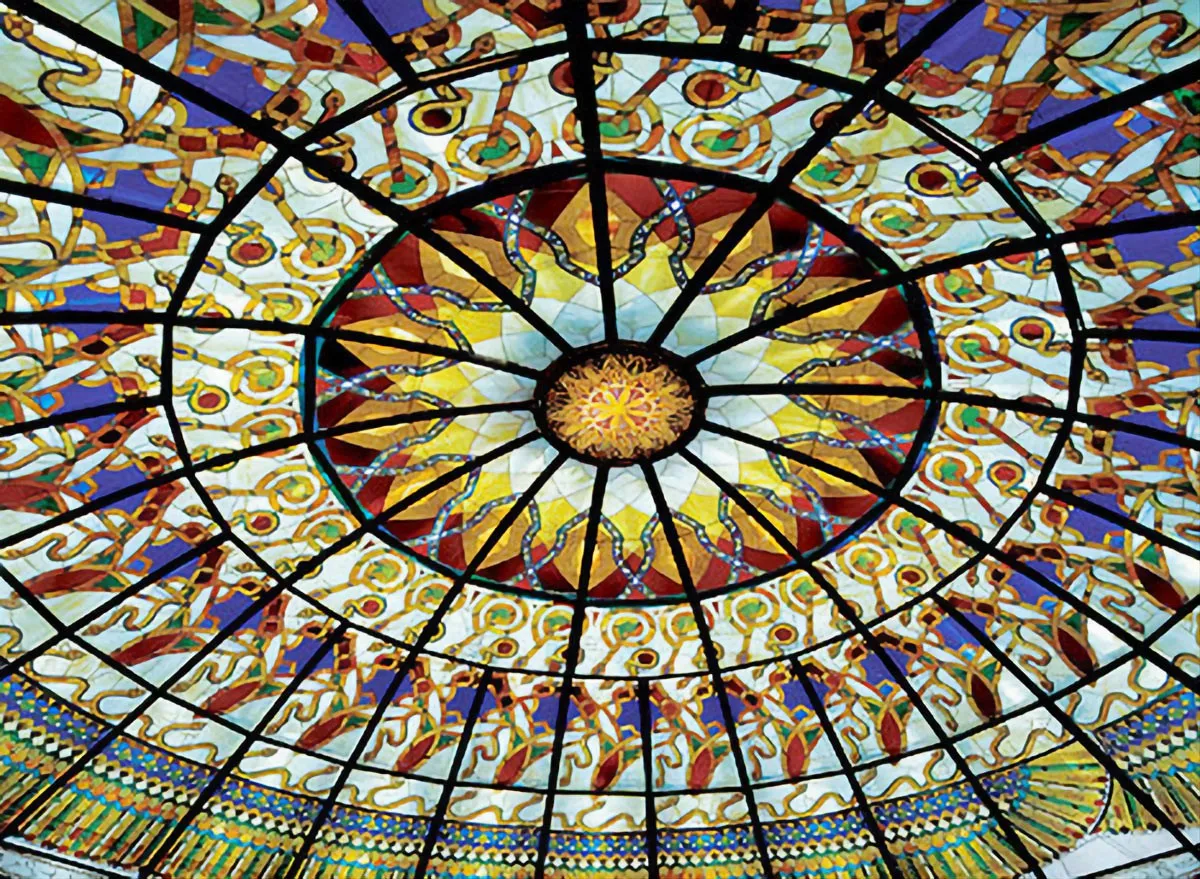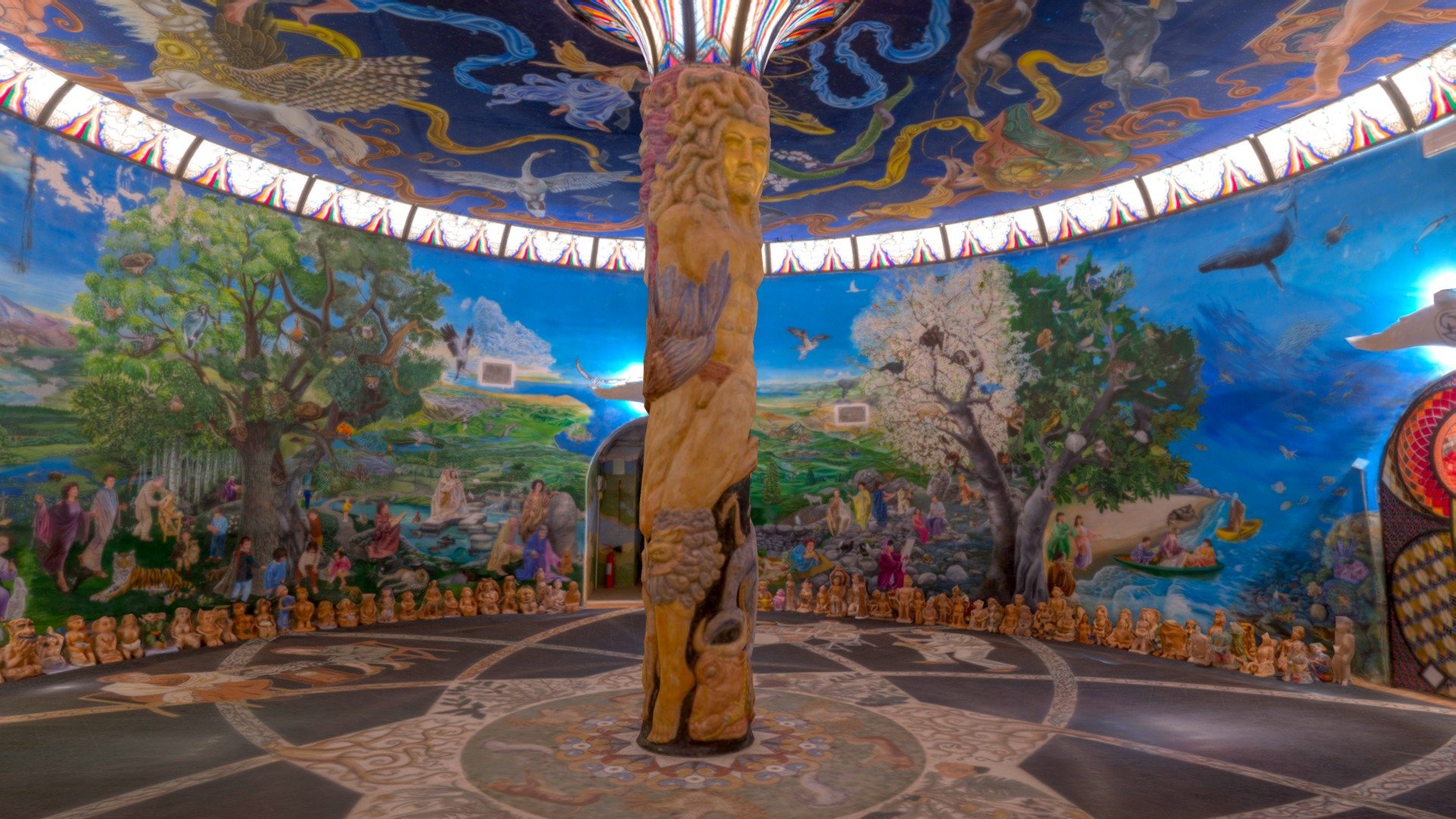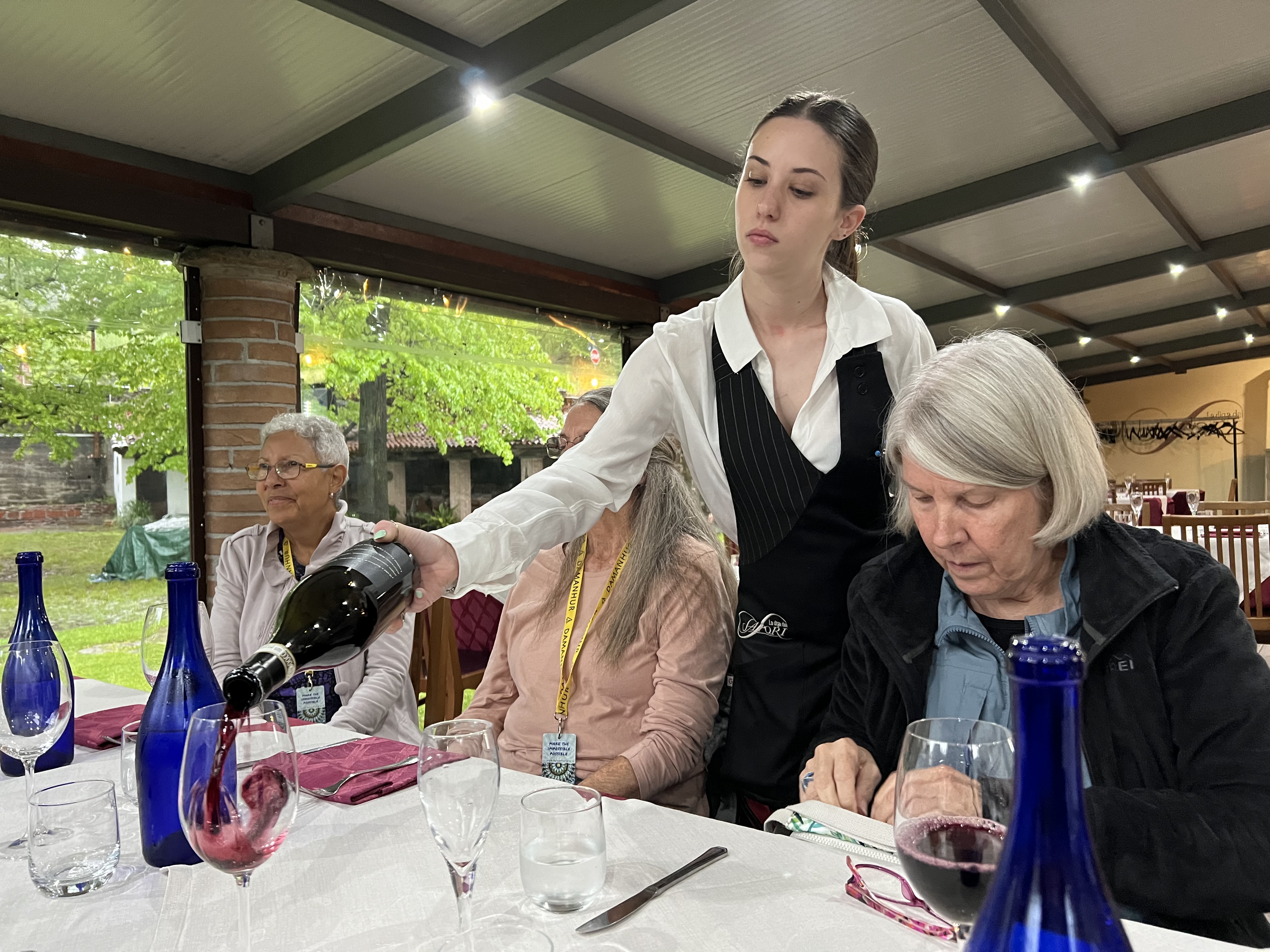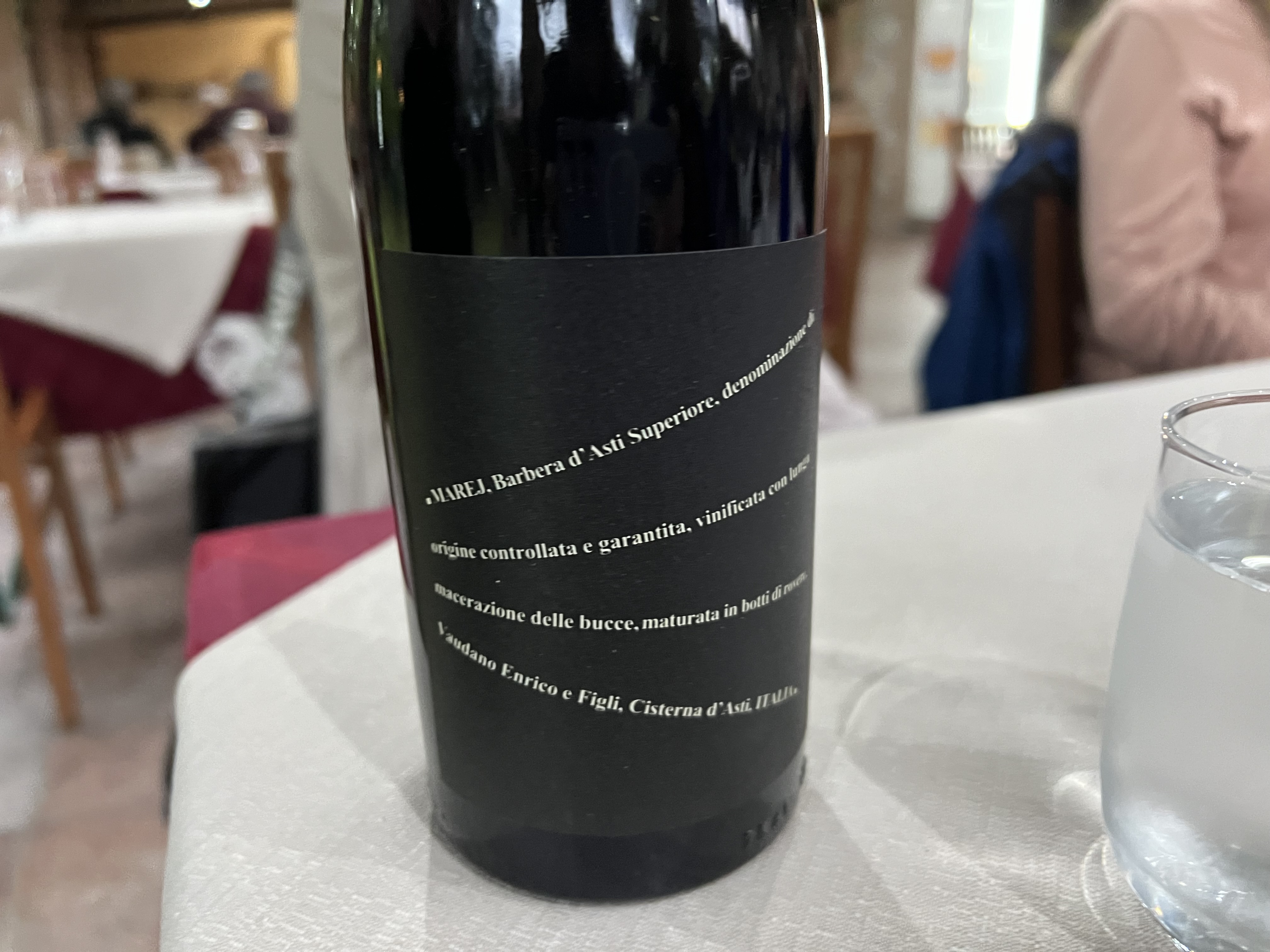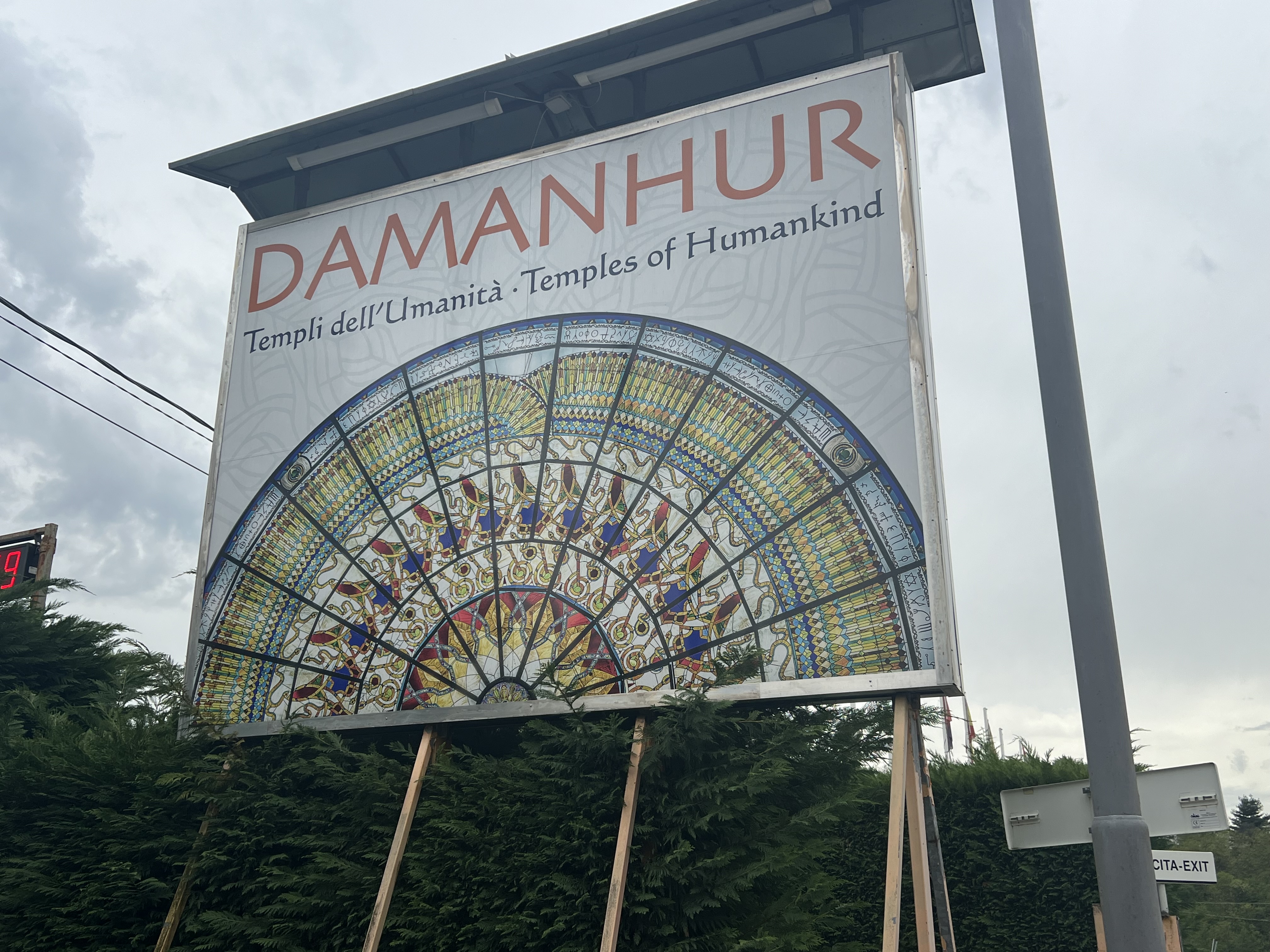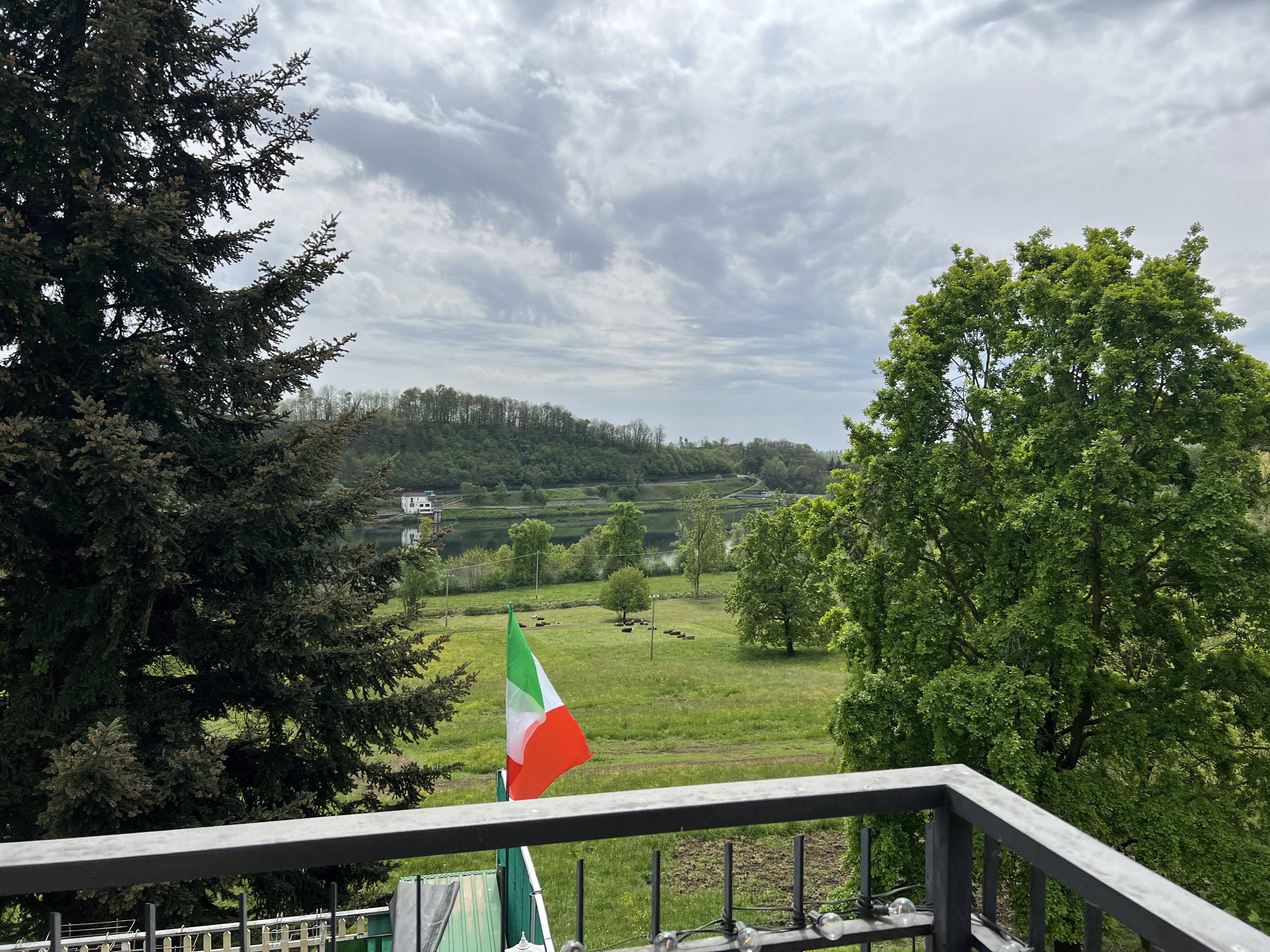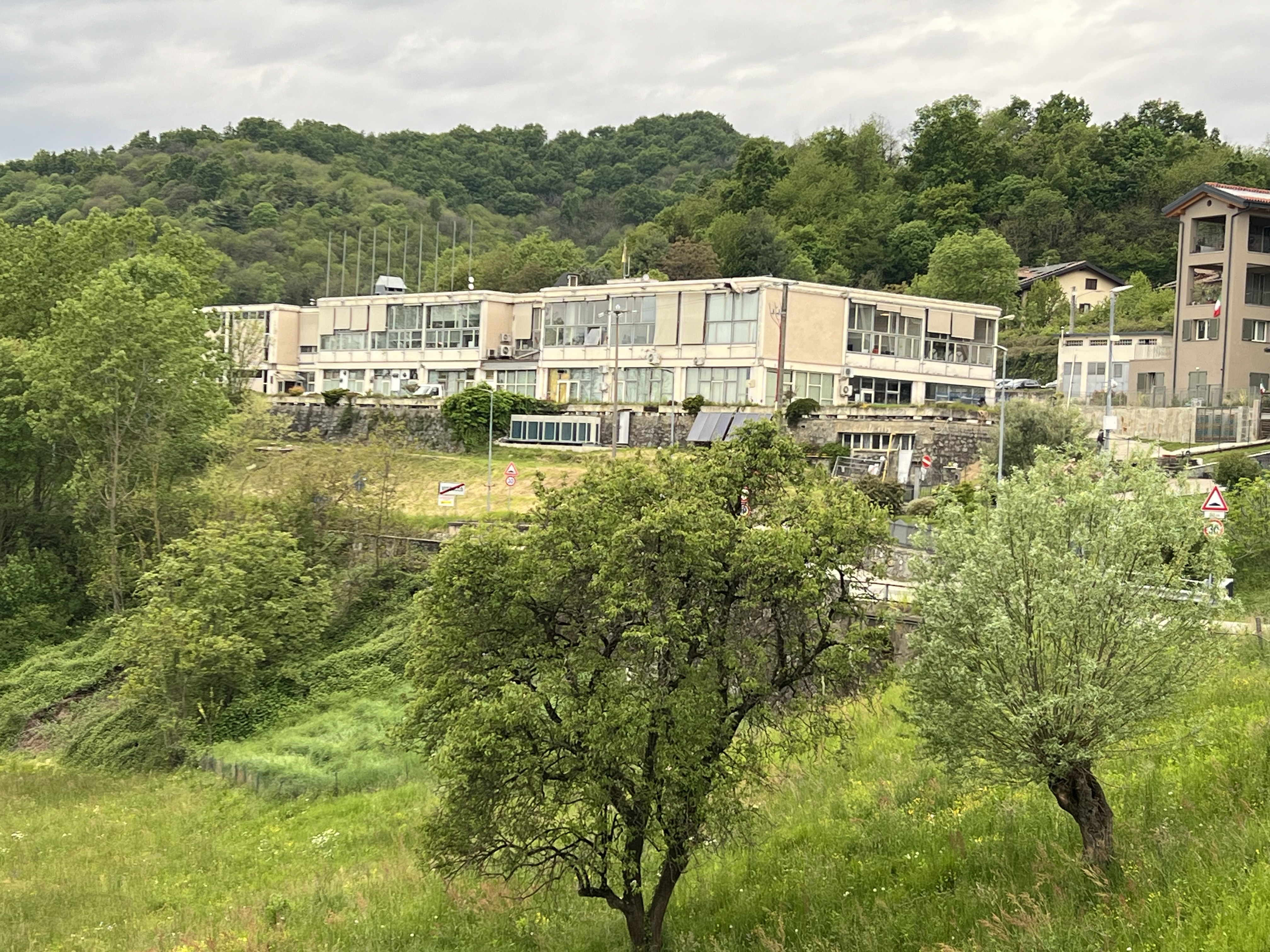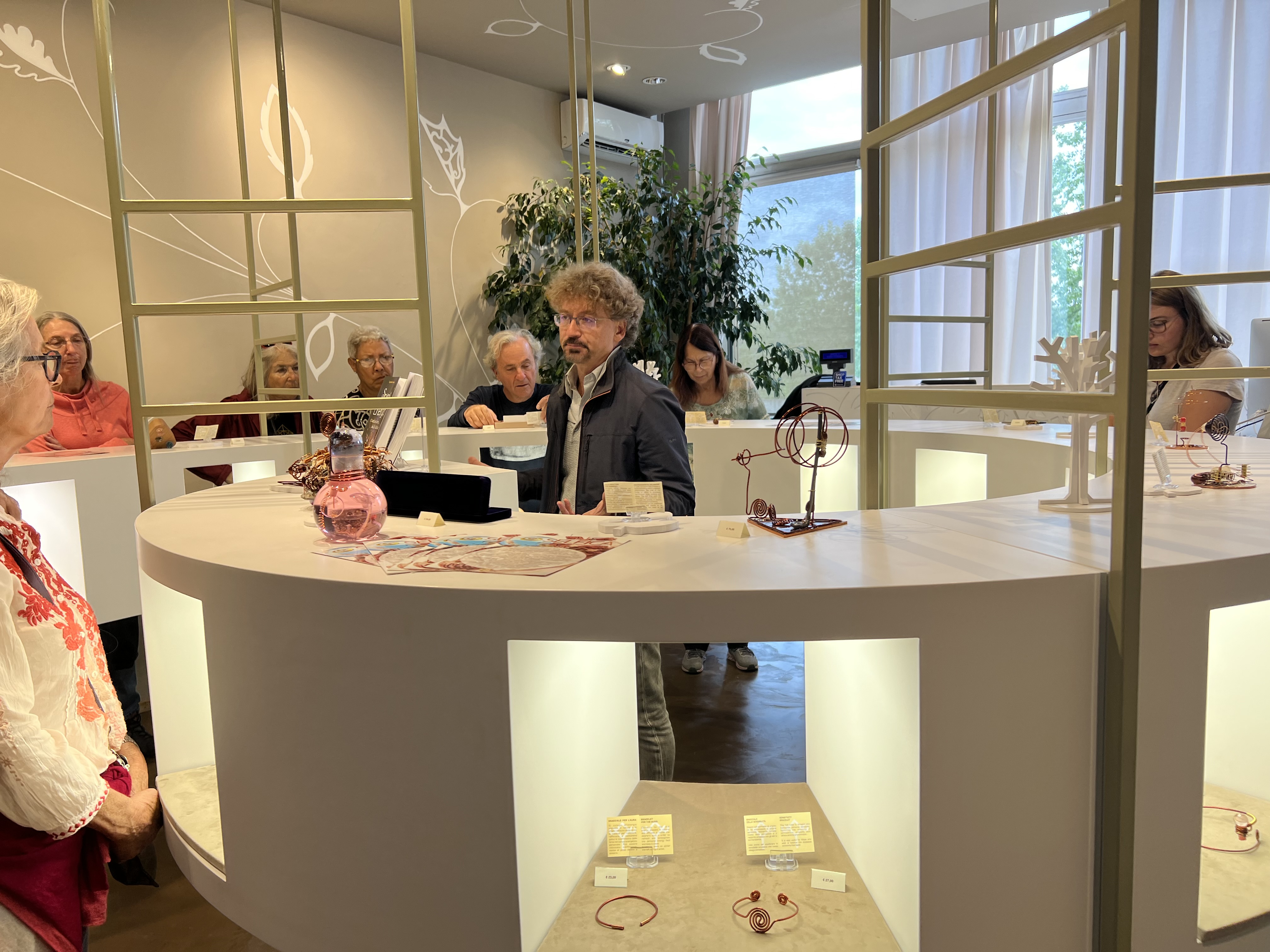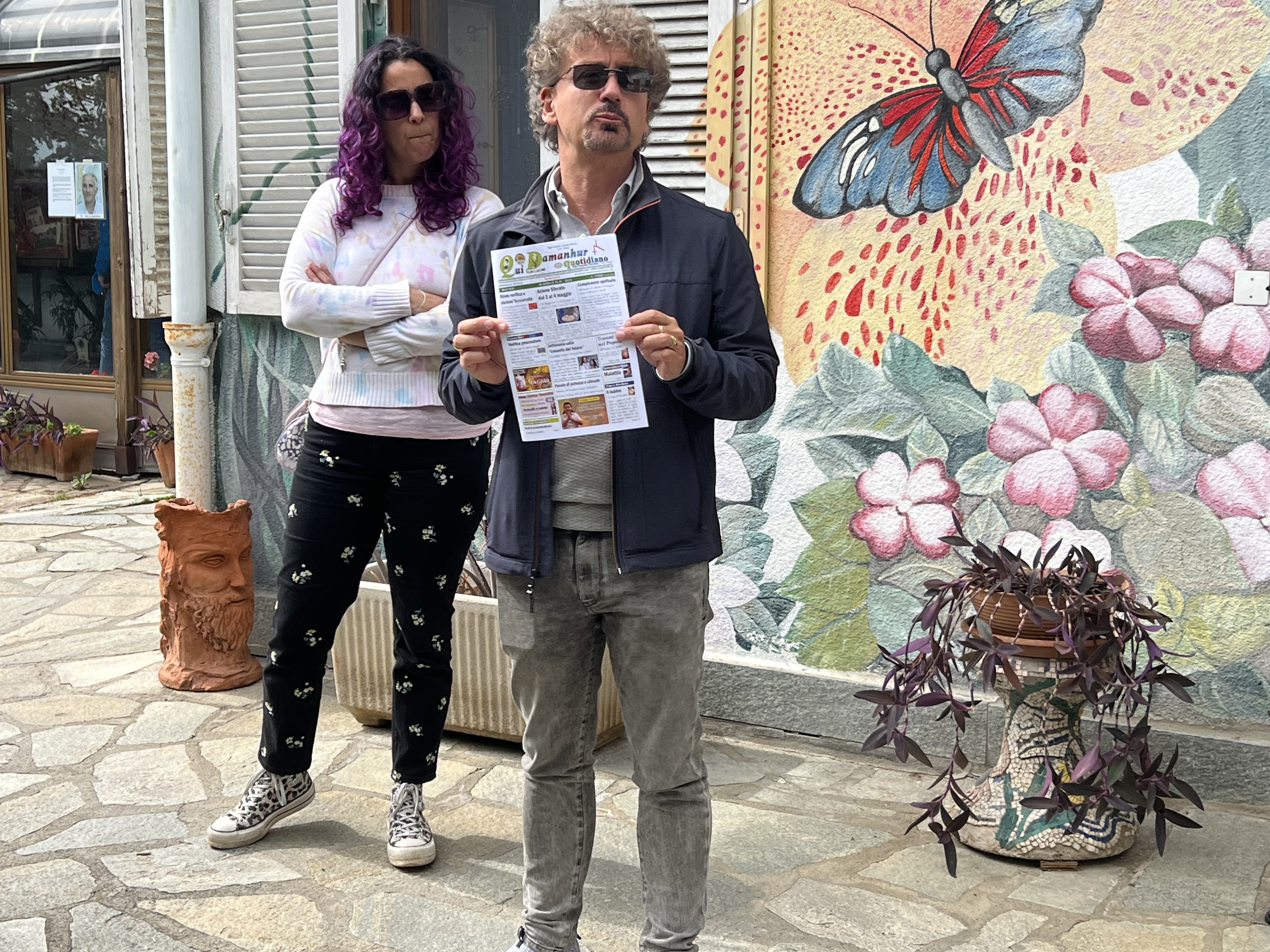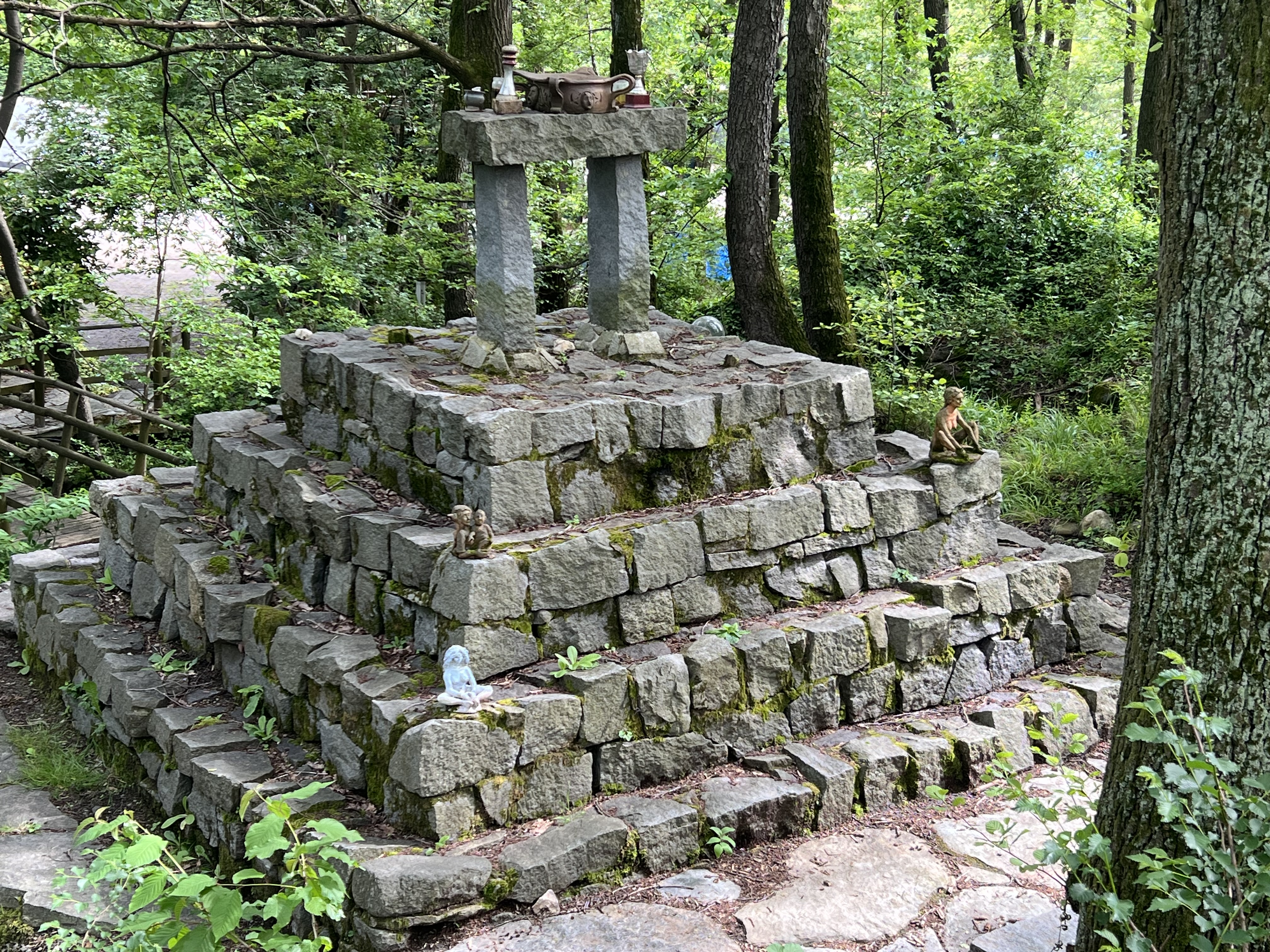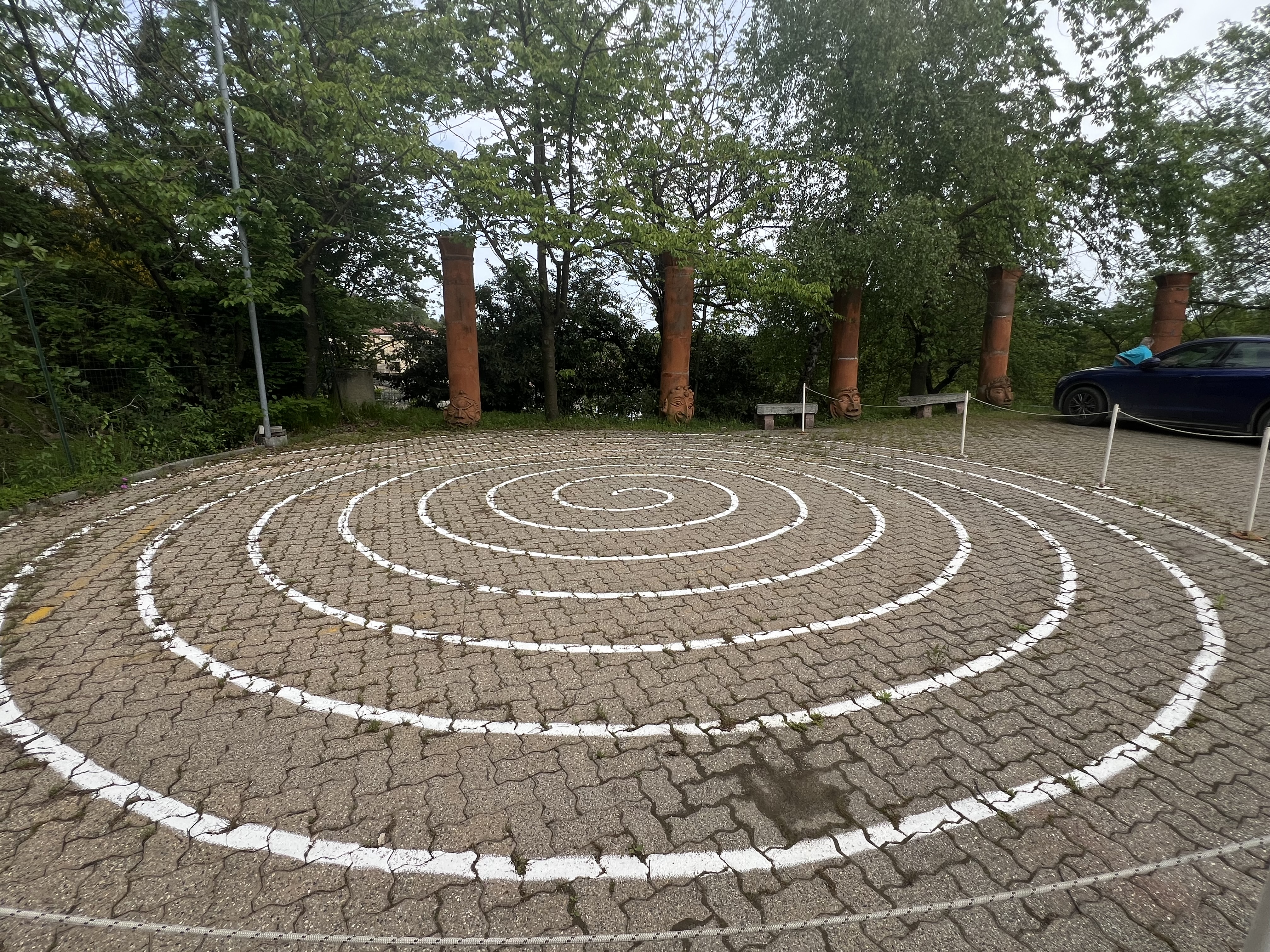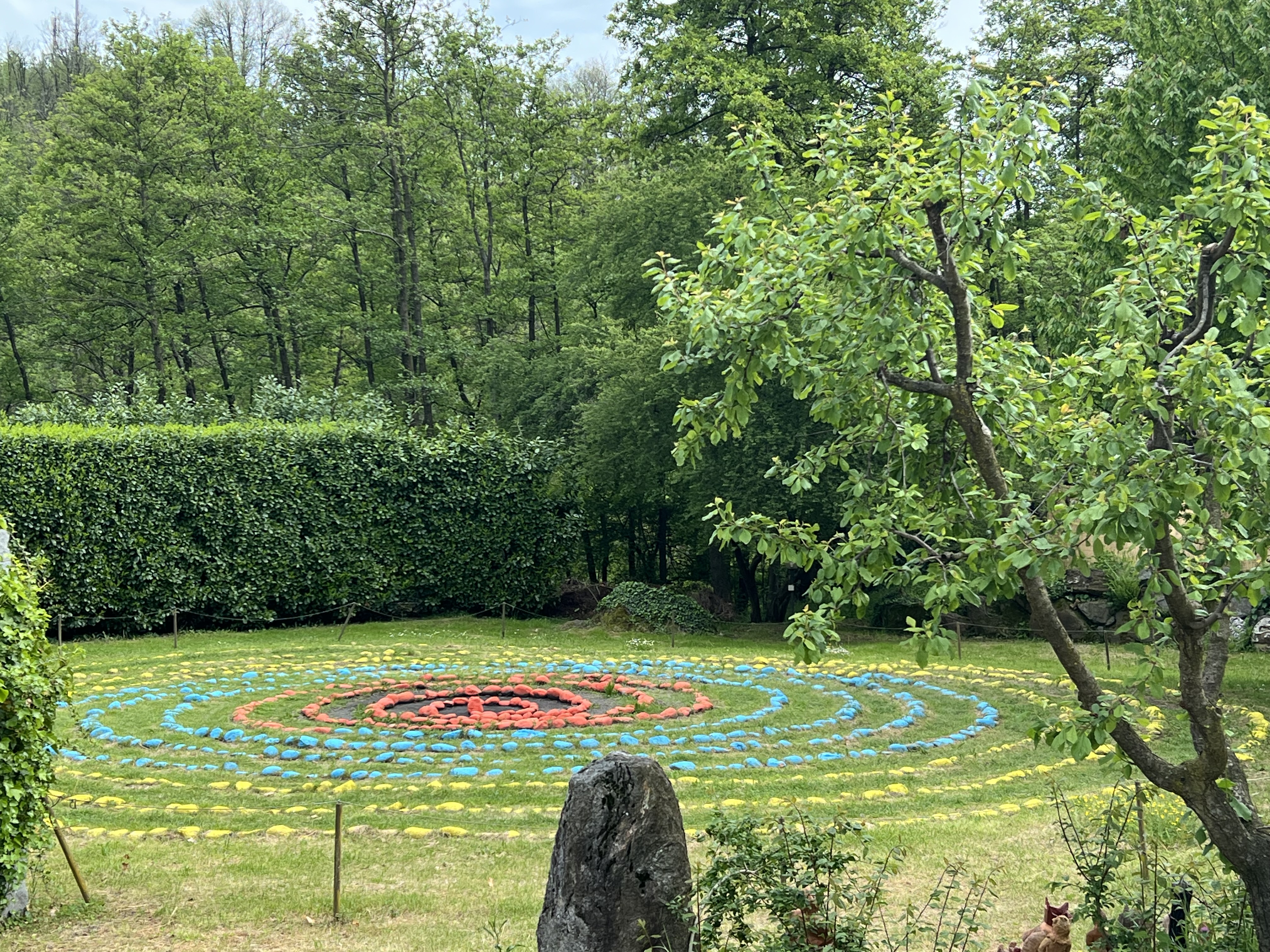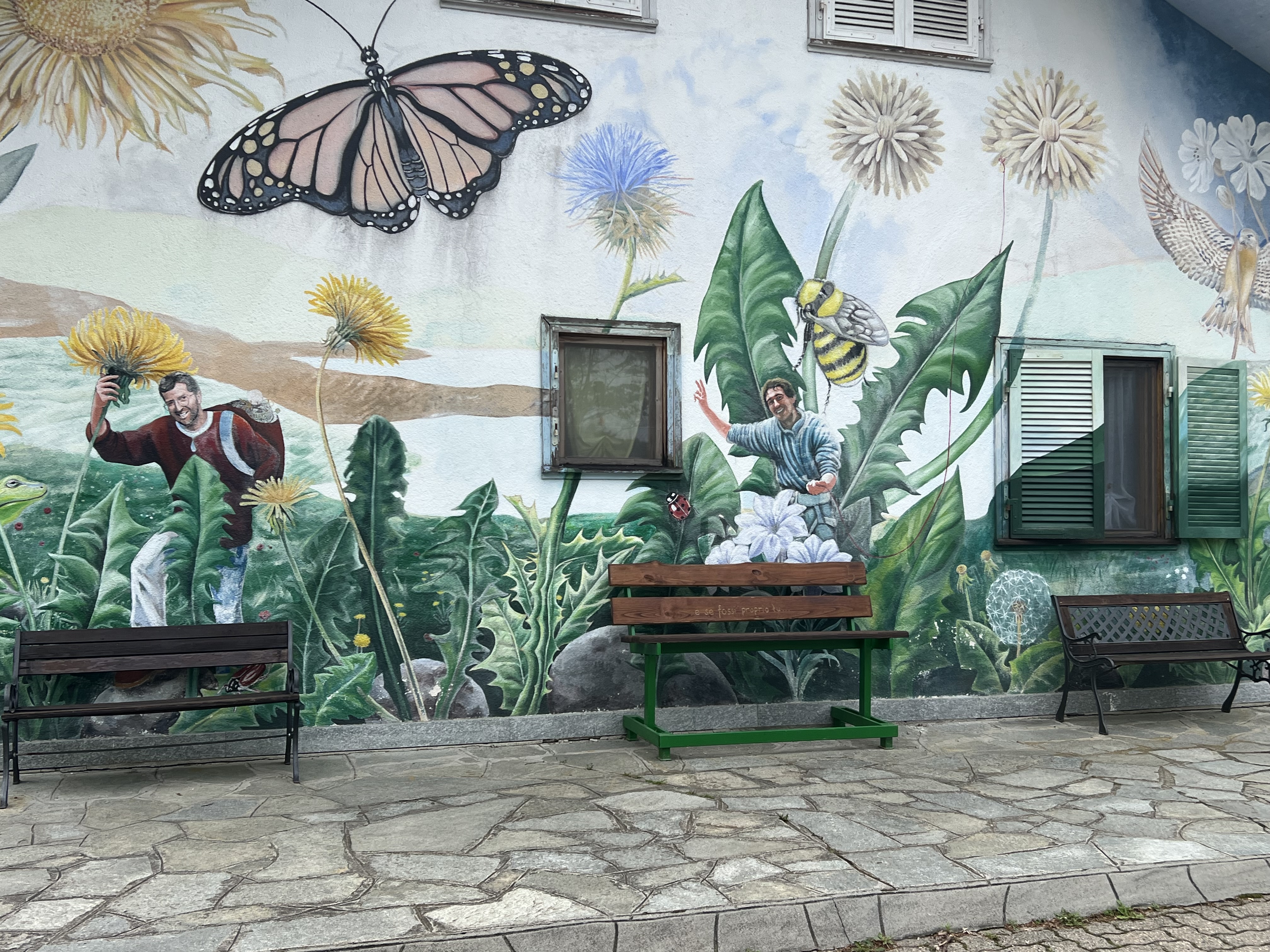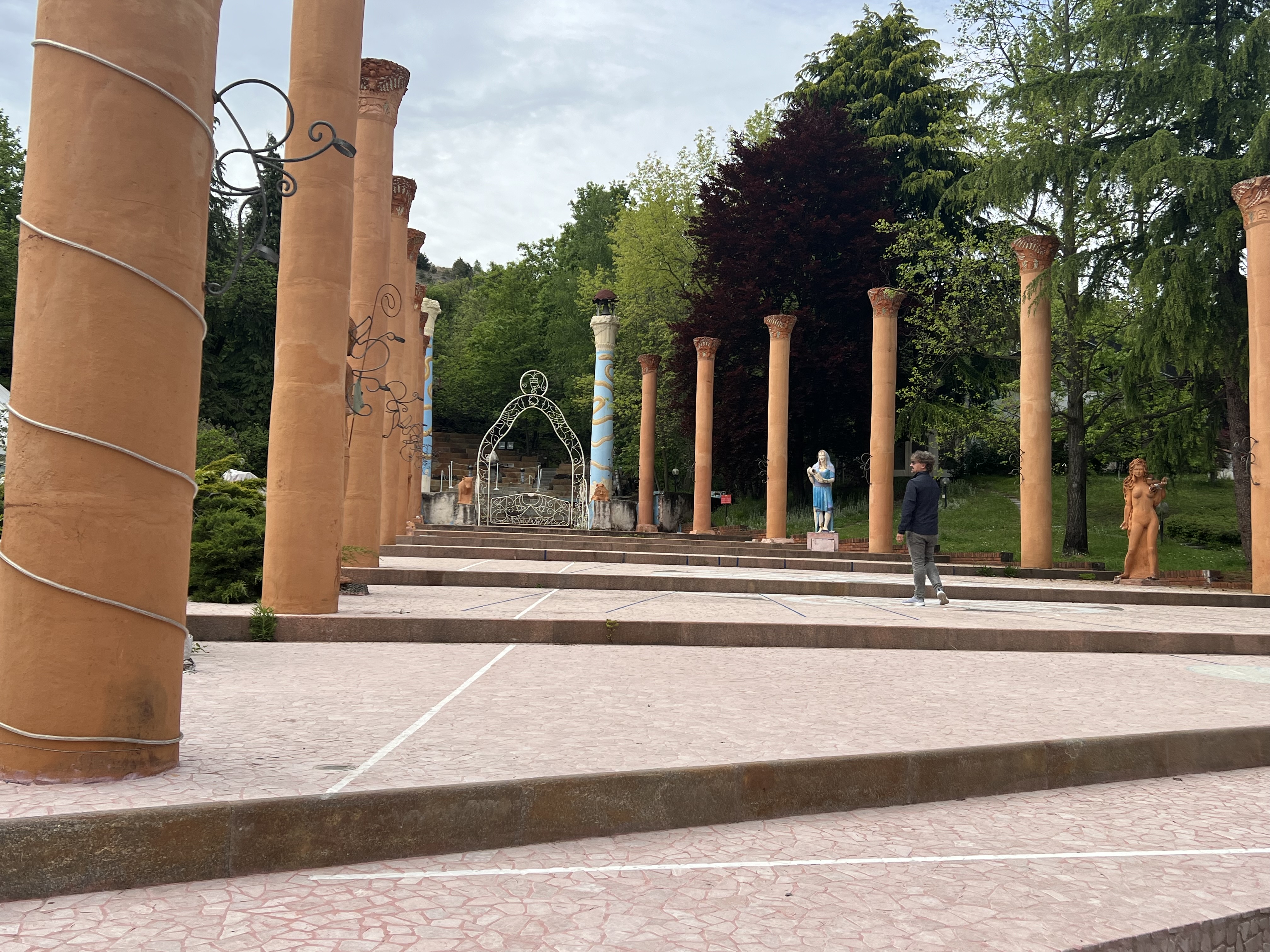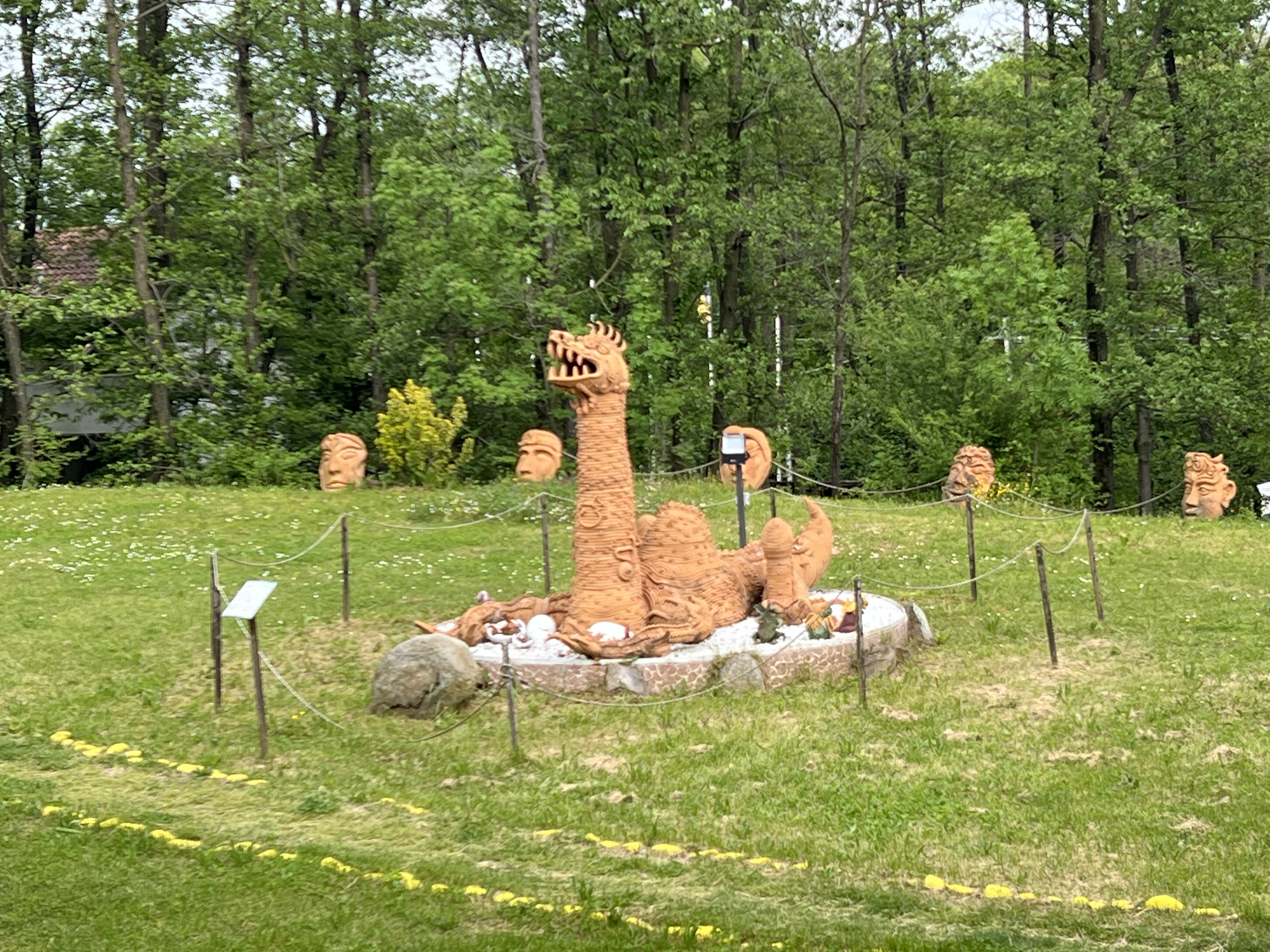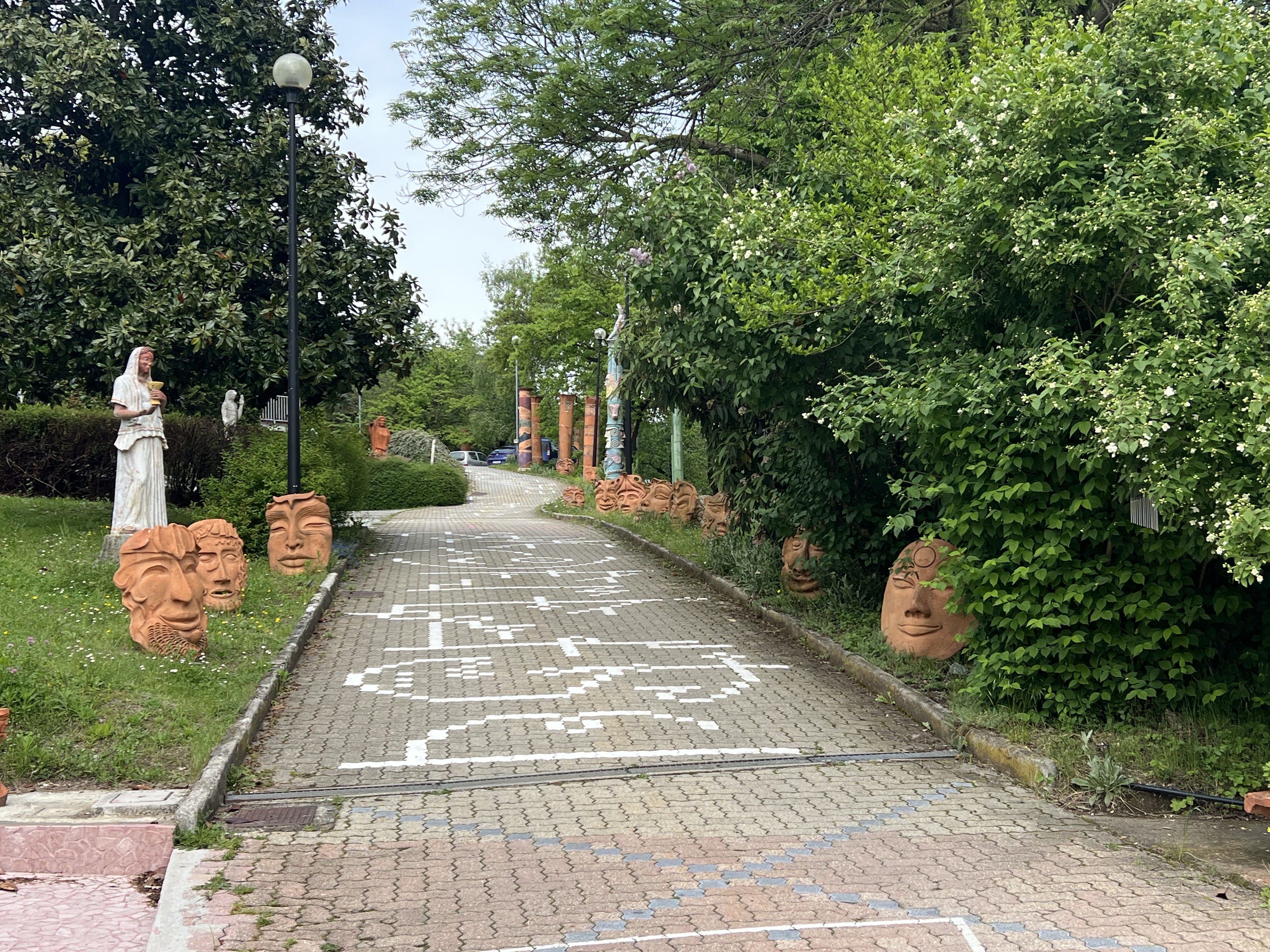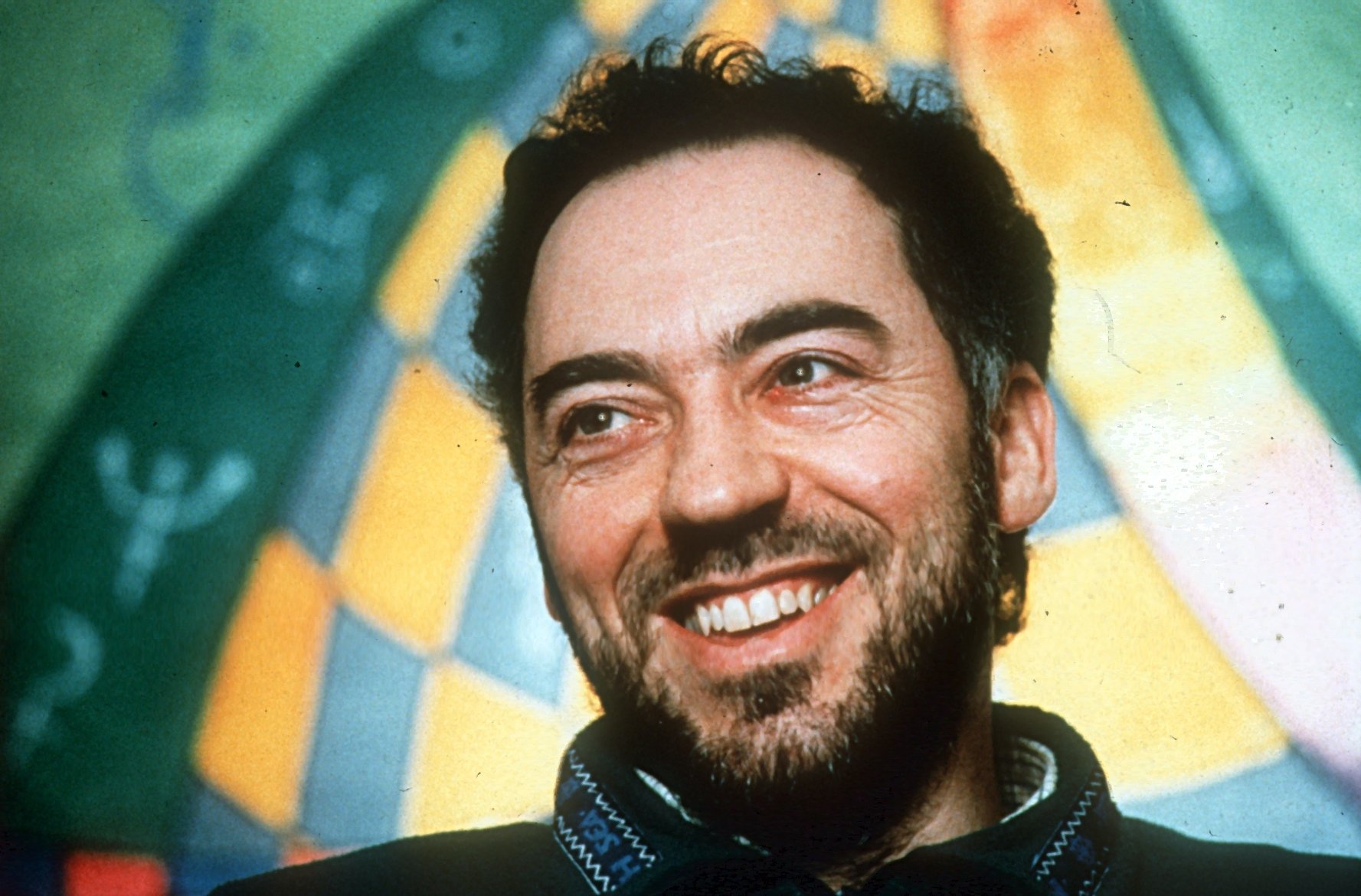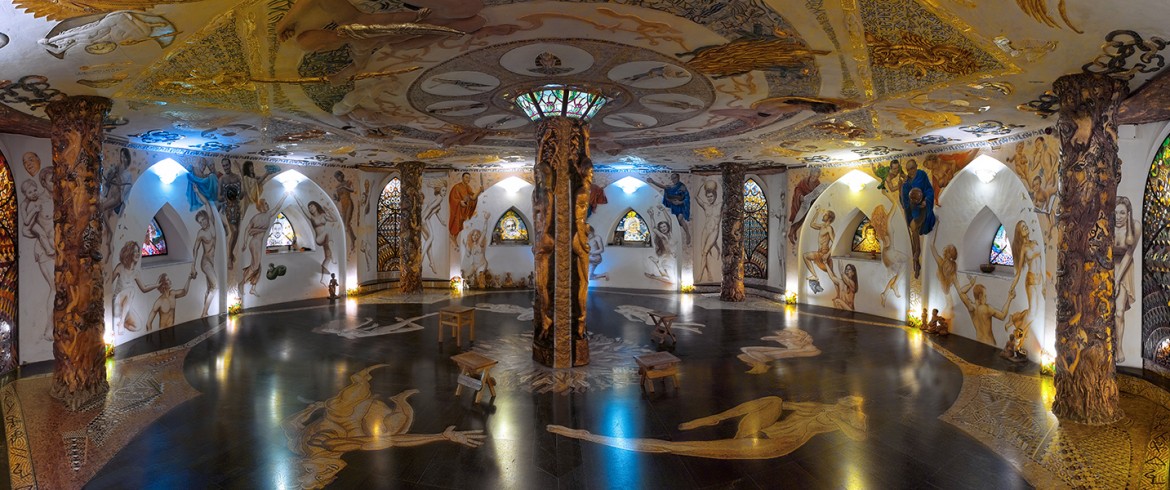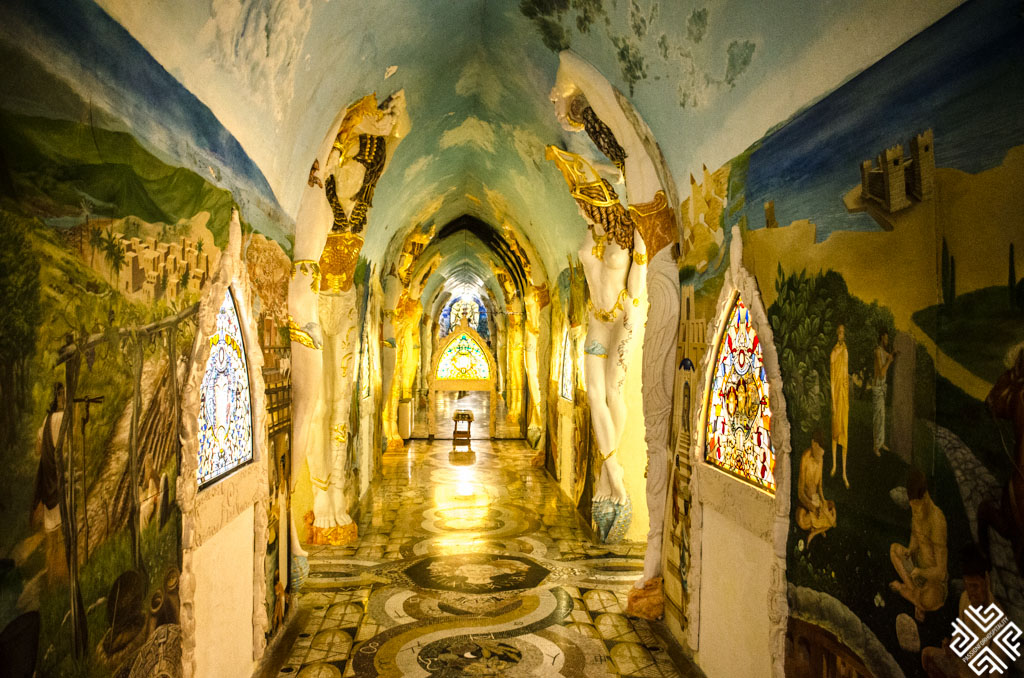After three delightful days in Rosapenna, we drove to Rathmullen, a small town along the North Atlantic coast.
Rathmullen House, our home for two nights, is an 18th century Georgian house, built in the 1760’s by the local Bishop. Staying here felt like stepping back in time.
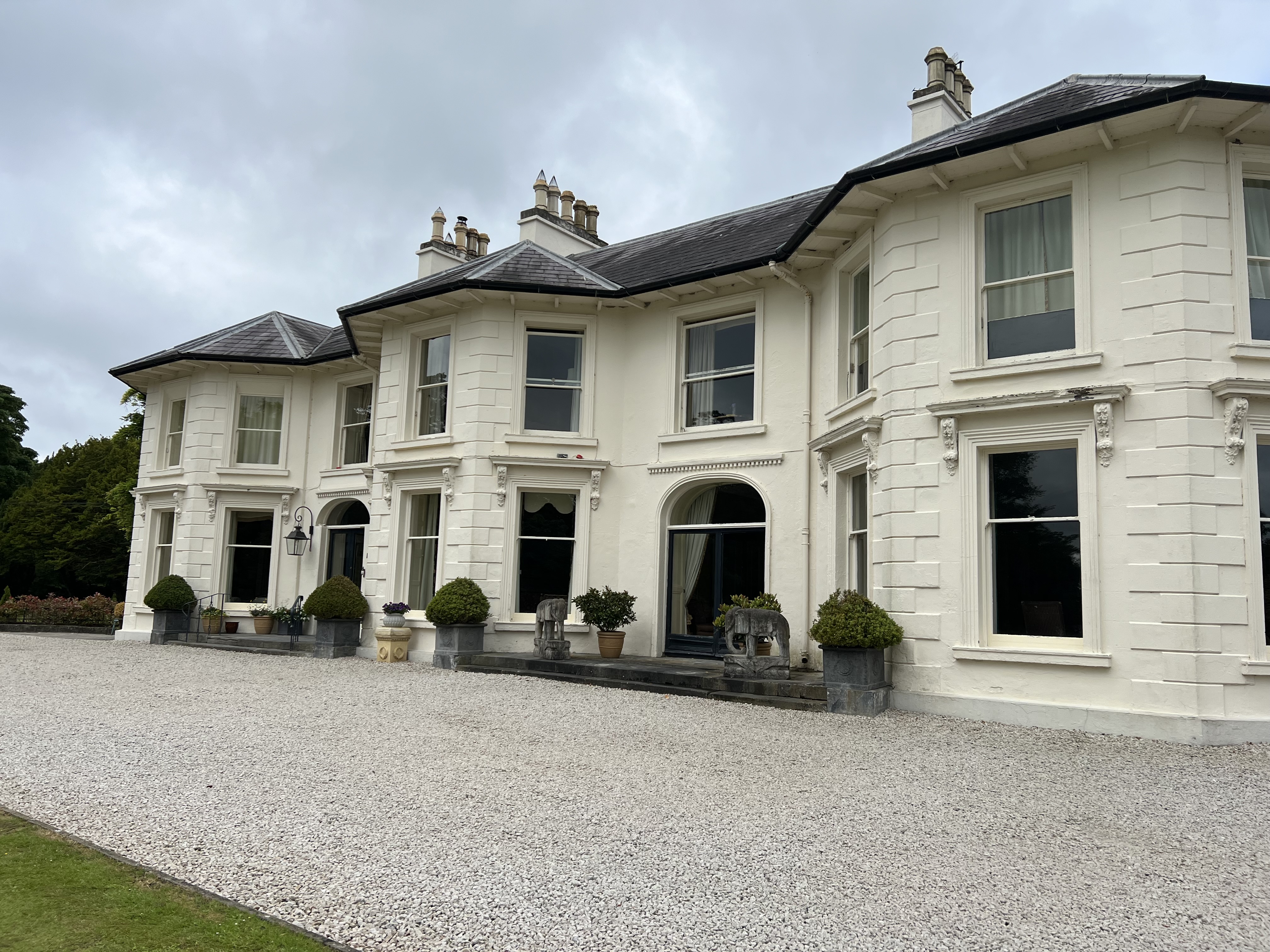
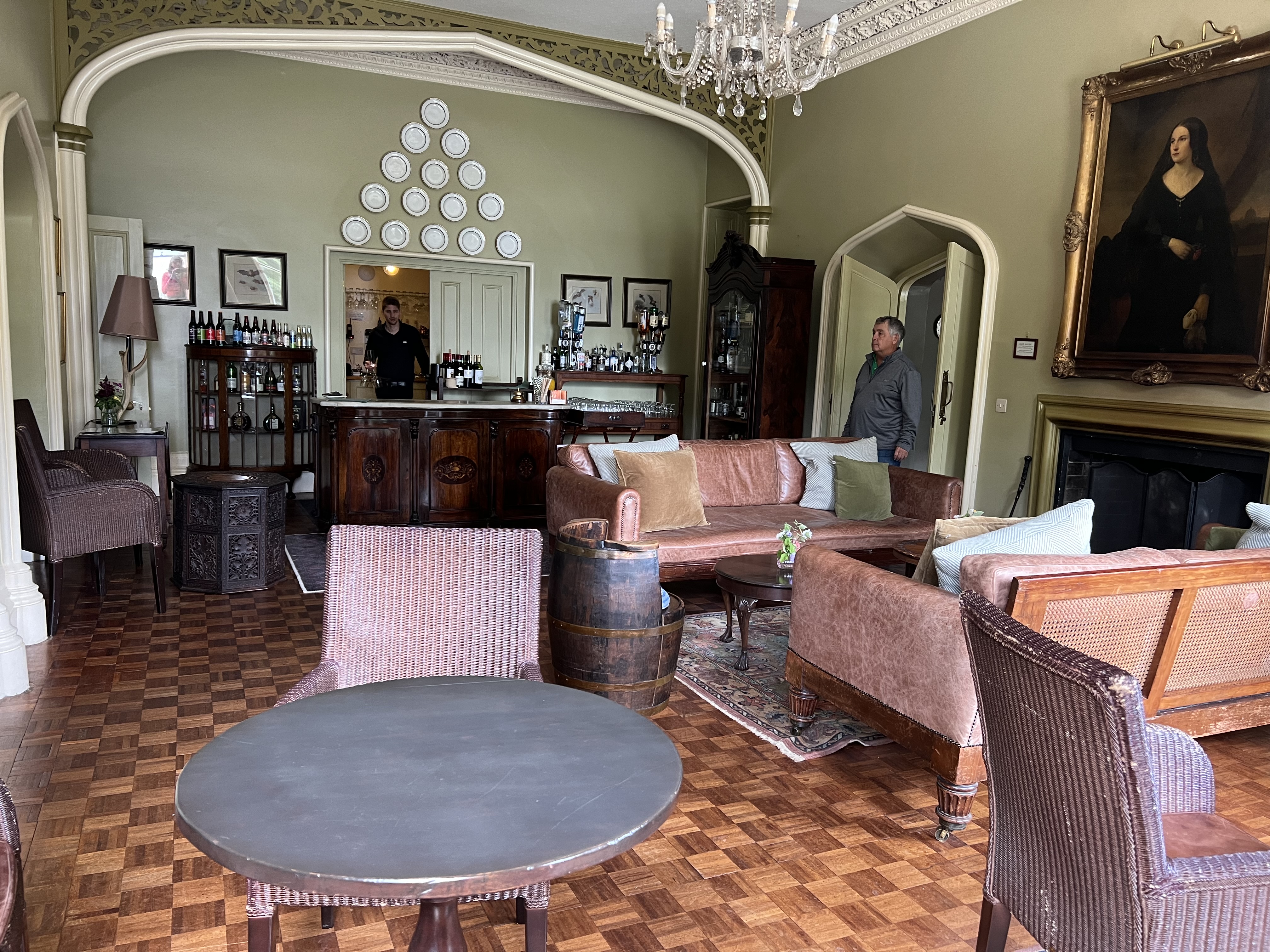
After checking in, we explored the beautiful grounds. Although it was a little too blustery to walk on the beach, the forest was magical.

I didn’t see any fairies, but I am pretty sure we were in a fairy forest.
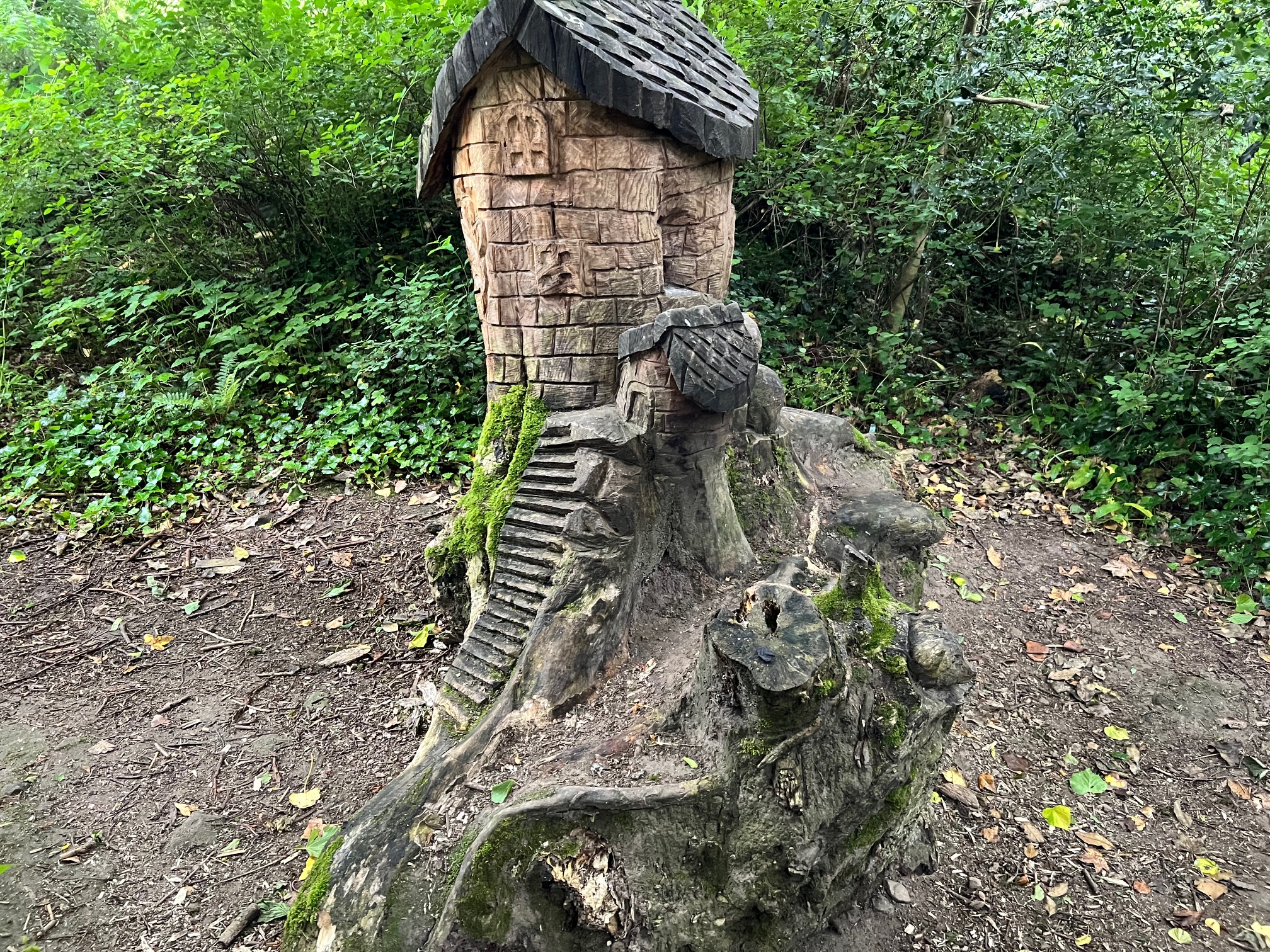
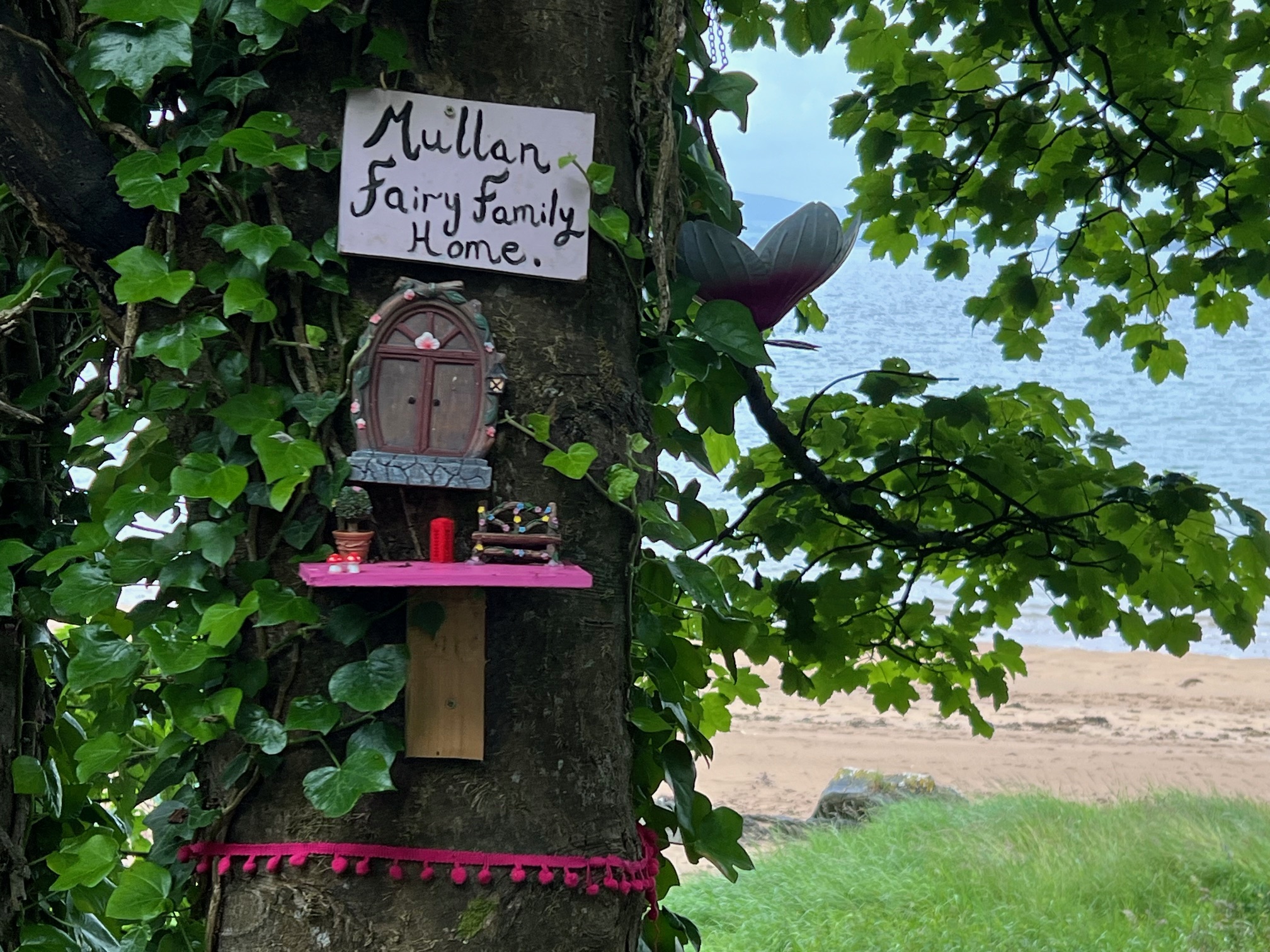
Rathmullen House grows most of the produce they use in a lovely walled garden behind the hotel.
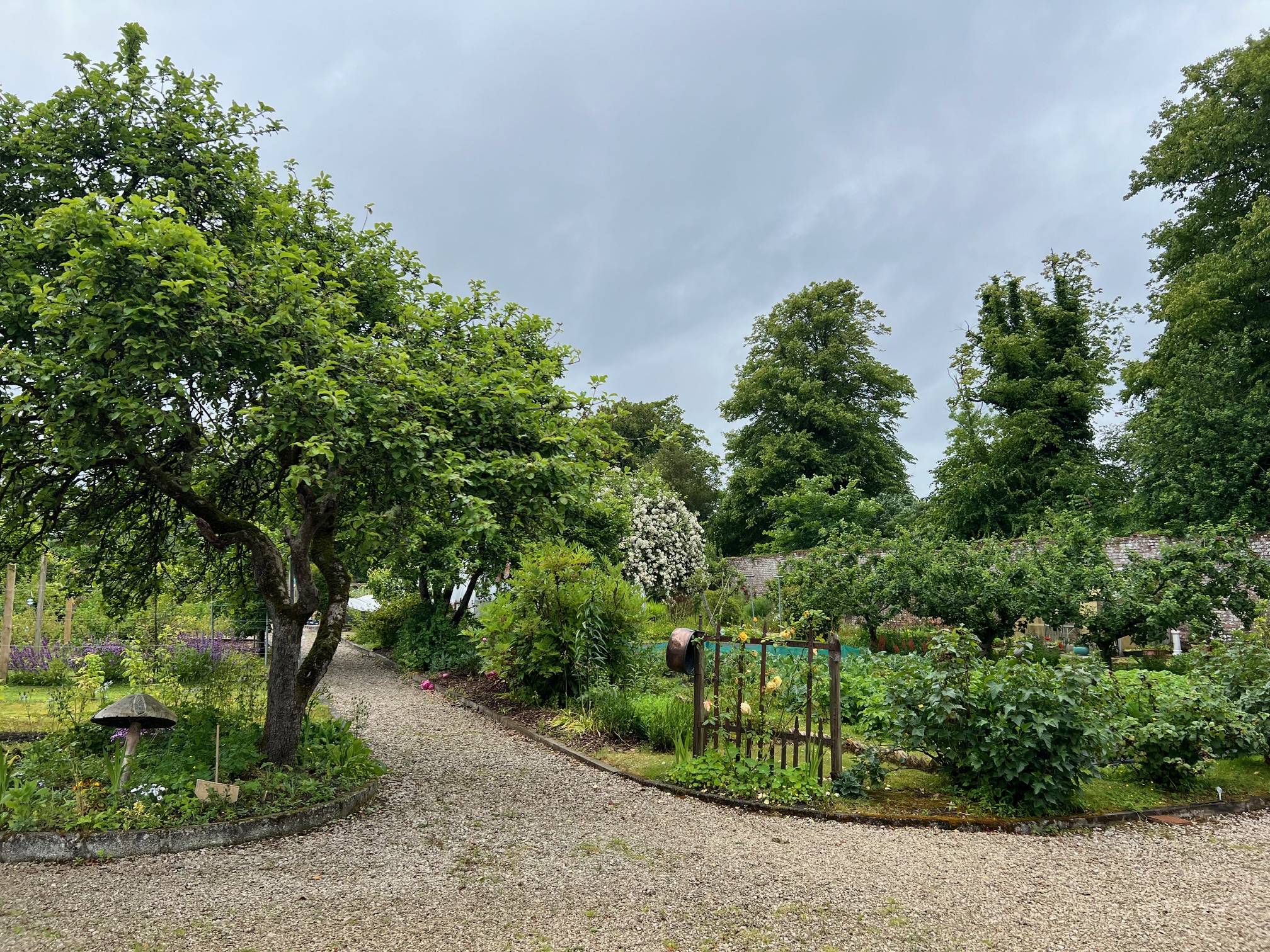
I enjoyed their garden-grown produce at almost every meal. Vegetable soup, a beautiful beet salad and grilled eggplant were some of my favorites.
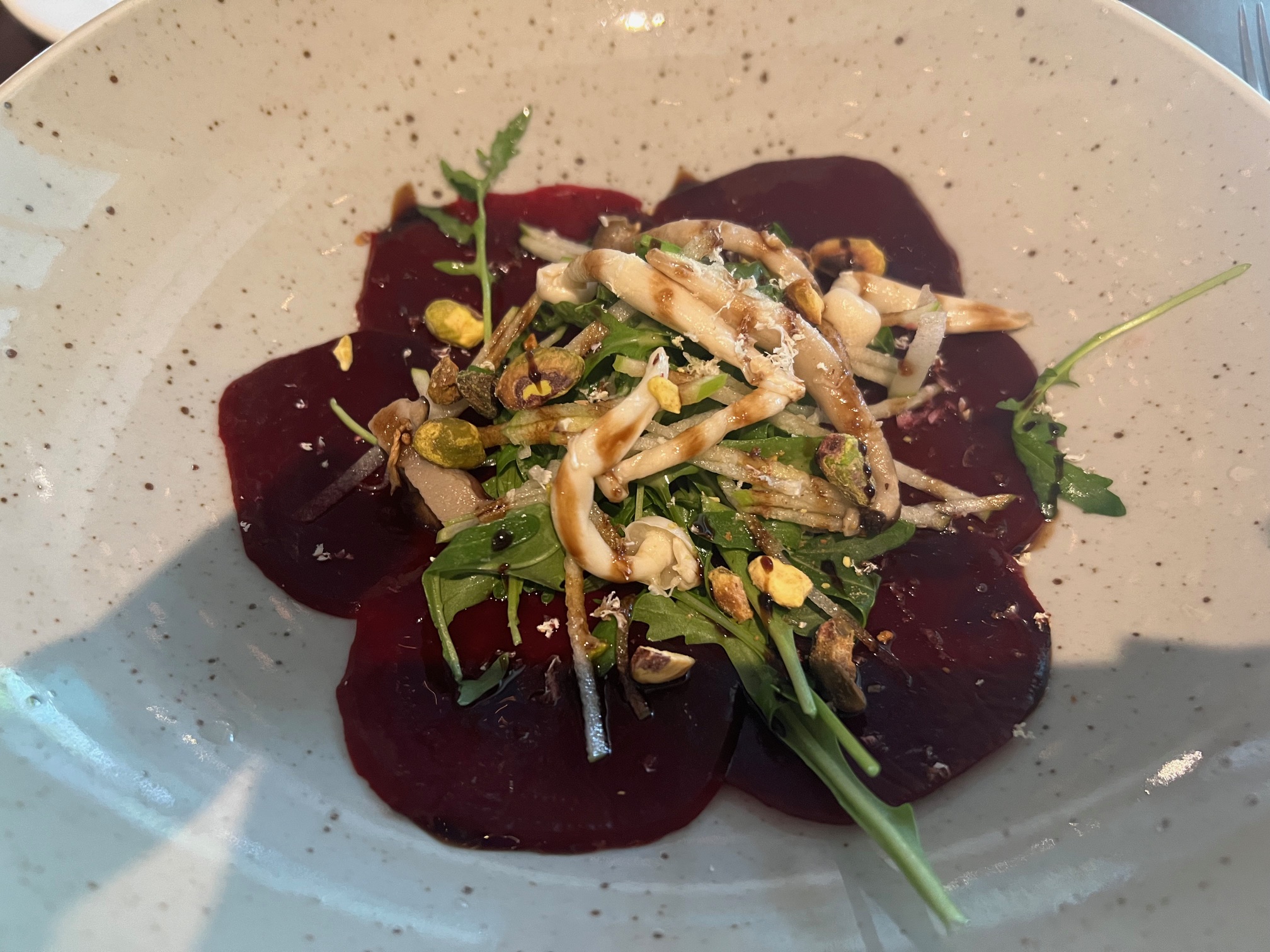
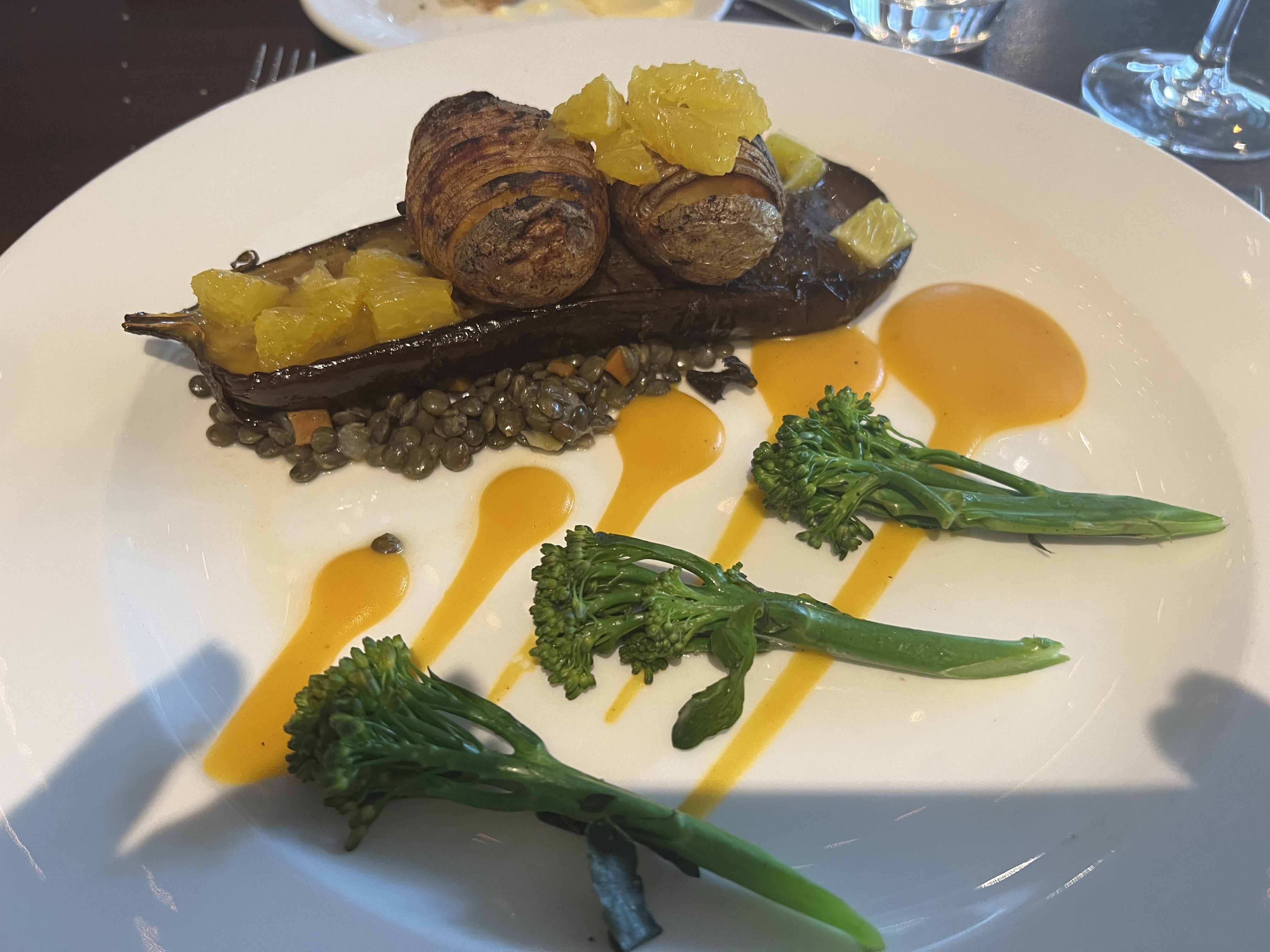
Donegal International Rally
On our second day in Rathmullen, we drove to Portsalon Golf Club, about forty minutes away. Driving along a quiet little country road, we suddenly ran into a massive traffic jam. Because we had lots of time to get to the course for out tee time, we weren’t too worried. However, when cars parking in one lane of traffic turned half the road into a car park, we started to worry a little more. When people started randomly parking anywhere there was open space, we got really worried about missing our tee time.

After finally making our way through the maze of cars to the end of the road, we learned the road was closed. Dodging pedestrians, bikers and other cars, Paul turned around and we slowly returned to our starting point to find an alternate route.
We had no idea why there were suddenly so many people on the little country road. A bit later, another stuck-on-the-road motorist told us the Donegal International Rally was causing all the congestion.
Recognized as one of the best domestic rallies anywhere in the world, it is quite popular. The three-day event consists of 275km over 20 stages on country lanes and roads in the northwest of Ireland. 70,000 people were expected to watch the rally along the different stages, and I think we saw half of them on our route.
After trying multiple routes only to encounter more closed roads, we finally made it to the golf course.
Golfing Portsalon
Although we were an hour late for our tee time, the kind starter got us on the course. I am so grateful for his flexibility, because Portsalon was stunning, probably the most beautiful course we have played so far.

Beautiful, lush grasses surrounded Paul’s tee box.

After golf, we wondered if the rally traffic would delay our trip back to the hotel. Two golf club members told us the fastest way back would be the scenic route over the mountain. With hesitation and a reminder to me of his acrophobia, my dear husband agreed to take the scenic route. I loved the views and know I enjoyed the ride back way more than Paul did.

Ferry Across Lough Swilly
Learning from yesterday’s surprising traffic challenges, we consulted with a few people in our hotel about the best way to get to Greencastle, our next destination. Everyone recommended taking the ferry across the lough rather than driving around it.
We listened to the locals and took the ferry.
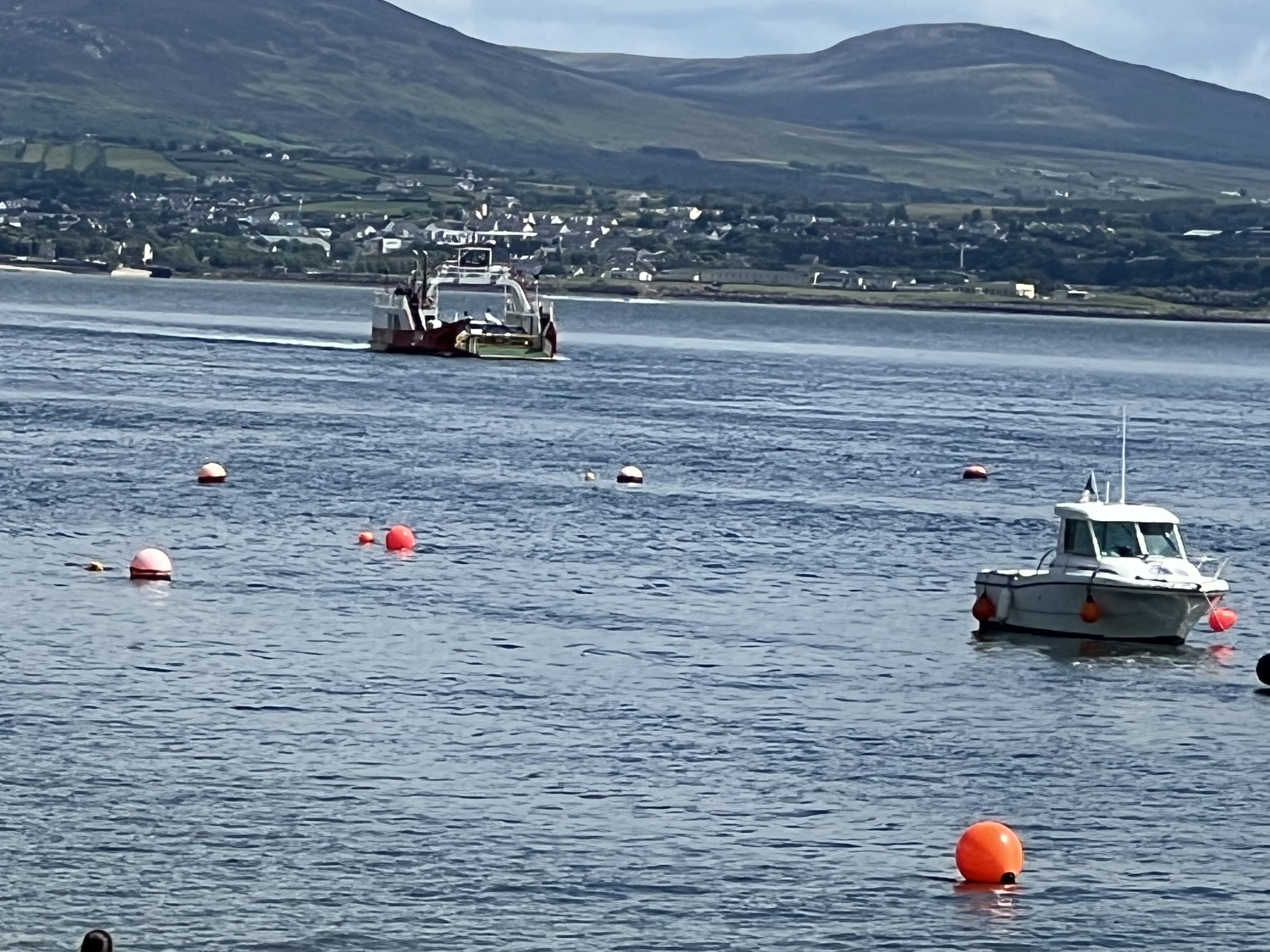
Knowing the ferry might be busier than usual, we wanted to make sure we got to the pier early enough to get a spot. We might have been a little over-cautious because we were the only car in the ferry queue for about thirty minutes.
Waiting for the ferry turned out to be a fun part of our day. We enjoyed watching all the activity on the beach and talking with other people in the queue.
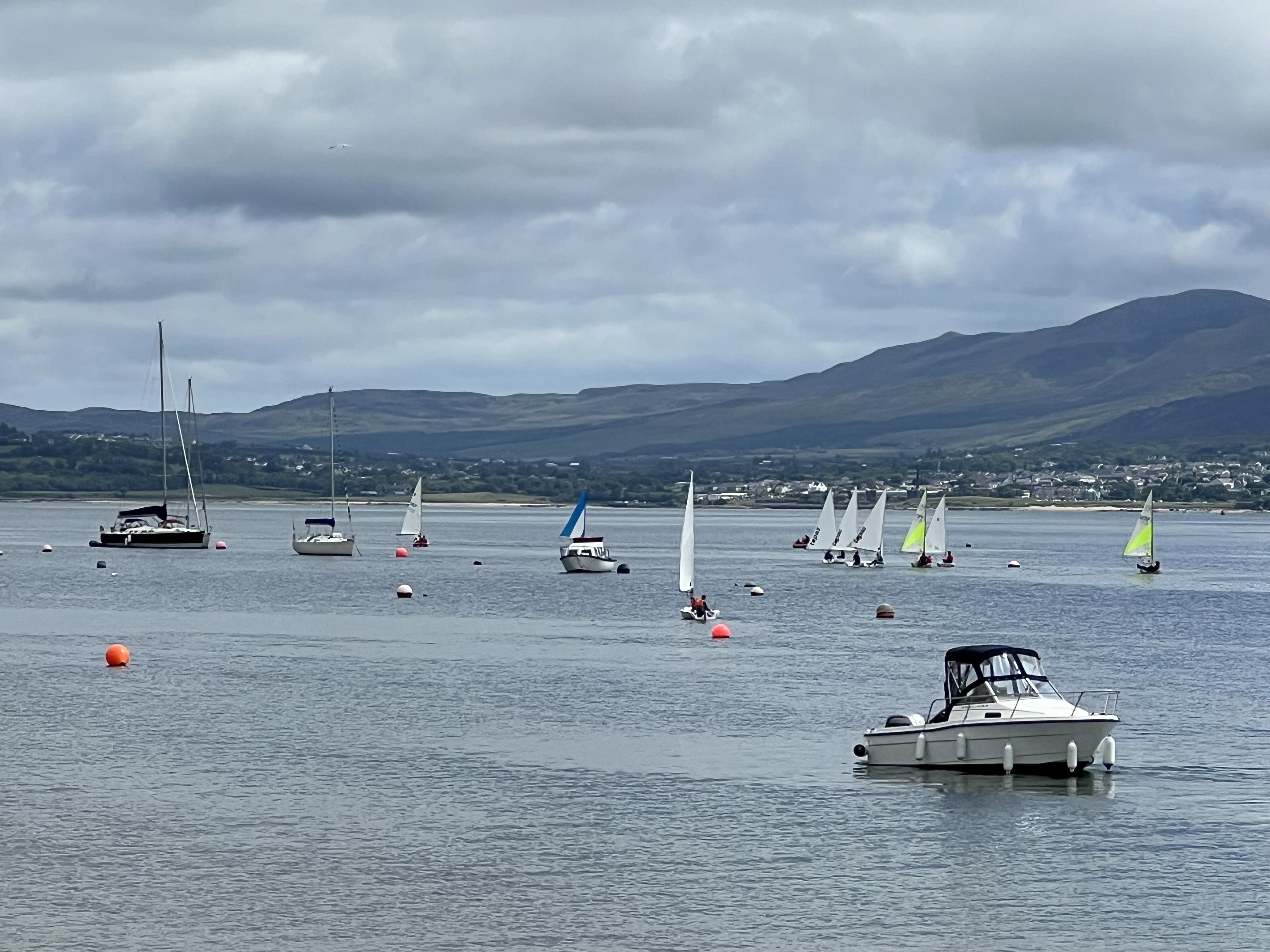
I especially loved talking with Harry and Kit , two brothers who were biking 1,000 km from the southern border to the northern border of Ireland. They had raised almost 2,000 pounds for Samaritan, a suicide-prevention call center. On day seven of their eight-day journey, they still looked energetic and happy.
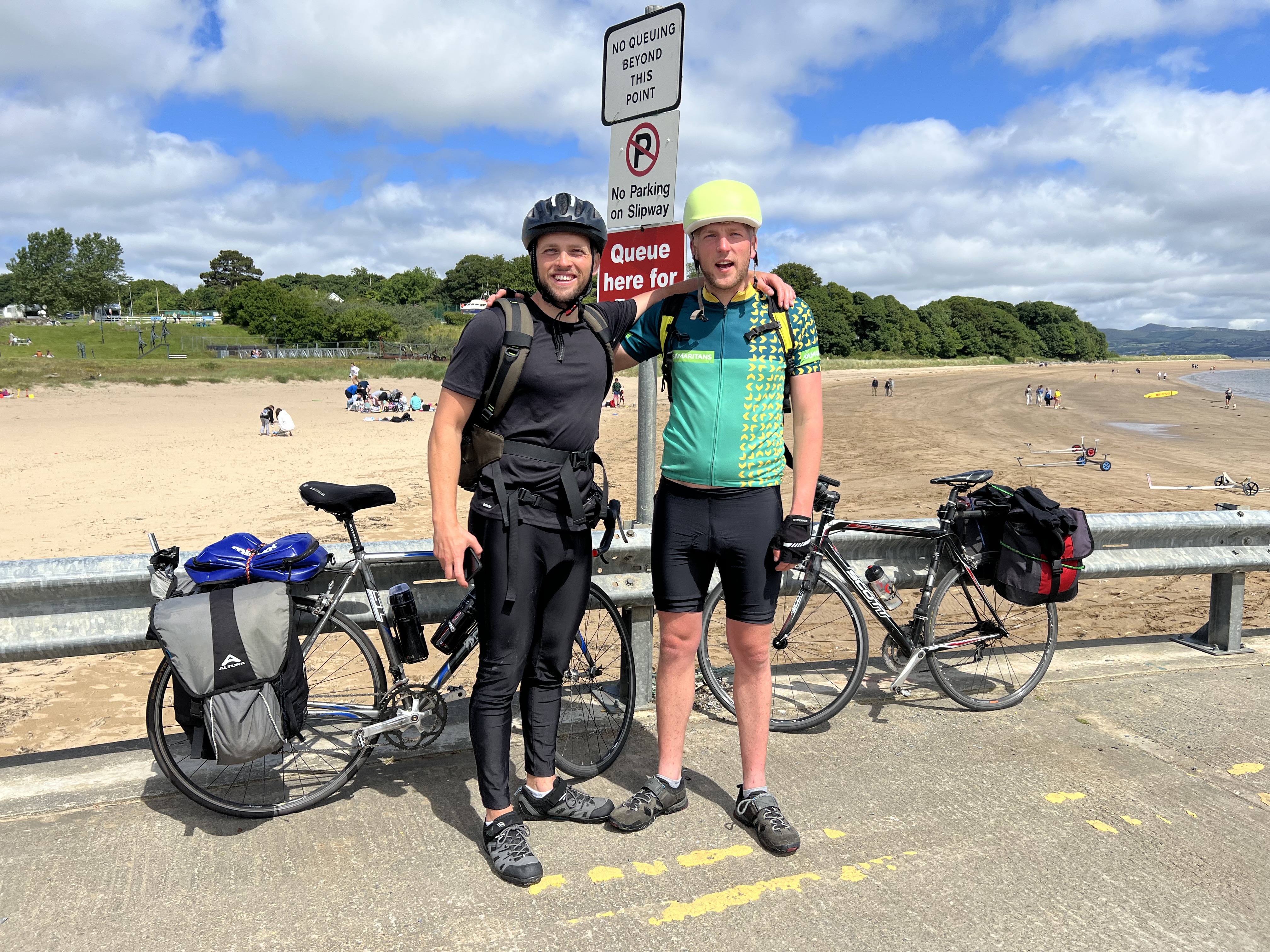
We enjoyed the calm, soothing ferry ride across Lough Swilly and were almost disappointed when it ended.

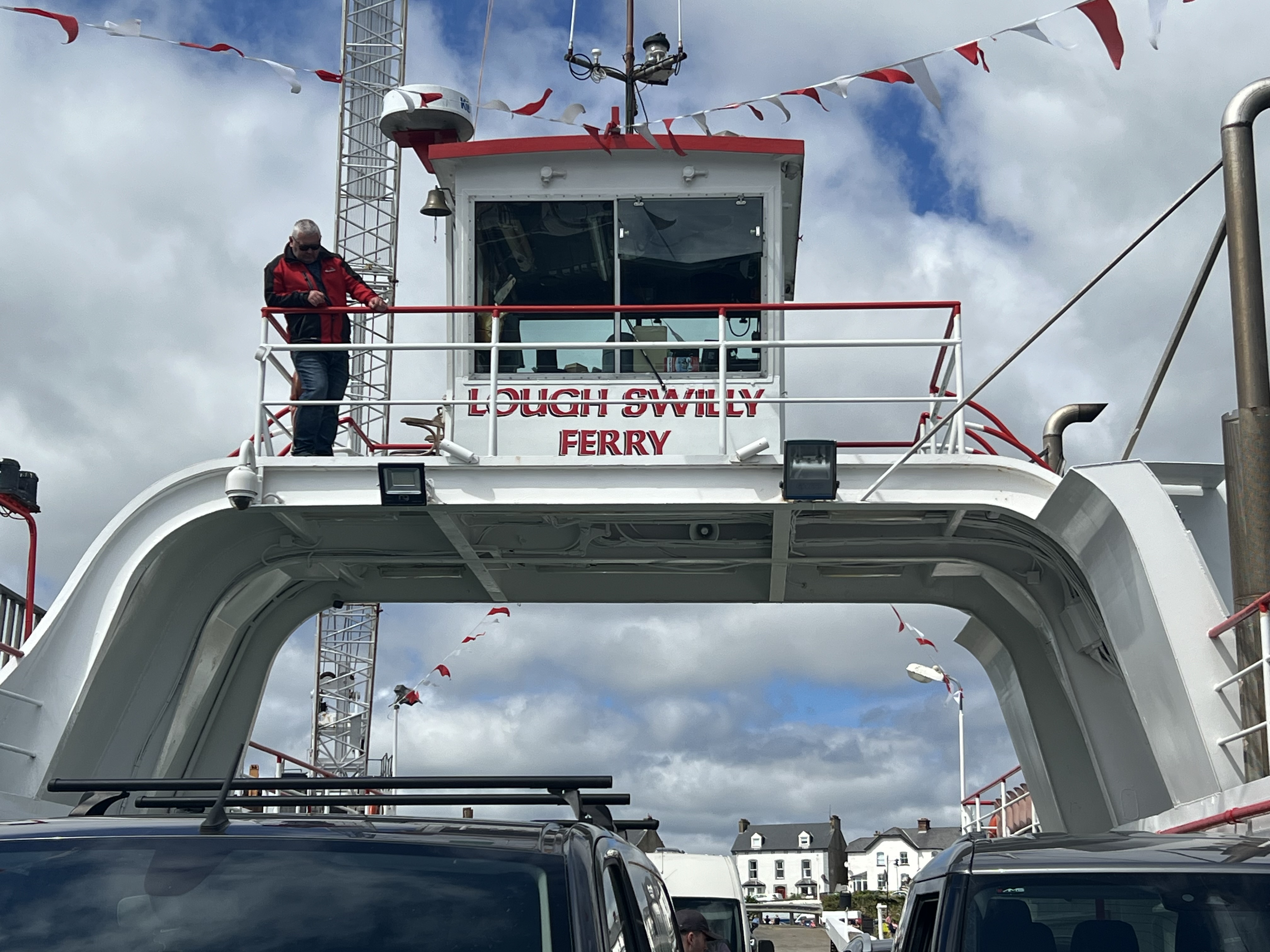
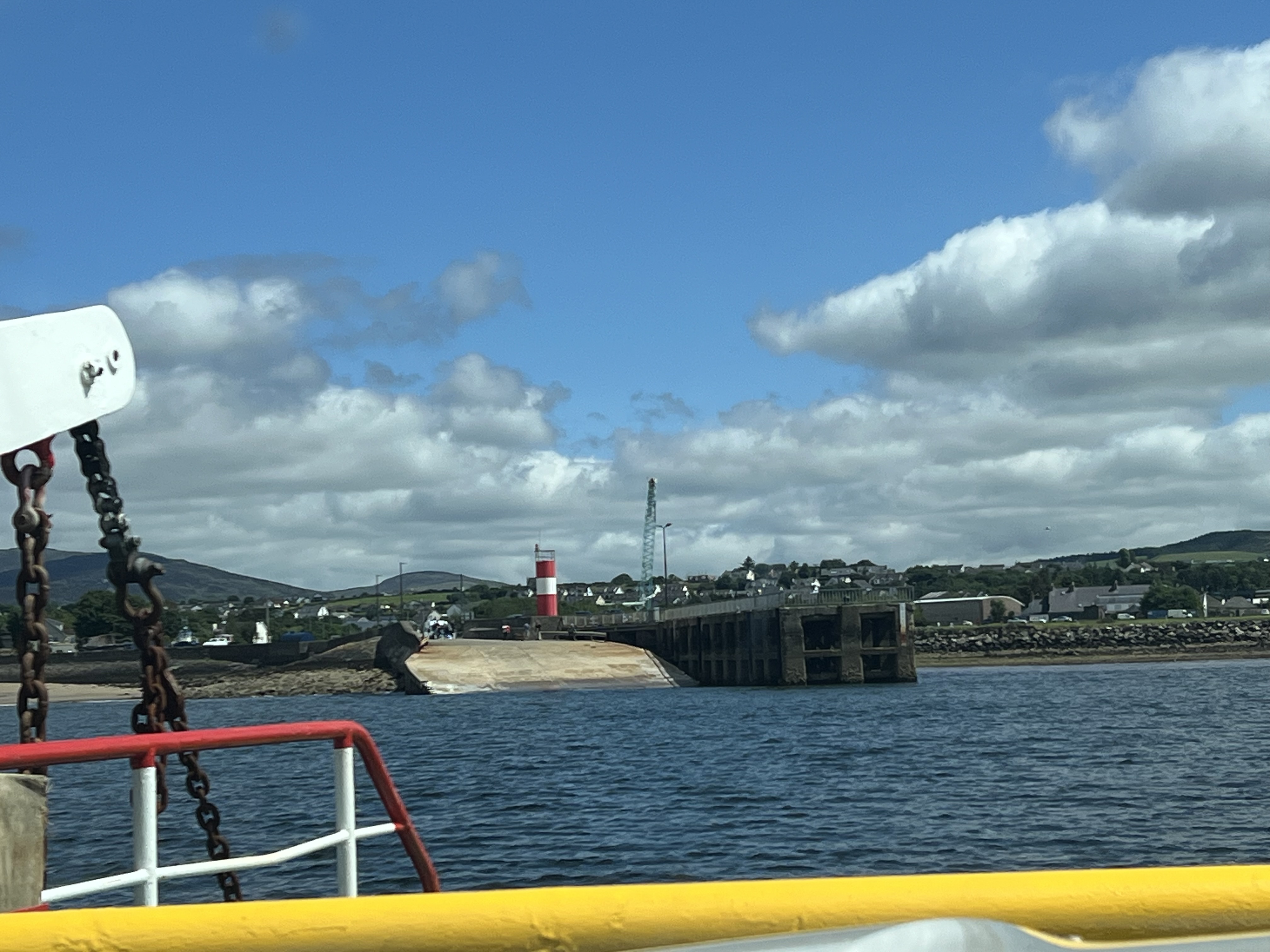
The ferry docked at Buncrana. We drove off the boat and across the Inishowen Penninsula to Greencastle.

